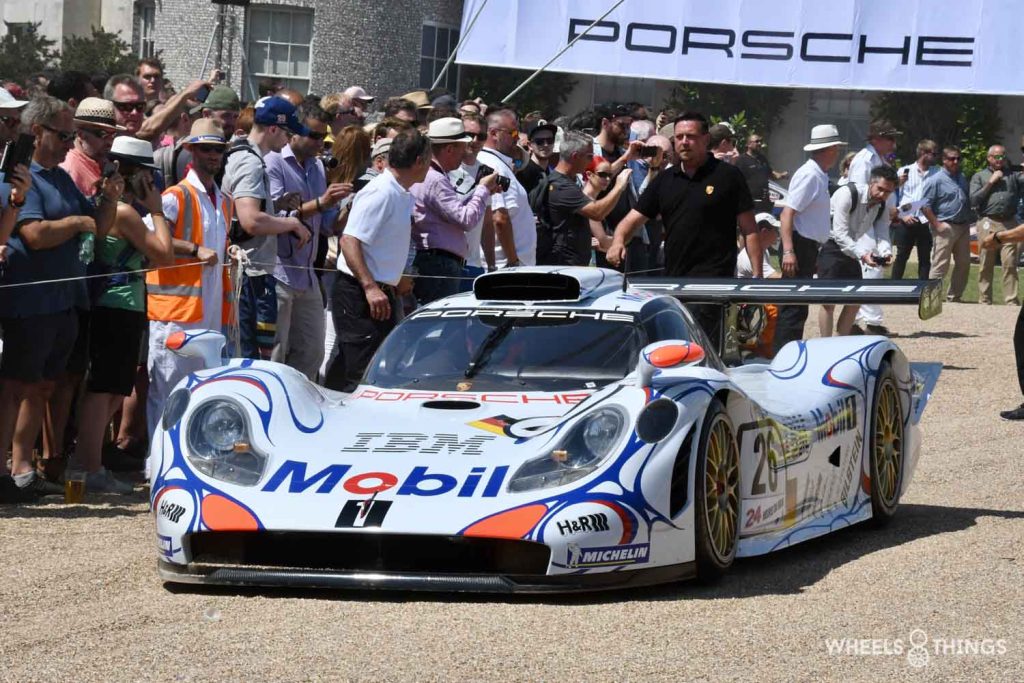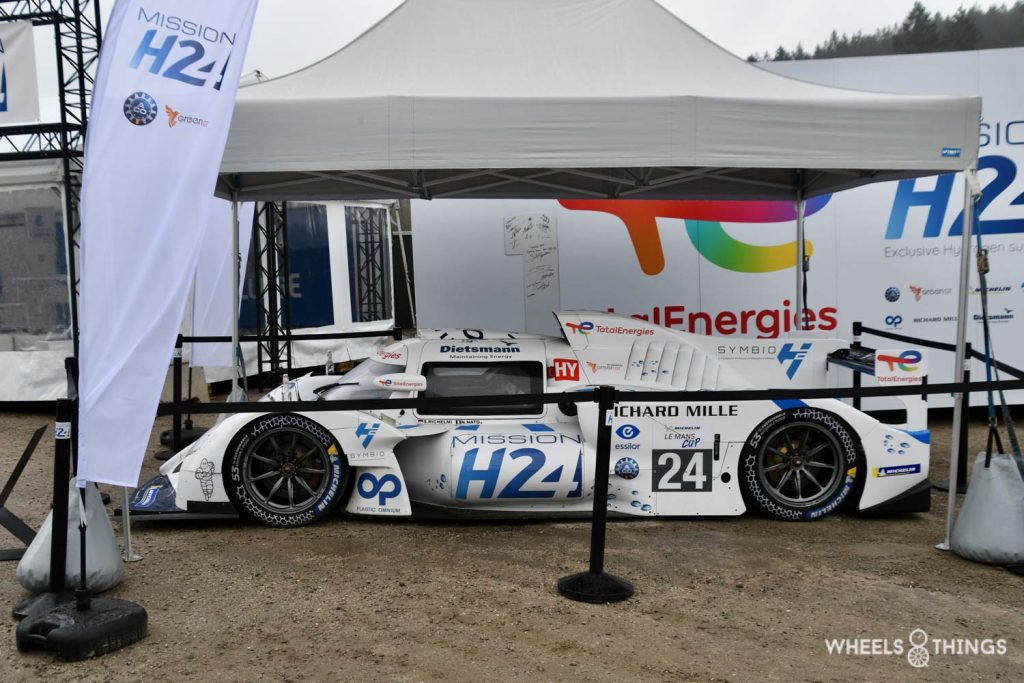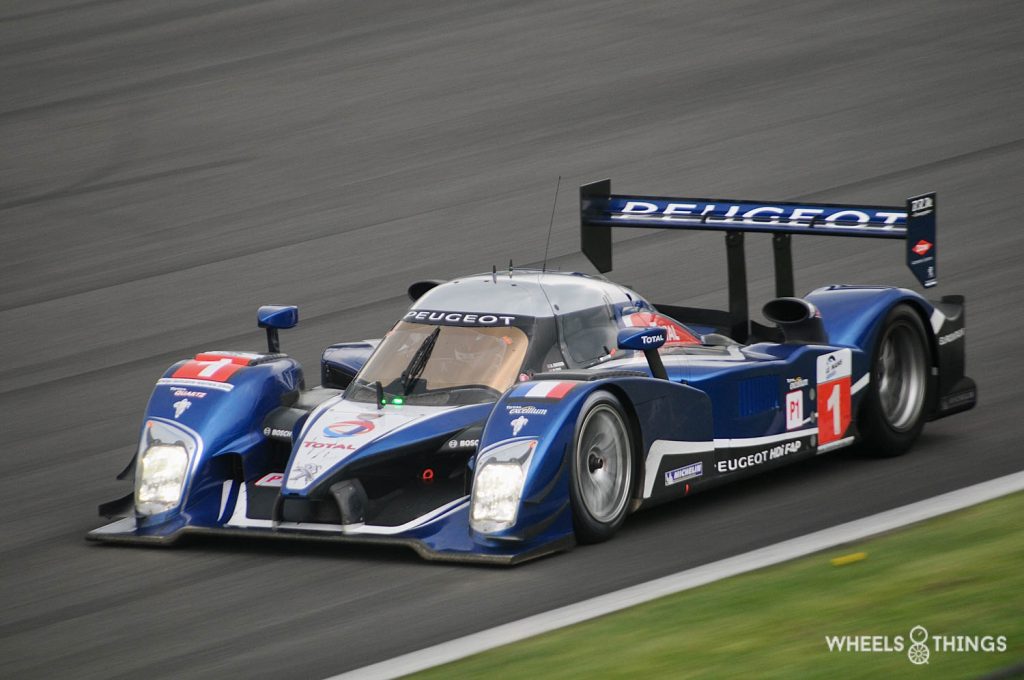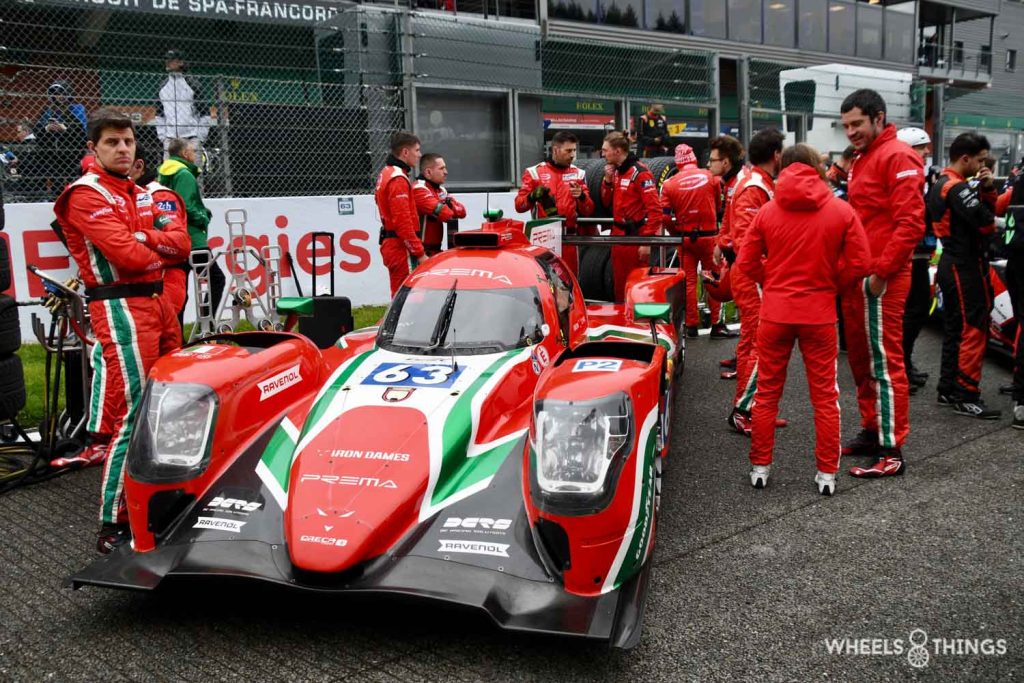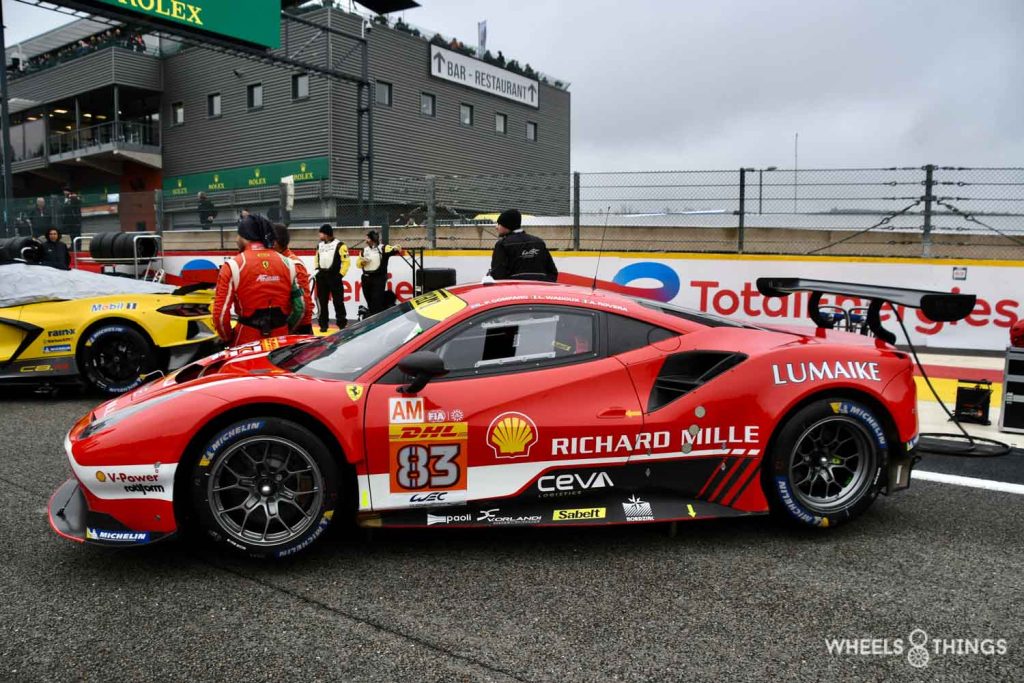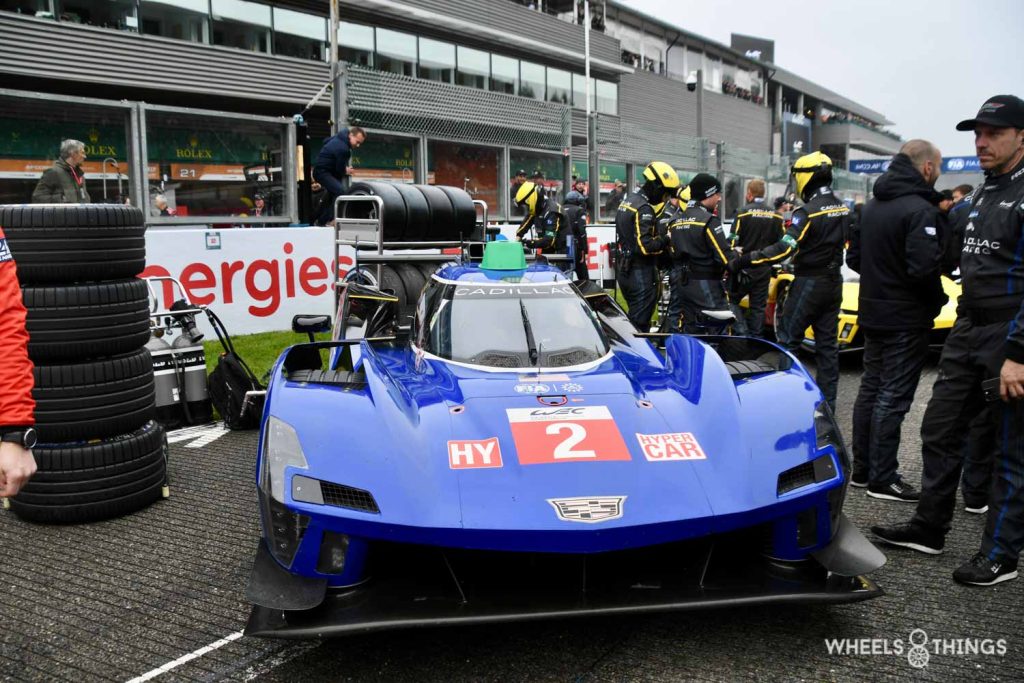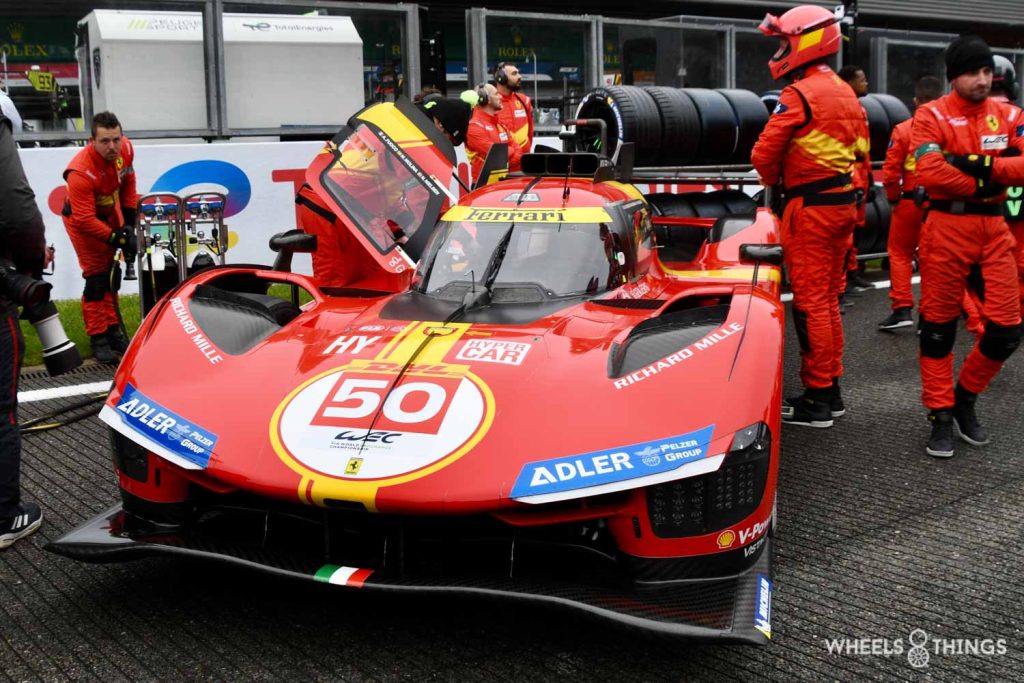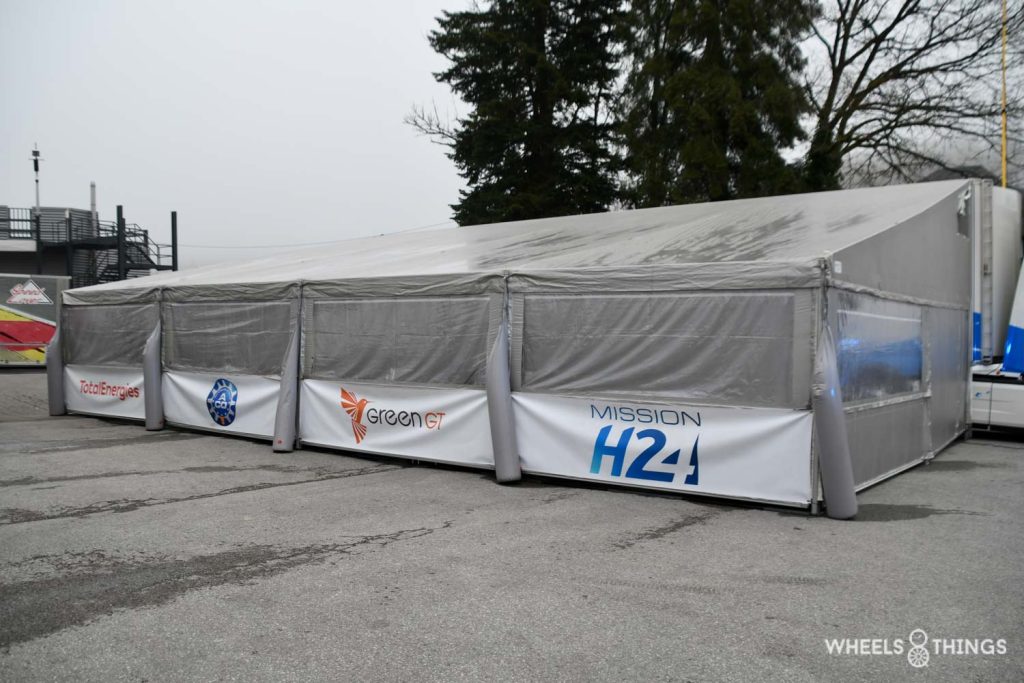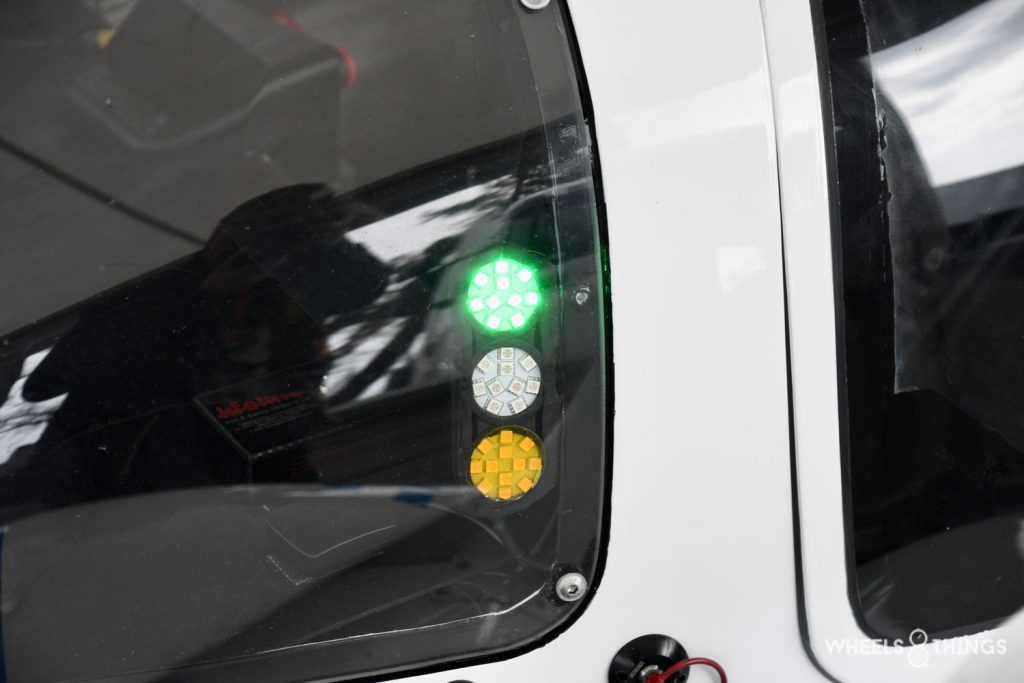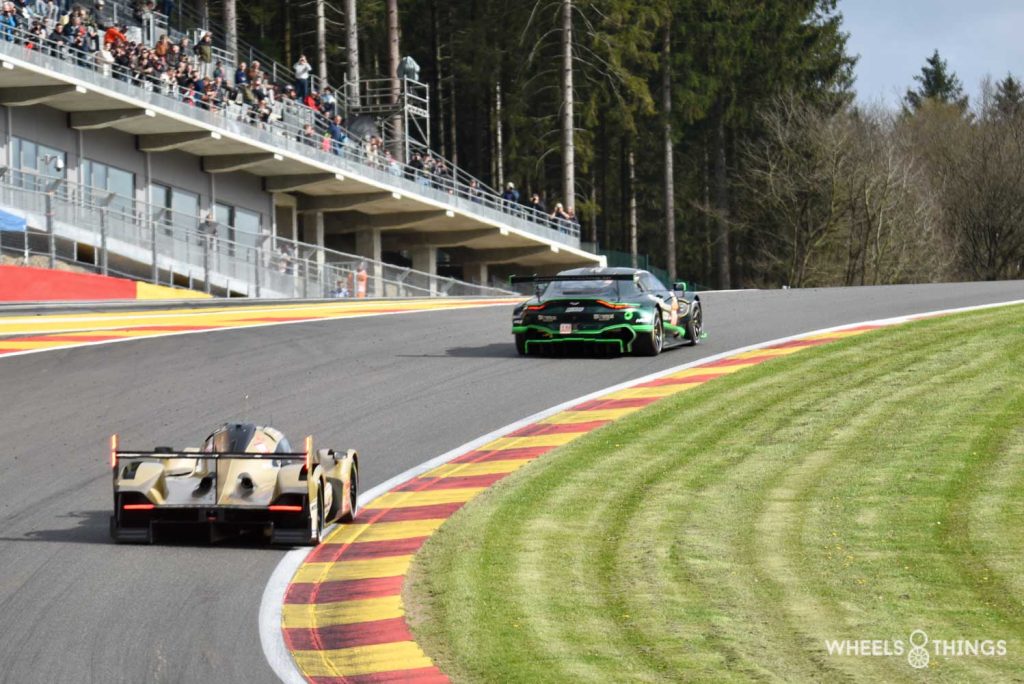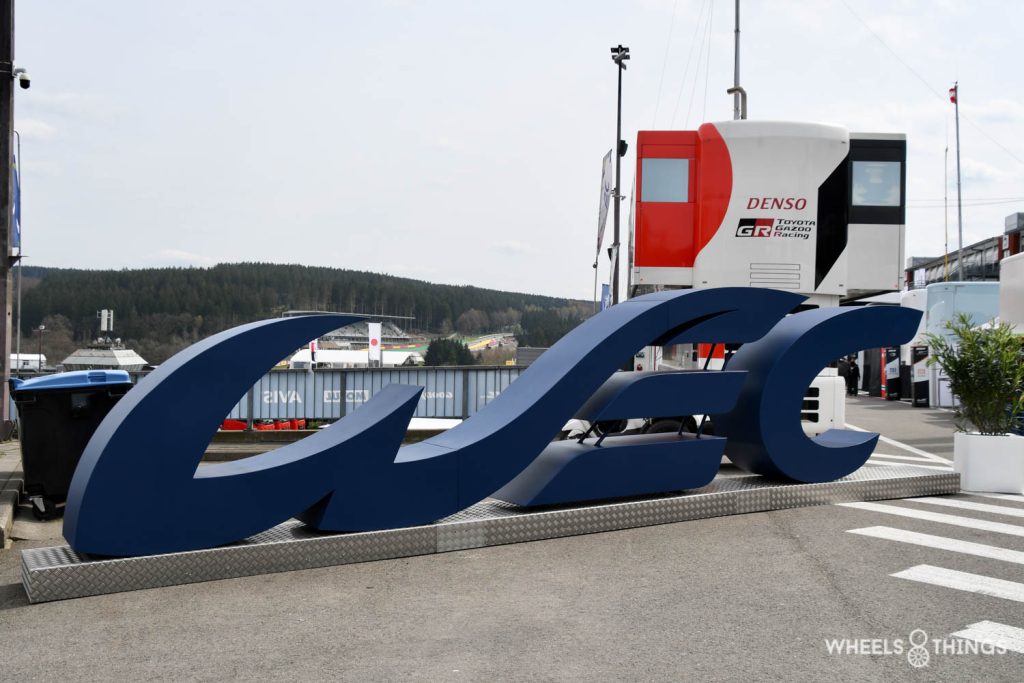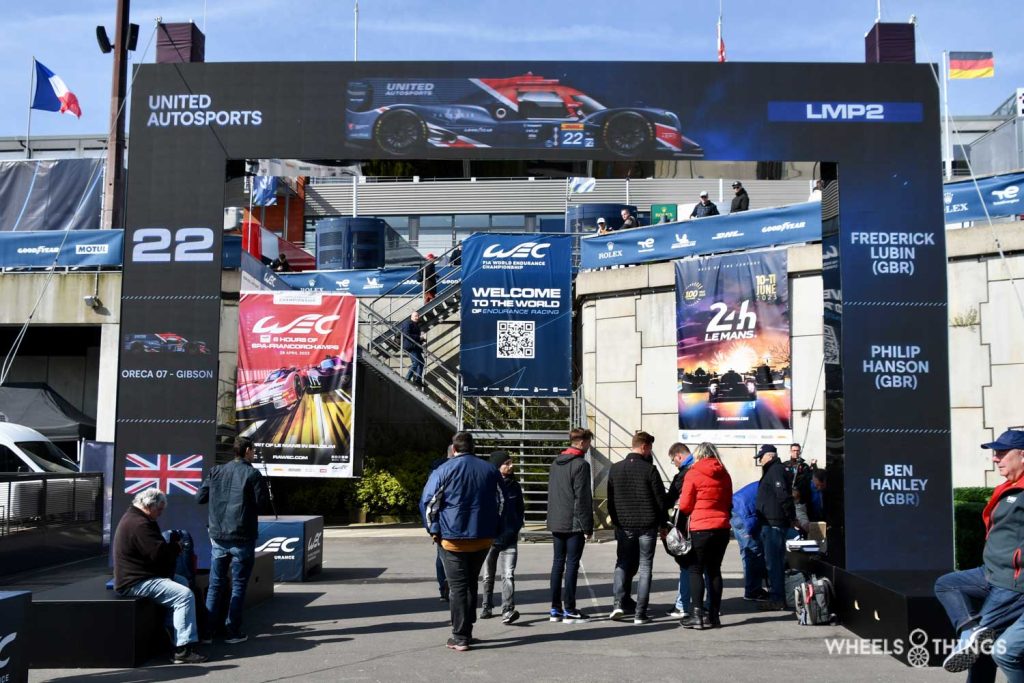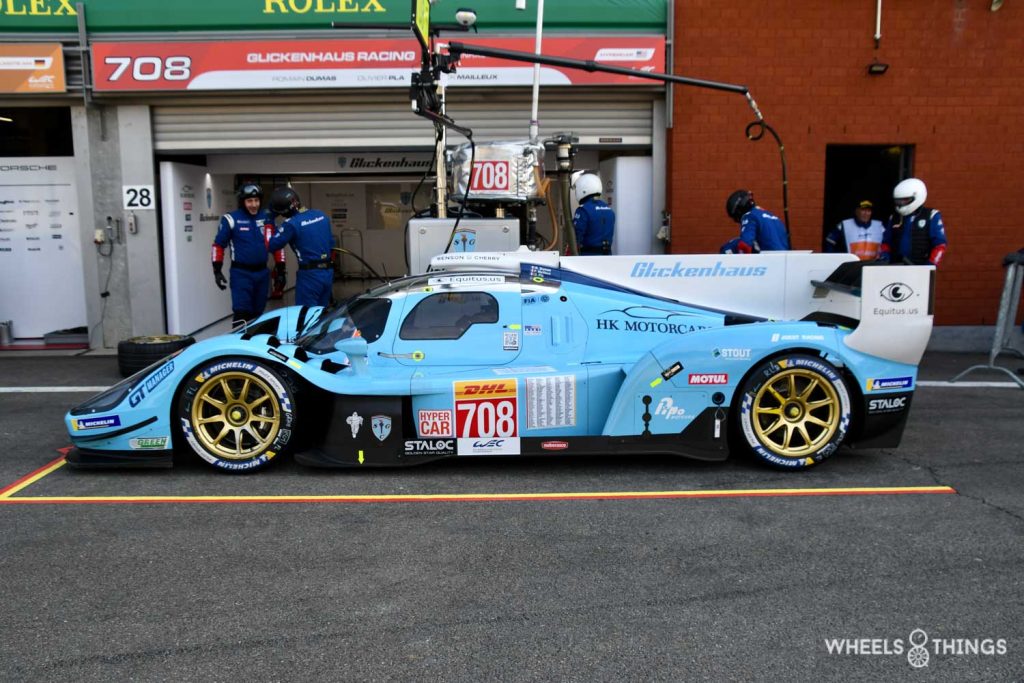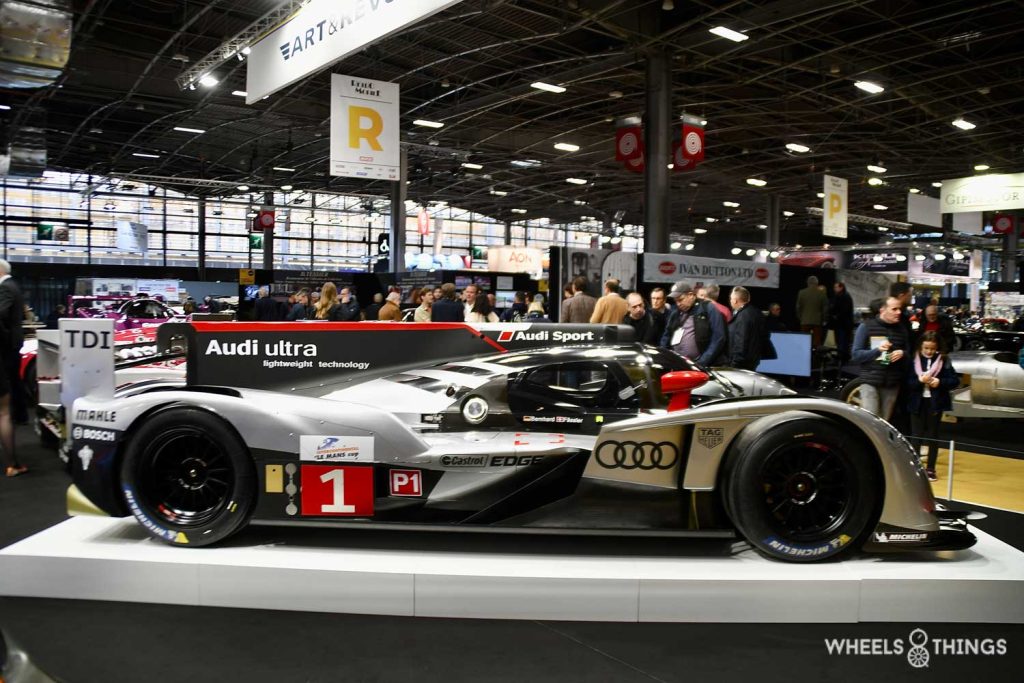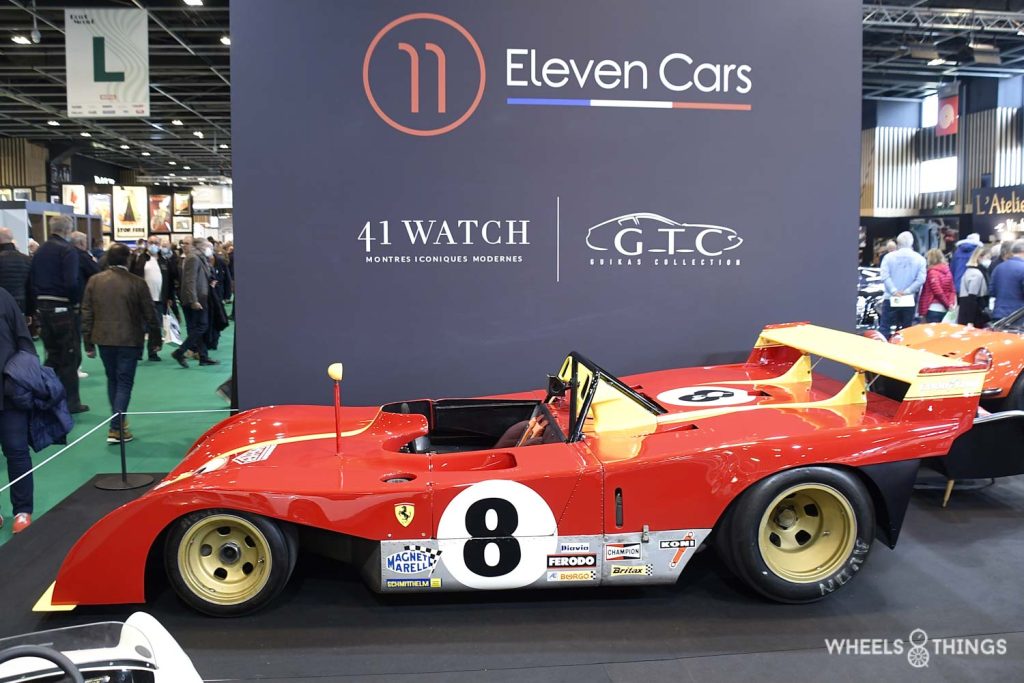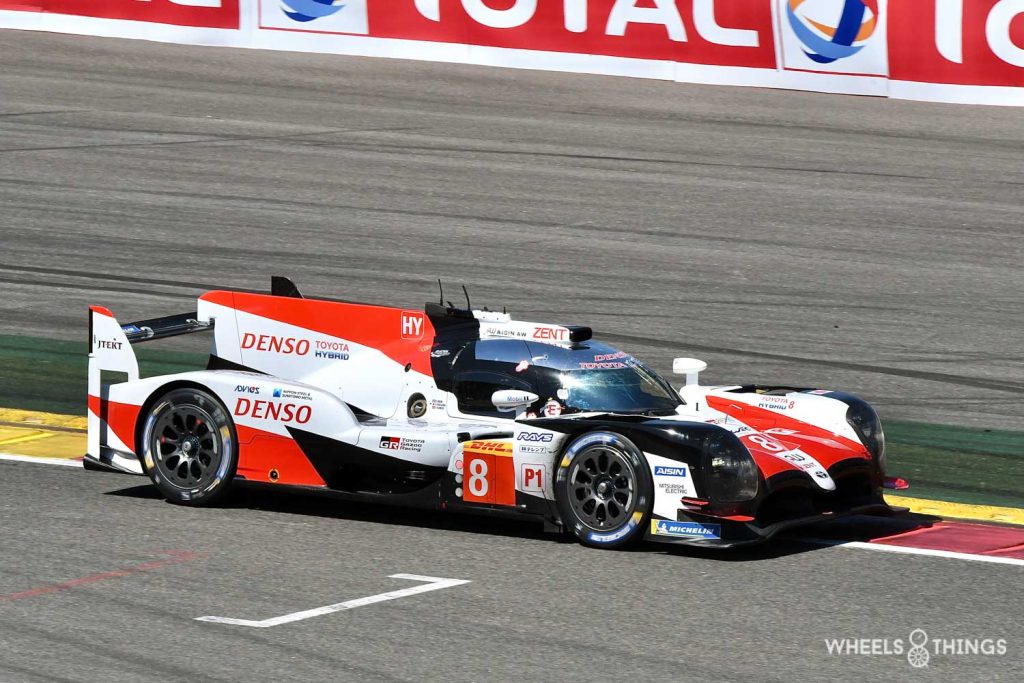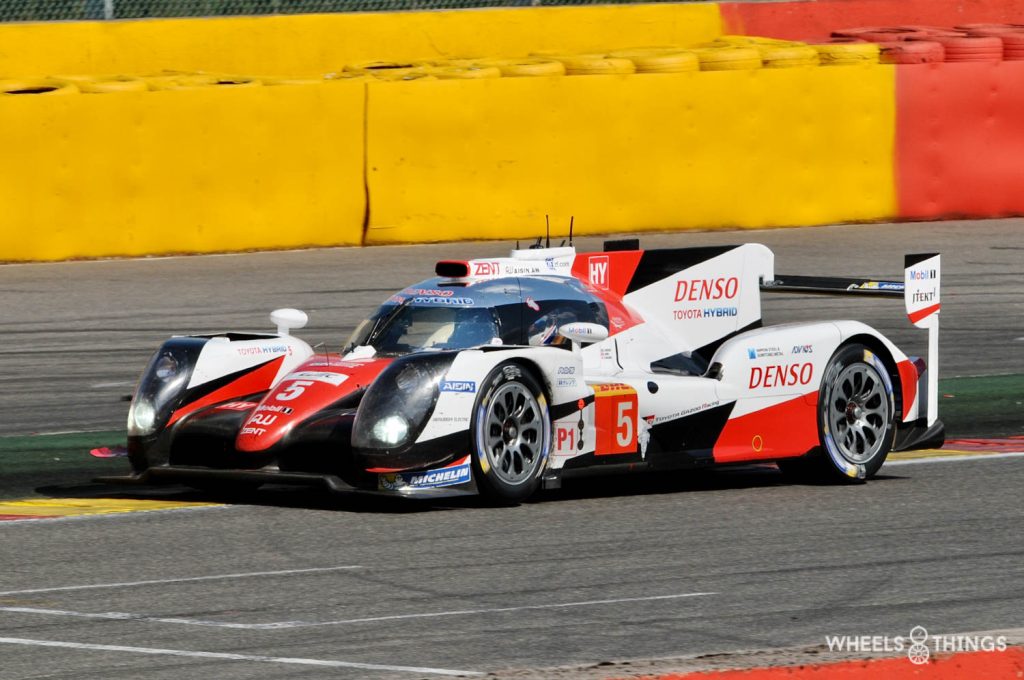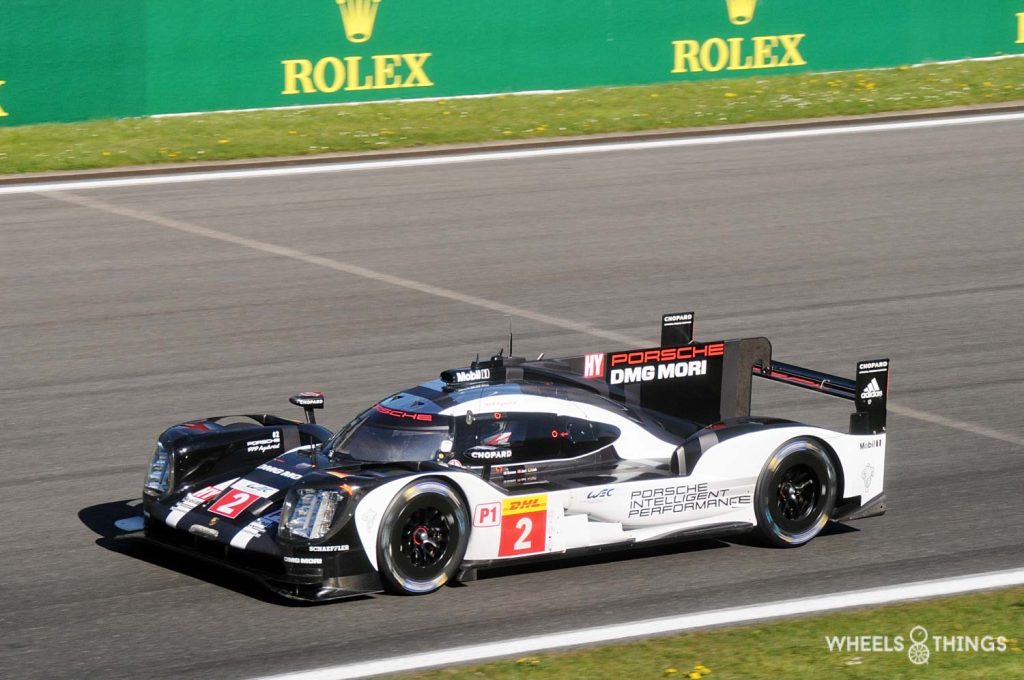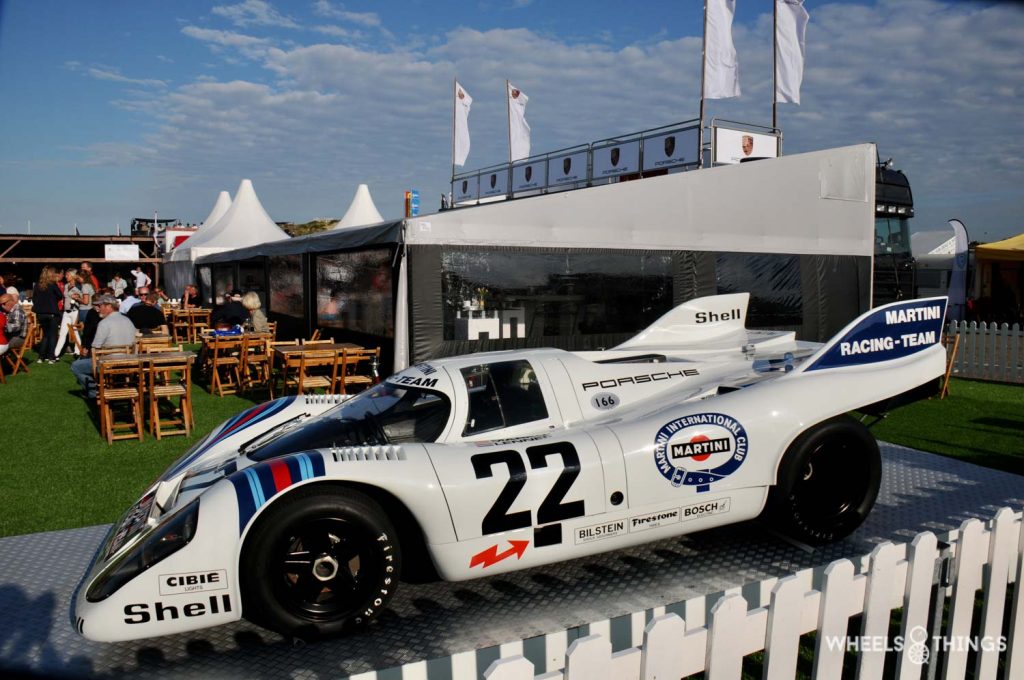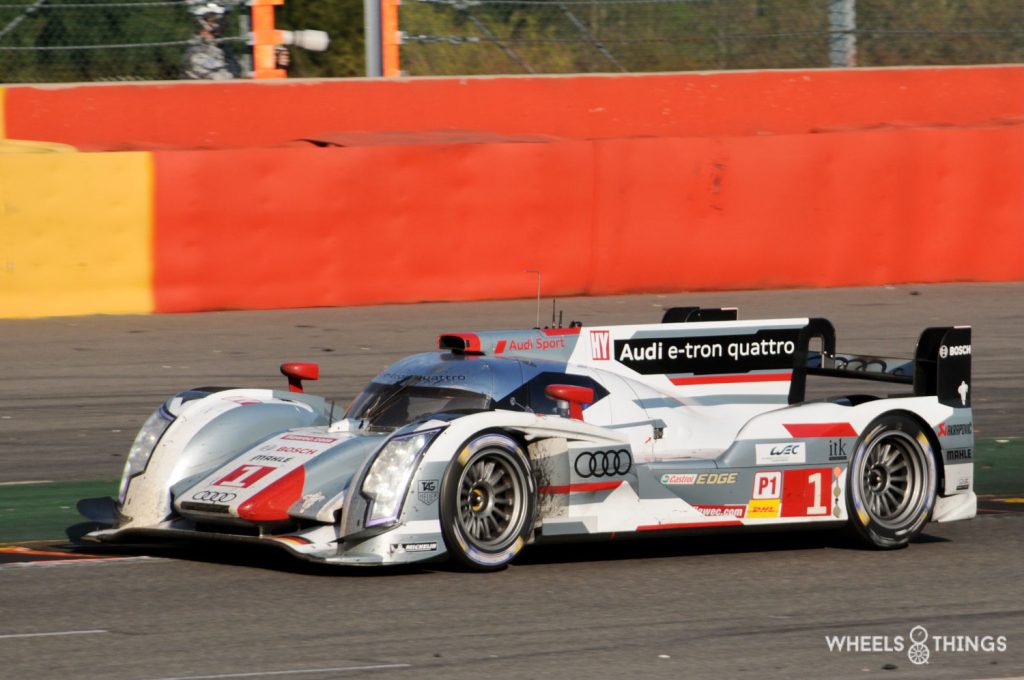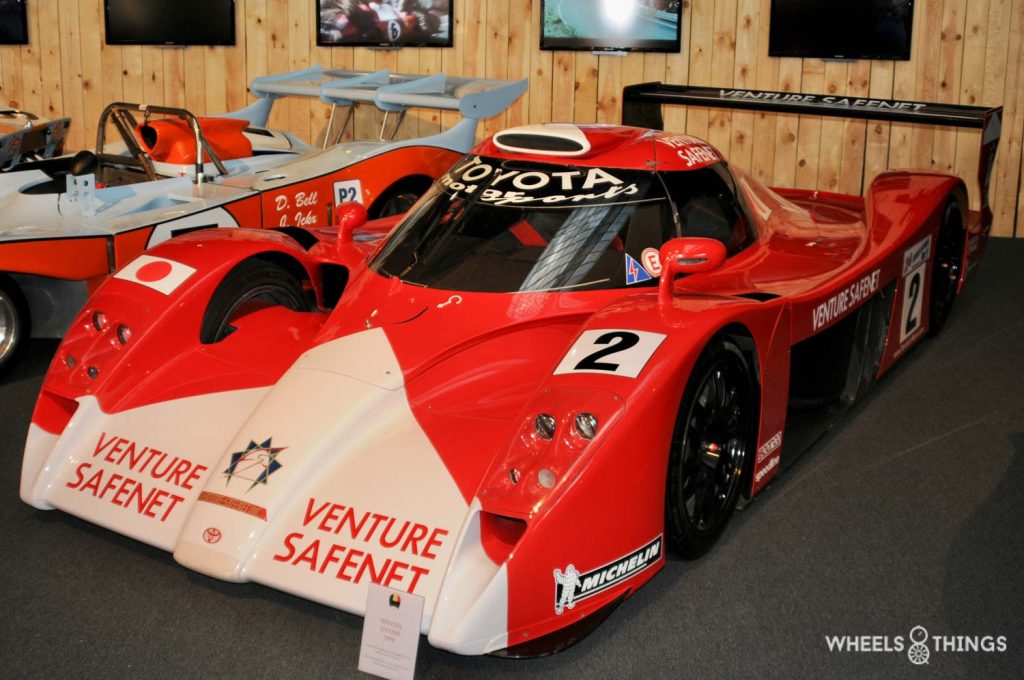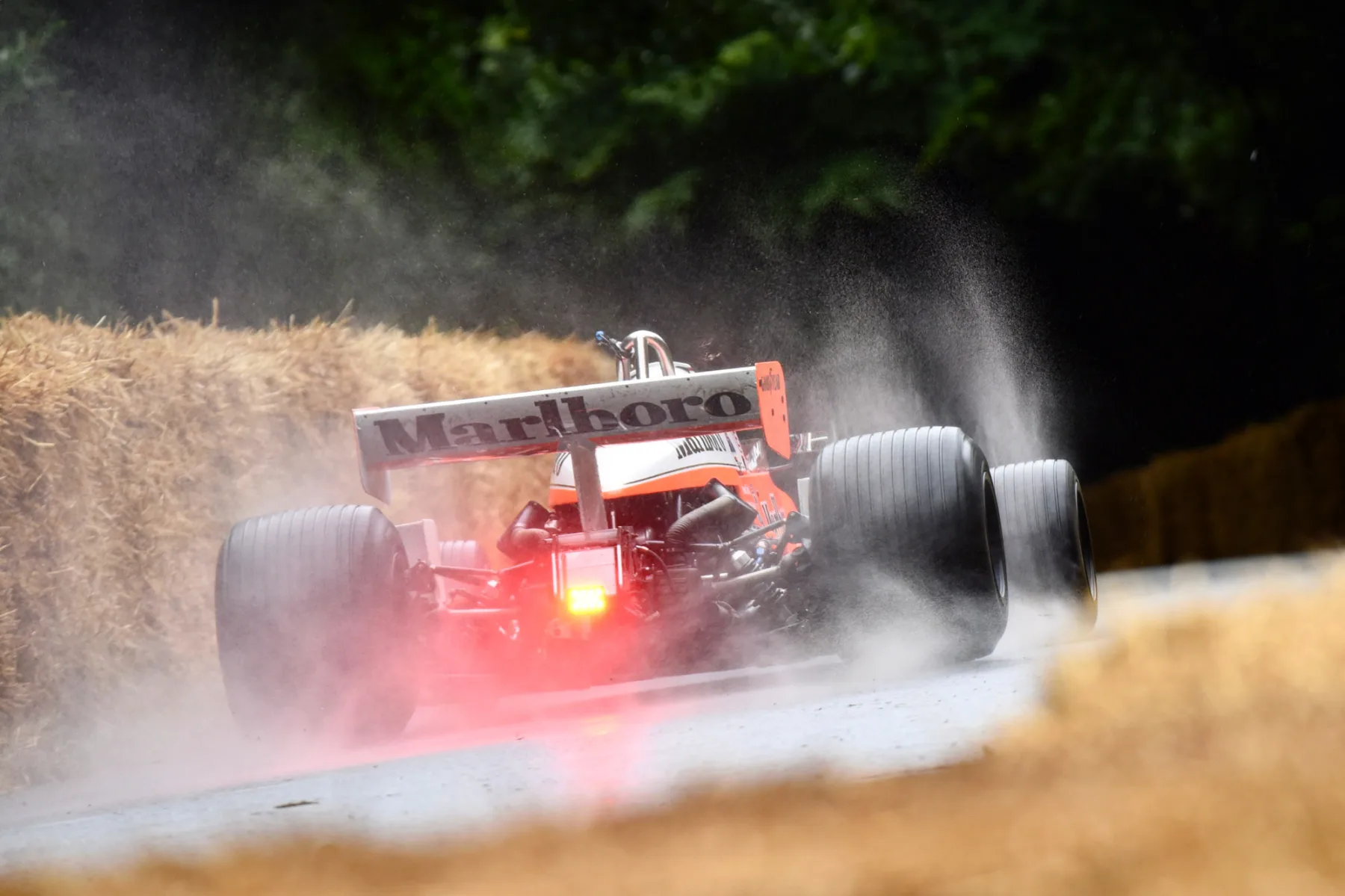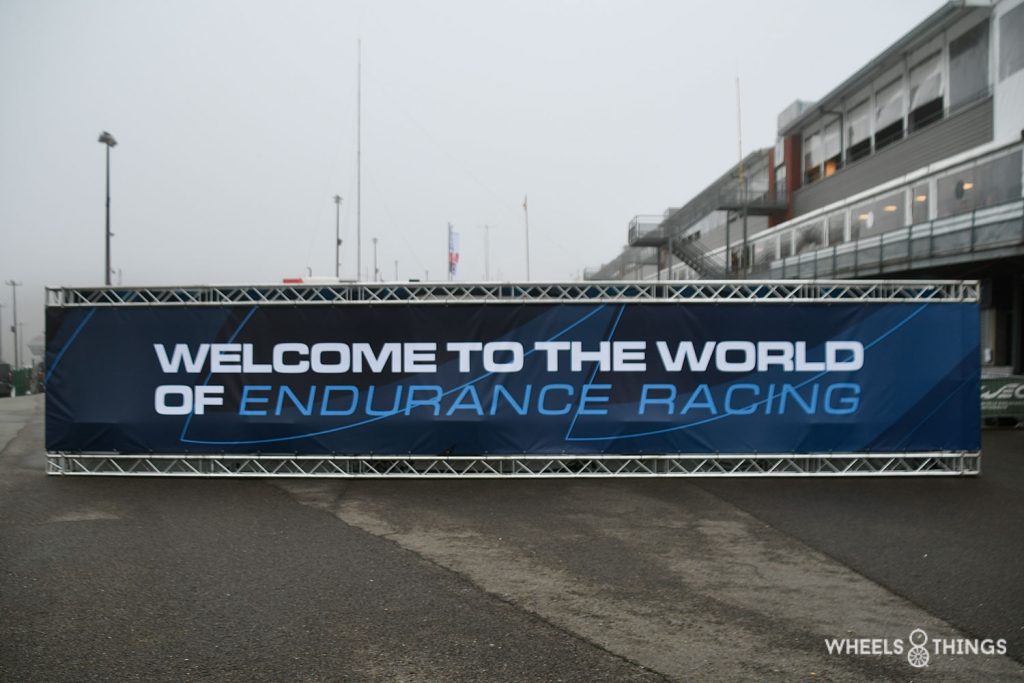
You are not used to us reading anything with coverage of car races with contemporary racing cars. We are obviously more fans of their historical forebears but there is still one series for which we want to make an exception: the WEC World Championship, culminating this year in the “century edition” of the Le Mans 24 Hours for prototype and GT cars.
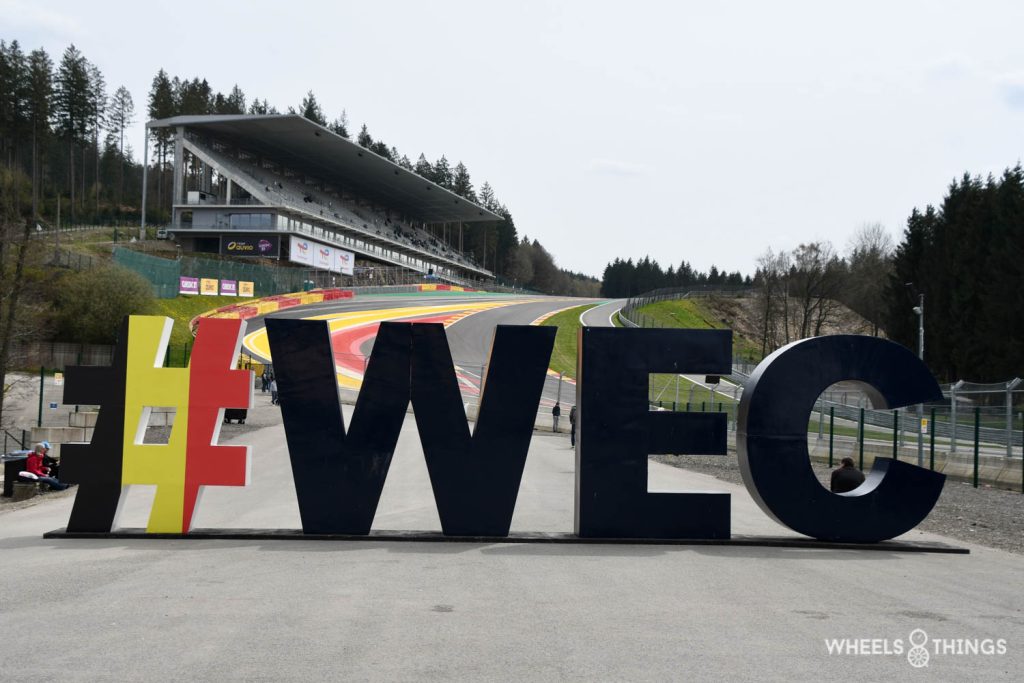
Indeed, 2023 will mark 100 years since the first Le Mans 24-hour race.
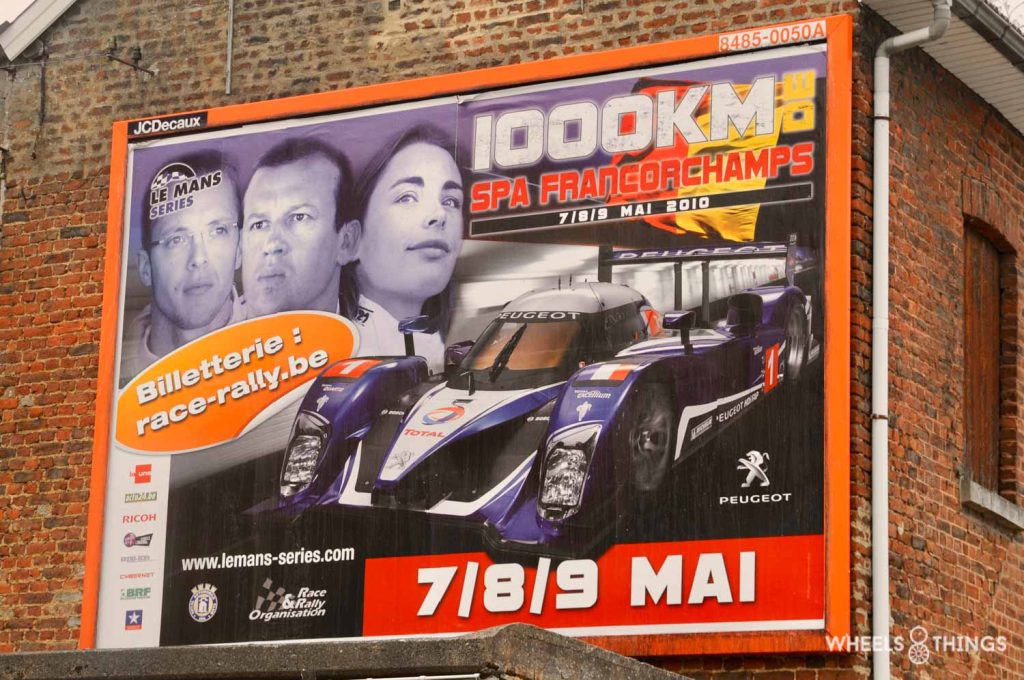
And the final preparation for this 24-hour marathon traditionally happens at the end of April in our own country, at the Spa-Francorchamps circuit, with a 6-hour course. These 6 hours are the successor to the mythical 1000 km of Francorchamps. This race was originally held on the then 14 km long circuit between 1966 and 1975. The speeds achieved on the long straights at Masta and Burneville, on public roads with very little safety, were the reason the race was dropped. From 1982 to 1988, there is a revival at the new and shortened Francorchamps circuit with the Group C period. However, it falls silent again due to a lack of interest from the makes in endurance racing. From 2003, there is a third attempt with the Le Mans Series and it runs until 2011. The race does remain but from 2012 it will be converted to a 6-hour format for the new WEC championship. This makes it easier for TV broadcast scheduling.
WEC
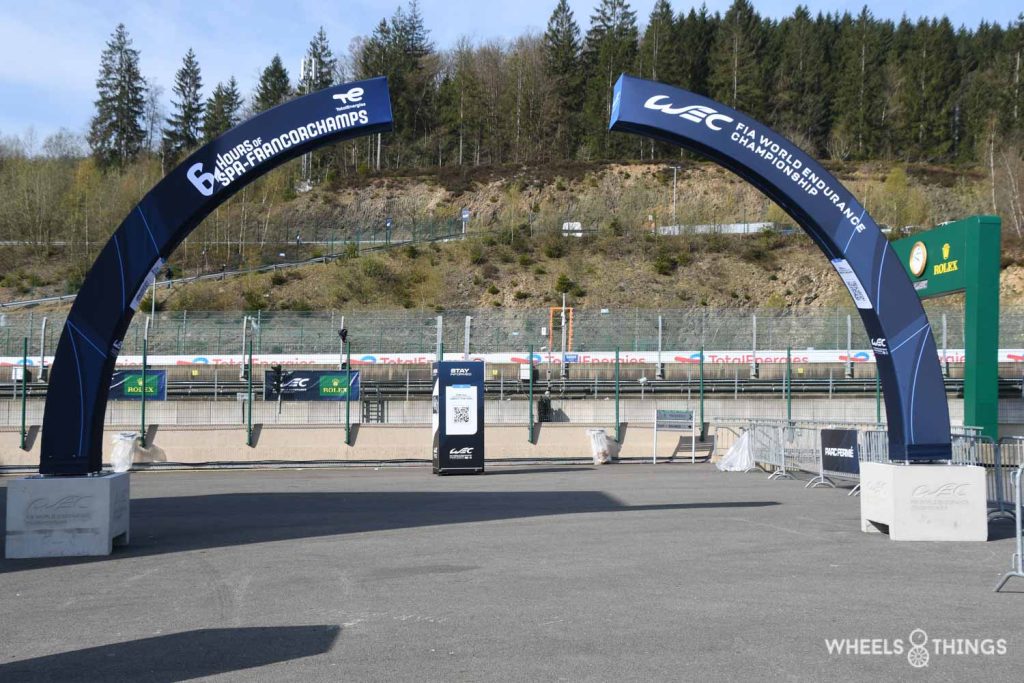
What is the WEC? These three letters stand for: World Endurance Championship. It is a collaboration between the FIA ( international motorsport federation ) and the ACO or Automobile Club de l’ Ouest which organises the 24 hours of Le Mans. After a revival in the late 1990s of endurance racing with prototypes, it was mainly Audi and Peugeot that made the cut in the then “Le Mans Series”. This was a co-production between the ACO and Patrick Peter, known for Spa-Classic and Le Mans Classic, among others. The races were run over either 6 hours or 1000 km as in Francorchamps.
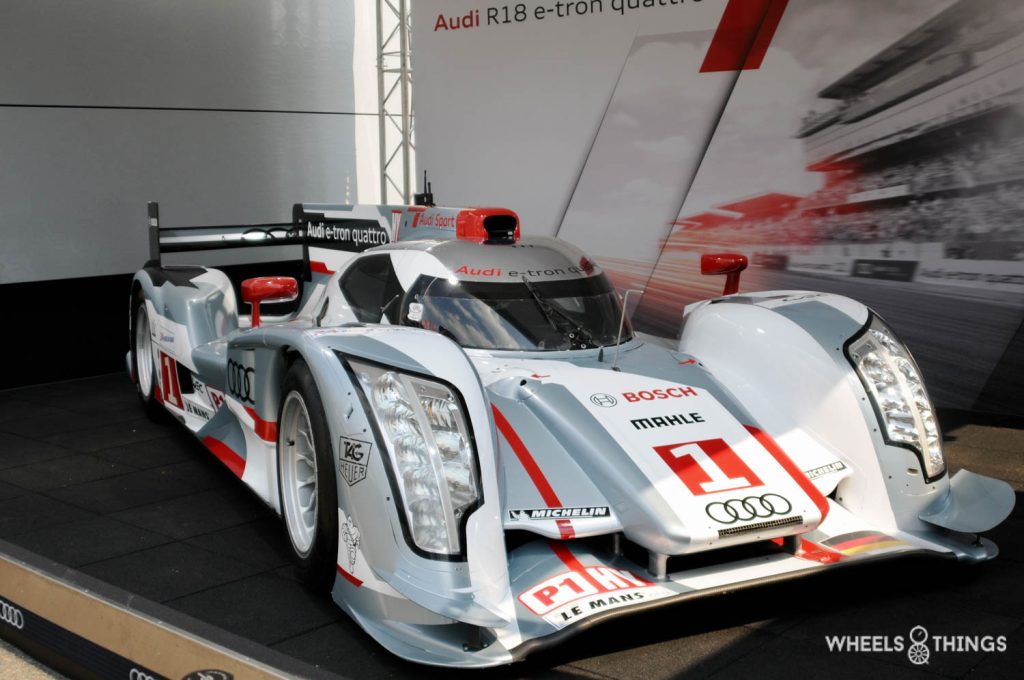
The “Le Mans Series” offered beautiful races with full starting fields of proto and GT cars. Under pressure from Peugeot, they switched to a world championship with FIA status and 2012 saw the birth of the new FIA WEC. The start happened with a big bummer though: Peugeot was in dire straits financially at the time and stopped its programme with their 908 HDI one month before the start of the new World Championship. A heavy blow for the newborn. Audi had to complete the year without a full-fledged opponent and André Lotterer, Benoît Tréluyer and Marcel Fässler became the first champions with their R18 e-tron.
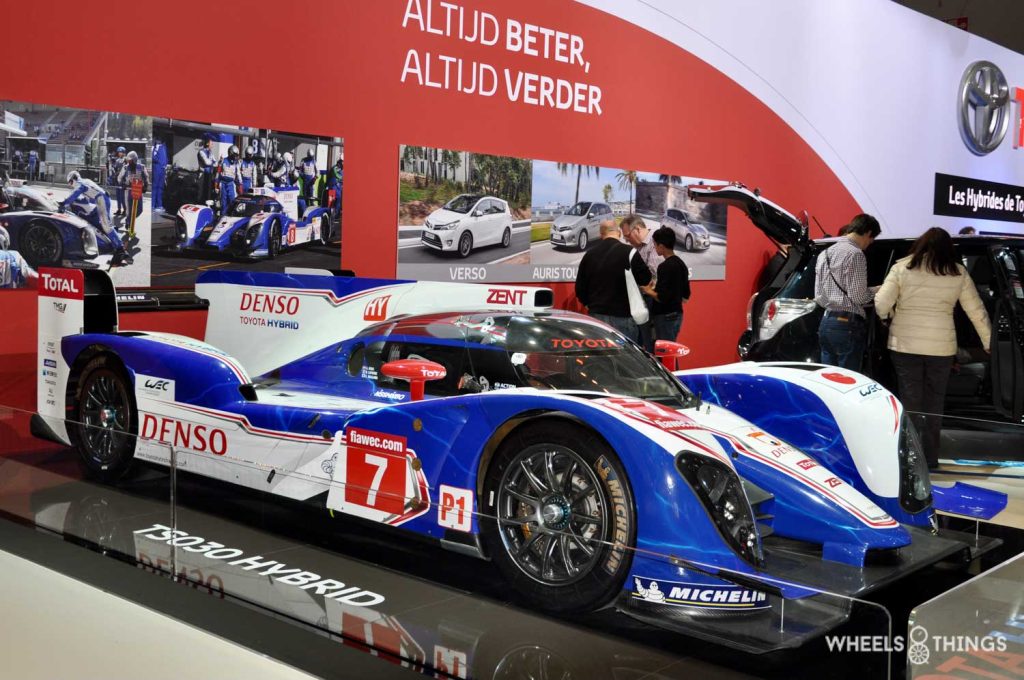
Fortunately, salvation came from the East: Toyota had already committed to the new LMP1 Hybrid series and their TS030 was presented at the end of January ( then in red/white livery ). The Japanese will enter the championship from Le Mans with very little preparation and thus save the championship. Their TS030 will be in blue/white trim, though.
HYPERCAR
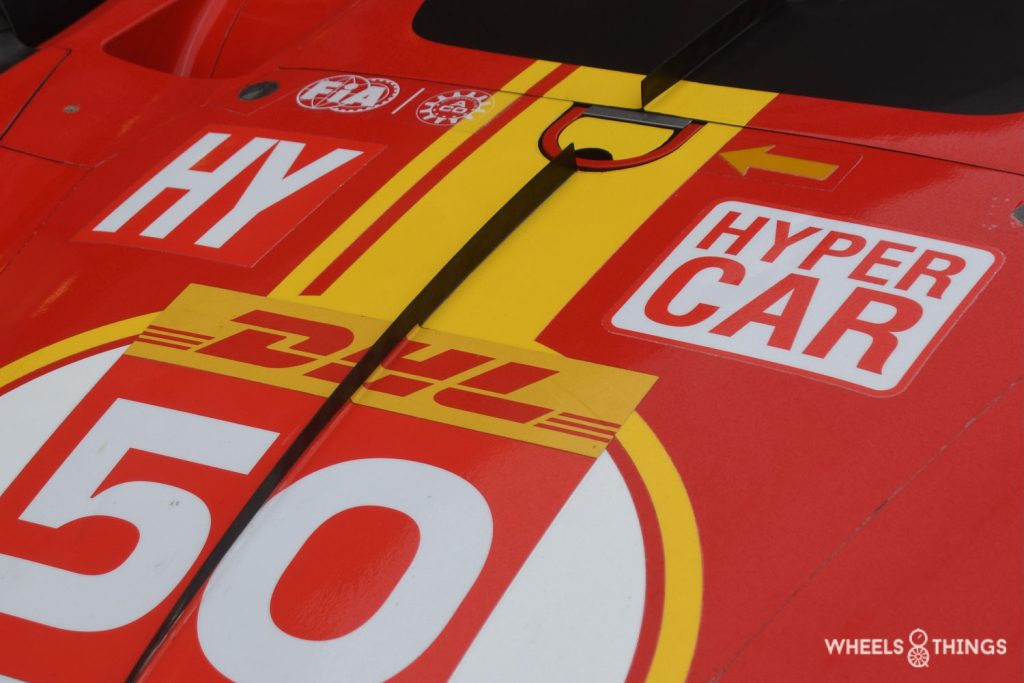
After the nonetheless successful LMP1 period in which Toyota, Audi and Porsche provided wonderful fireworks, a new formula was looked forward to, which nevertheless had to provide a big cost reduction. Audi ( late 2016 ) and Porsche ( late 2017 ) had discontinued their programmes and only Toyota remained. Fortunately, the Japanese remained loyal to the FIA WEC which still deserves our respect. Thus, a new class is being developed that will make its debut in the WEC and Le Mans from 2021 that will be named Le Mans Hypercar. In this series, the constructor will build its own chassis which will typically be fitted with a V6 bi-turbo engine. This powerplant may have a maximum output of 520 KW or just over 700 HP. This power is provided by a combustion engine coupled to a hybrid system that delivers an additional 200 KW or 270 HP when the battery is filled. In a Hypercar, this power can be delivered on both front and rear axles, and even both. Small teams like Glickenhaus and Vanwall only have a combustion engine in their car without a hybrid system.
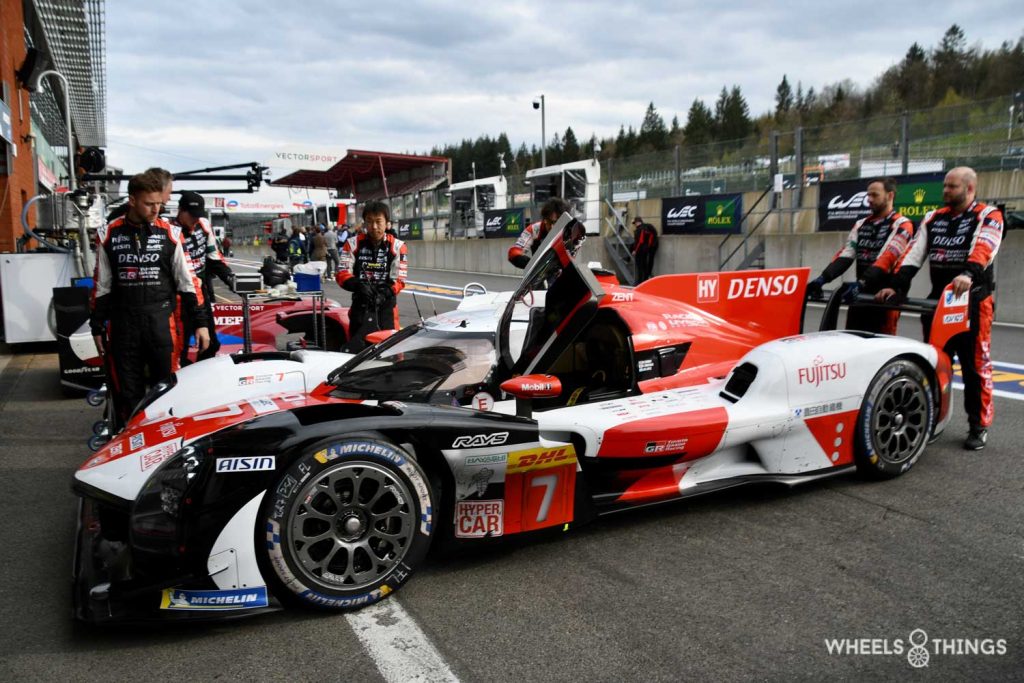
Toyota remains loyal to the WEC and immediately begins development of their new GR 010 Hypercar. Aston Martin reports as an opponent and, in collaboration with Red Bull and Adrian Newey, comes up with the Valkyrie. This project does not really take off and the race car project is scrapped. The Valkyrie will later be released as a street version though, with some headaches and delays.
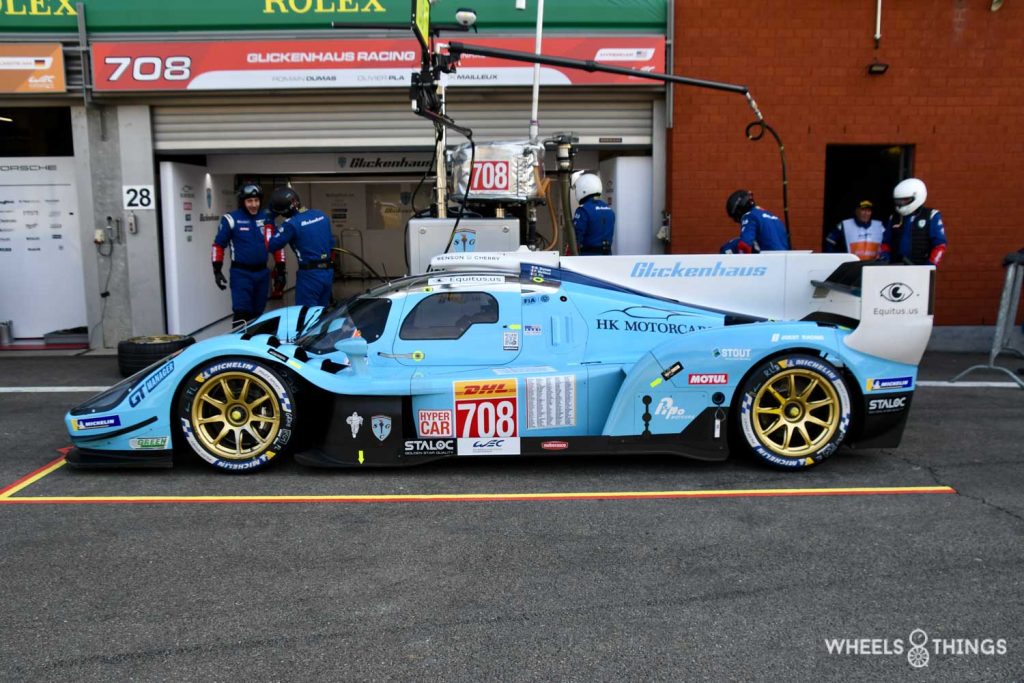
Help comes from the USA with small sports car constructor Glickenhaus. Patron James Glickenhaus is an American film producer, director and, meanwhile, producer of his own brand of Glickenhaus sports cars. He builds two cars for the WEC, providing opposition to Toyota.
TOYOTA GAZOO RACING
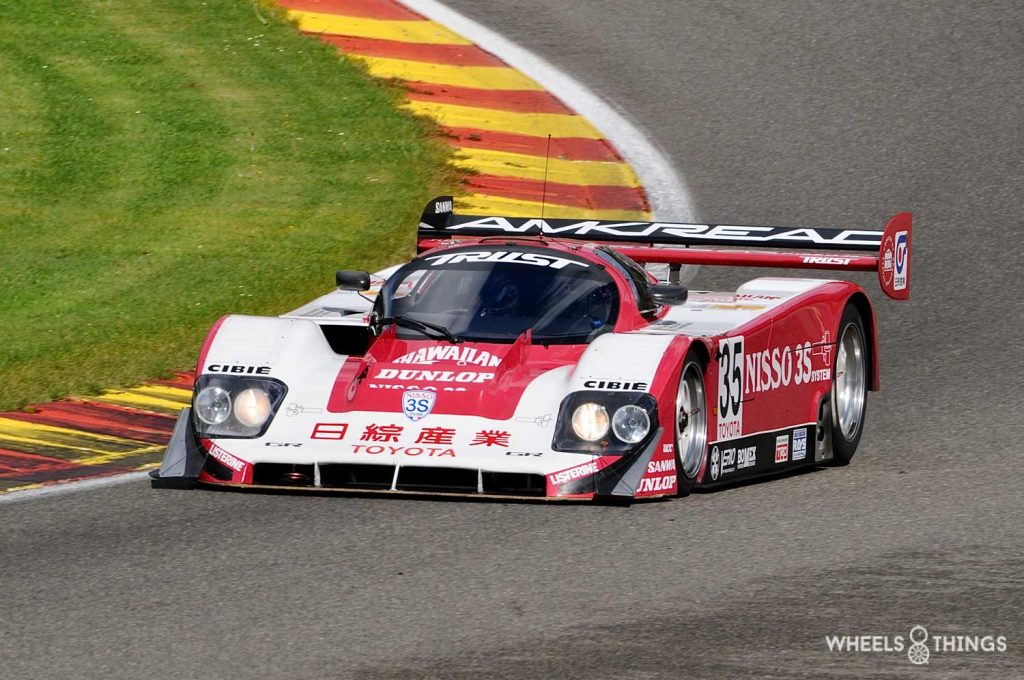
Toyota has a long history in Le Mans and the WEC. Most recently, we saw the Group C 92 C-V at Rétromobile. By the way, at Rétromobile the “100 years of Le Mans Centennary” was already highlighted. A full report in which you can admire this Toyota and many other historic Le Mans cars can be found here.
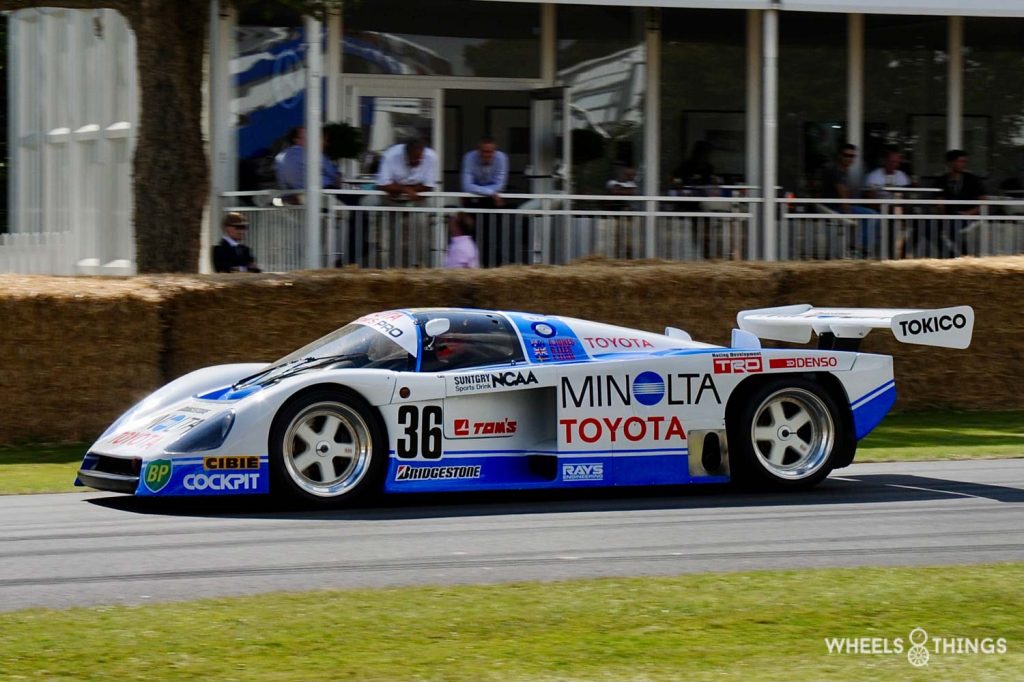
Before this 92 C-V, there was also the 87 C that was used in 1987 and 1988. In cooperation with Dome, Toyota thus took its first steps into the world of endurance racing. In turn, the Tom’s team was responsible for deploying the cars on the circuits. The 2.1-litre, 4 cylinder turbocharged engine produced 620 HP. In the Japanese races, some good performances were achieved but at Le Mans, things didn’t really want to work out for this, rather nice car.
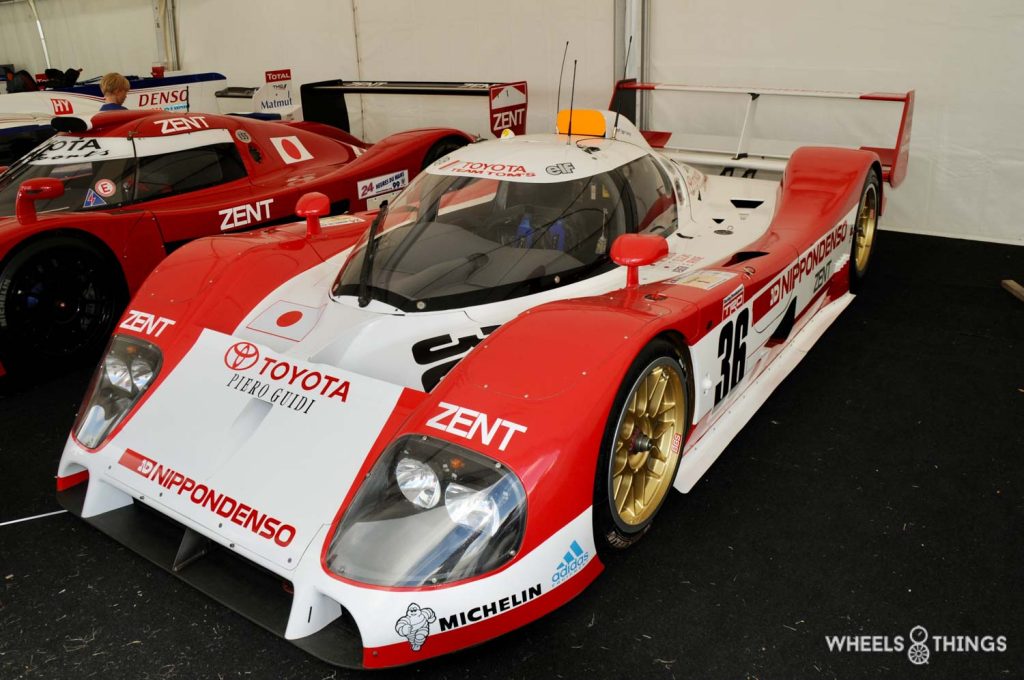
In the atmospheric Group C period, Toyota tried again with the TS 010 with 3.5 V 10 engine. However, Jean Todt’s Peugeot Sport team was too strong and a win was not forthcoming.
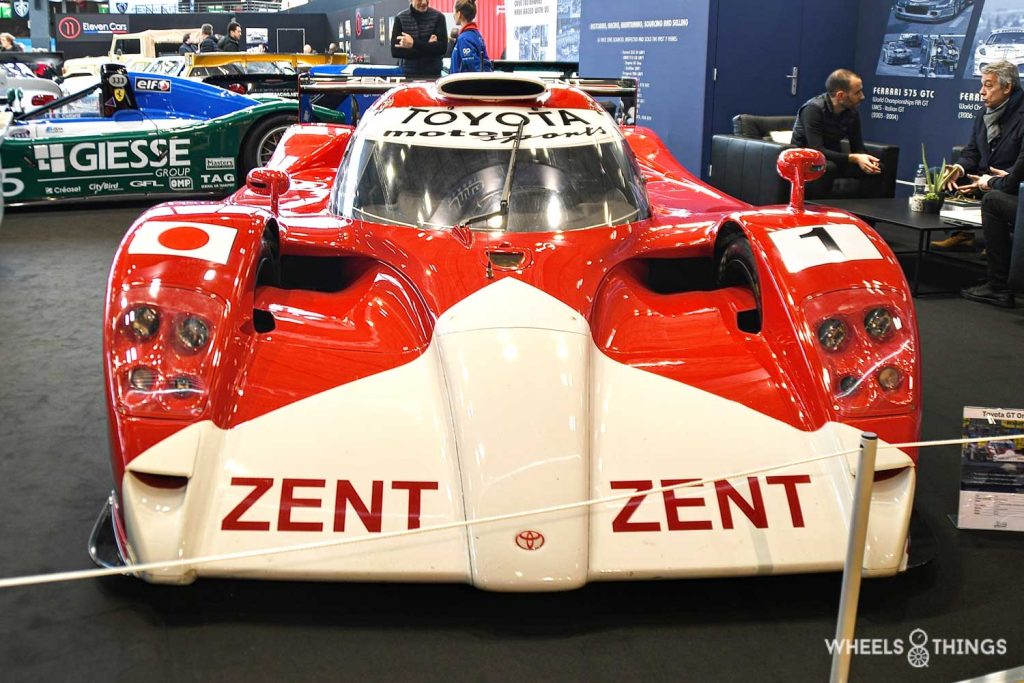
Toyota did come close to winning three times. In 1998, the leading GT One had to abandon the race with just over one hour to go: the gearbox had given up. This One starts 1999 as the big favourite and is the fastest car in the field. BMW’s V12 LMR is slightly slower but more regular. The time the Toyota gains on track they lose back during the pit stops. The only remaining GT One comes second behind the BMW run by the Schnitzer team.
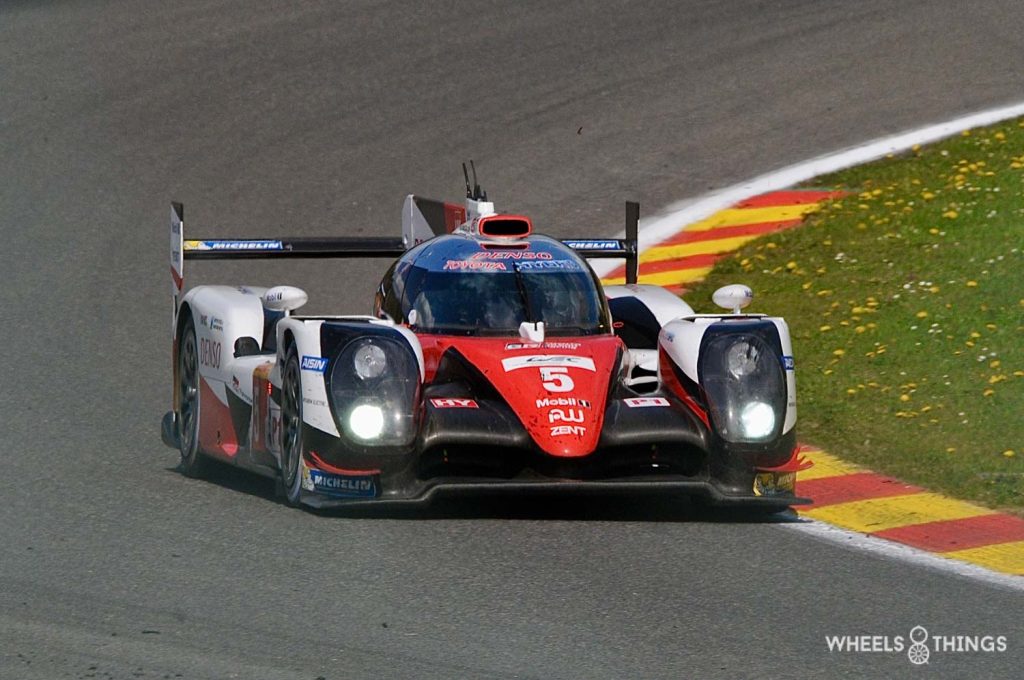
But things could be worse with real drama in 2016. Entering the final race lap, the leading Toyota falls silent in front of the pit wall. The second-placed Porsche is one lap behind and comes alongside. The Toyota, notwithstanding the same number of laps as the winner, is not included in the standings that say the car has to cross the finish line. An engine failure prevented it from doing so. Porsche wins its 18th Le Mans with really lol luck but it is in the history books. Toyota does achieve second place with its sister car and the WEC title that year but success at Le Mans was really beyond them.

It would be until 2018 when the TS 050 – Hybrid provided the first Toyota victory with the trio Fernando Alonso, Sébastian Buémi and Kazuki Nakajima. They did this again in 2019 and even in full covid period, with a September edition behind closed doors, the Toyota with the start number 8 won the French classic. This time, Fernando Alonso was no longer behind the wheel. He had left for the Indy 500. Brendon Hartley in turn had come to Toyota from Formula 1 to replace him.
GLICKENHAUS
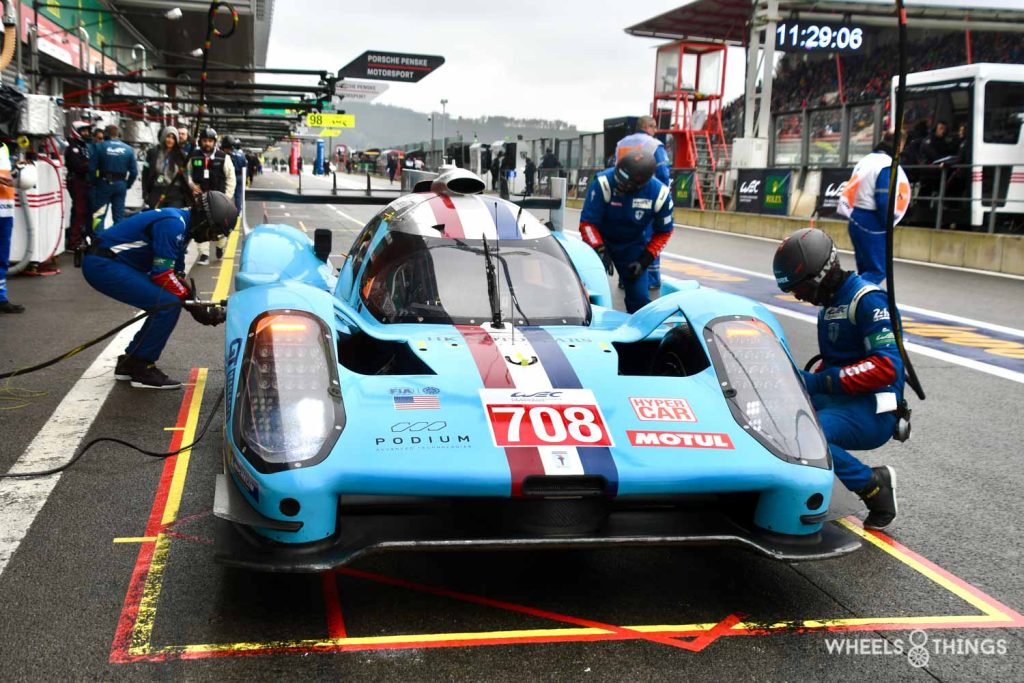
Besides Toyota, American Jim Glickenhaus also jumped on the Hypercart train with his SCG 007 LMH. The Scuderia Cameron Glickenhaus was already active in the endurance races of the Nürburgring 24 hours. So this SCG 007 LMH is the brand’s first proto. Jim Glickenhaus is a true “car nut”. His collection of classic cars is truly fantastic and this passion led him to become a constructor of his own marque. Wonderful story. His car is one with just a combustion engine without the hybrid states. He outsourced the technical assistance on the circuits to the legendary Joest team ( with Porsche four-time Le Mans winner and later the team that ran the official Audi’s ).
PEUGEOT
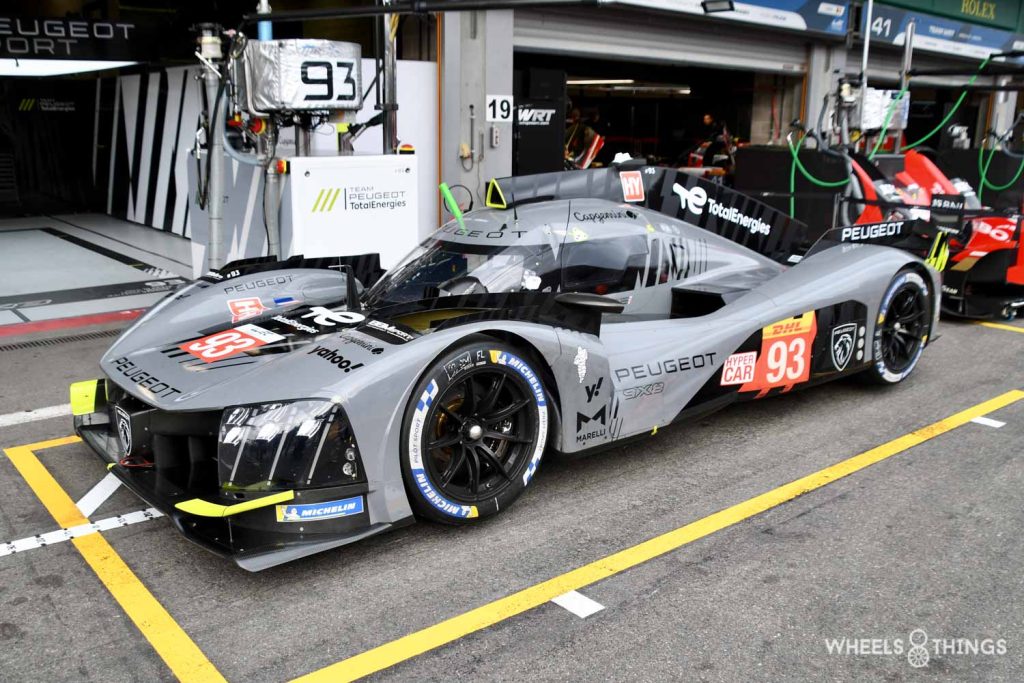
Next up is Peugeot, which made its debut at the Monza race in mid-2022. Their 9 X 8, without its rear wing, is perhaps the most spectacular car of the bunch. In fact, Peugeot is the only constructor to use this principle. But their debut is not exactly going smoothly. A lot of reliability problems are affecting them. Peugeot clearly needs to move up a gear.
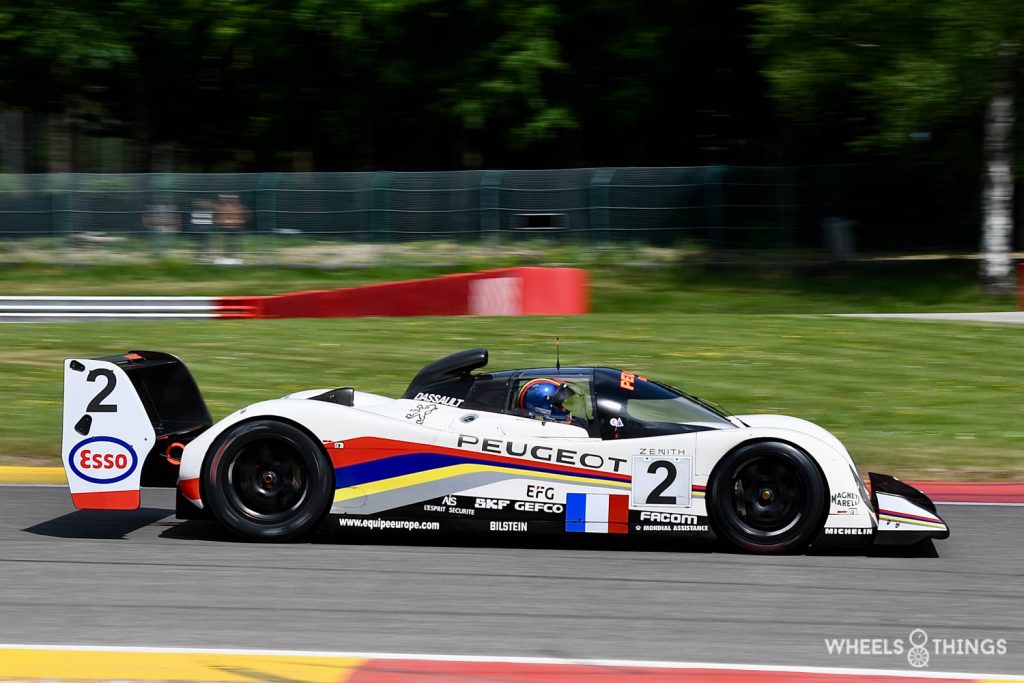
Peugeot used to be active in the Group C period with their 905 and won the 24 Hours of Le Mans twice.
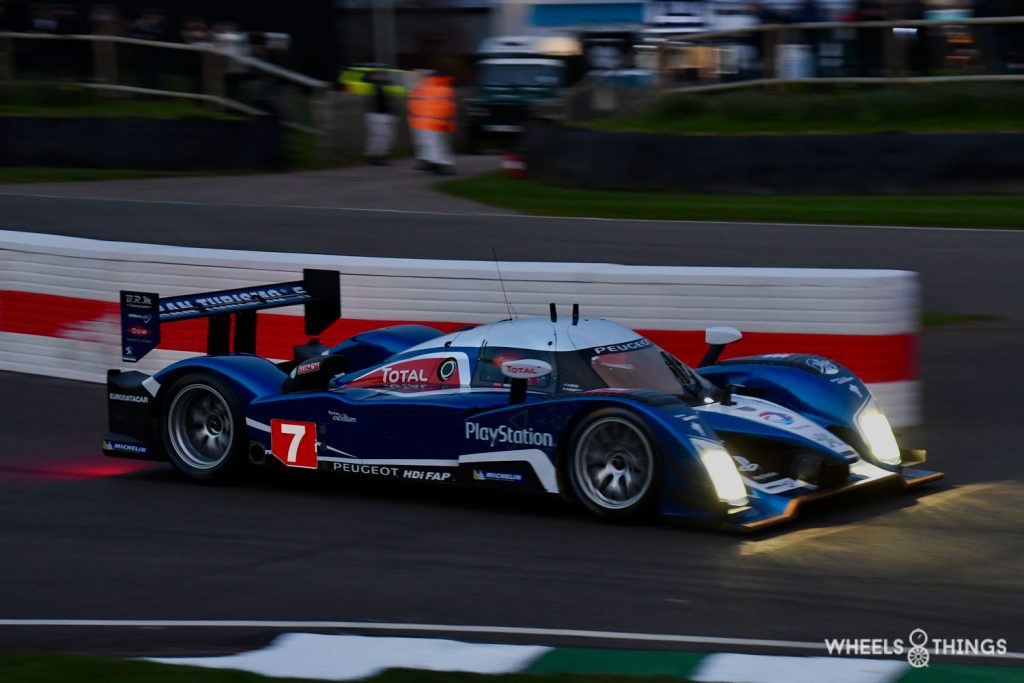
They repeated this with their 908 HDI in 2009 in the LMP1 Hybrid period. And normally there would certainly have been more in this. The following year, Peugeot dominated the race and the competition from Ingolstadt could only watch. But a manufacturing fault in the bearing shells of the crankshaft means that all the V12 Diesel engines have to abandon the battle and Audi almost gets the victory in its lap.
FERRARI
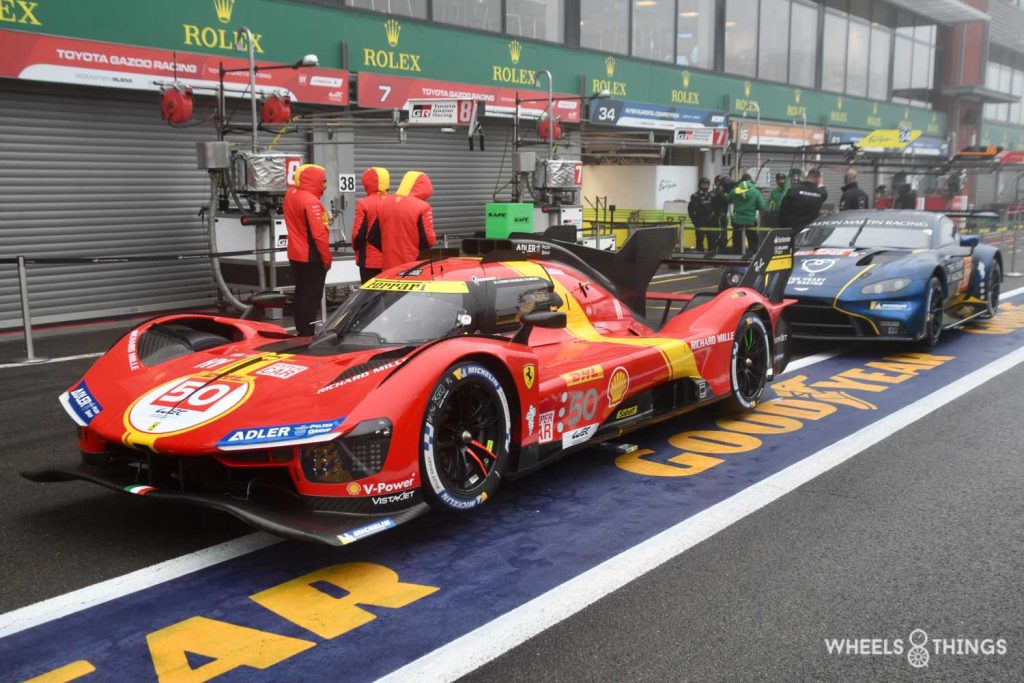
And even in Maranello, the tickle is starting to tickle to start endurance racing again in the biggest class with the prospect of overall victory. Ferrari too decides to enter the new Hypercar series with its 499P. And this obviously gives a huge boost to the championship.

Ferrari with a prototype in the 24 hours of Le Mans and the World Championship! One last participation, meanwhile, was 50 years ago when Ferrari closed this chapter with the 312 PB. By the way, it is just 50 years ago that Jacky Ickx, on 6 May 1973 in qualifying for the 1000 km, finished a lap of Francorchamps with an average of 263.45 km per hour. A record that still stands today and will never be broken.
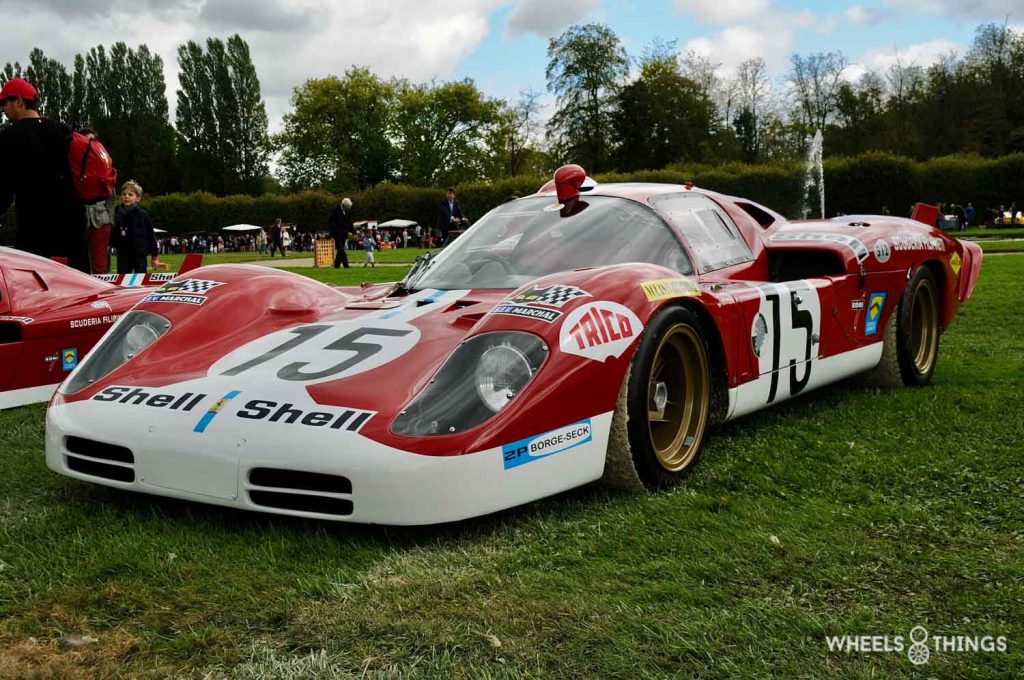
But their earlier periods with the 512S, 330P4 or 250 LM are also historic! Just think of the duels between Ford and Ferrari in the mid-1960s. Henry Ford then wanted to buy Ferrari but Enzo refused to accept his offer. Ford built his own GT40 and, after surely some teething problems, the rest is history.
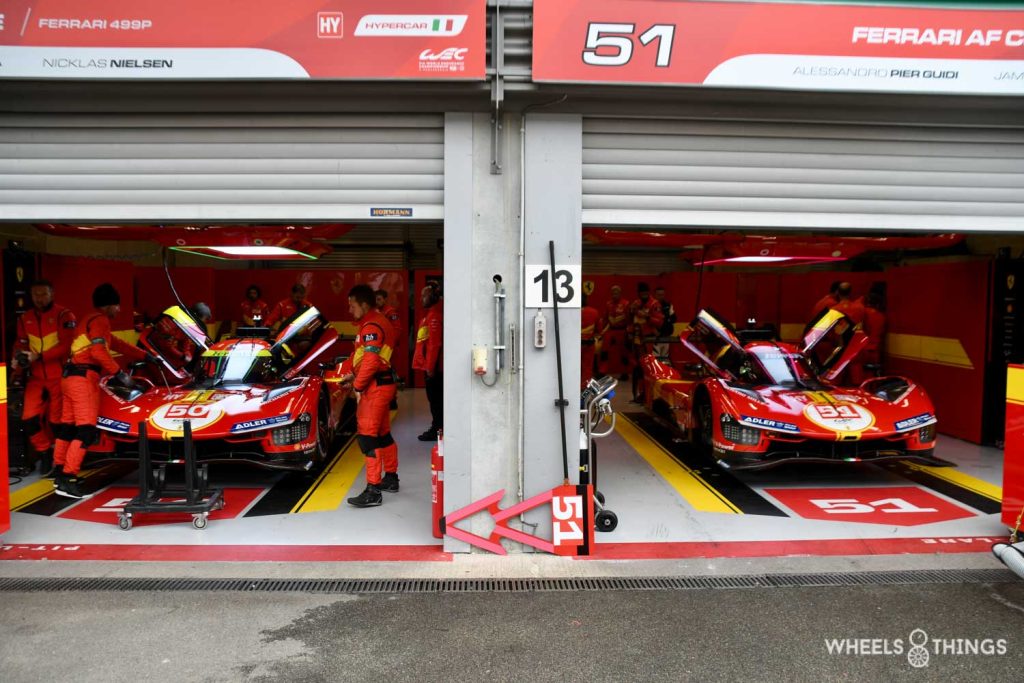
The new 499P competes in the version of Ickx and Redman’s 312PB. The red brightened up with yellow lines. The other 312 PBs were with green and blue stripes. For the WEC, both Ferraris are identically equipped with the yellow stripes. Beautiful!
VANWALL
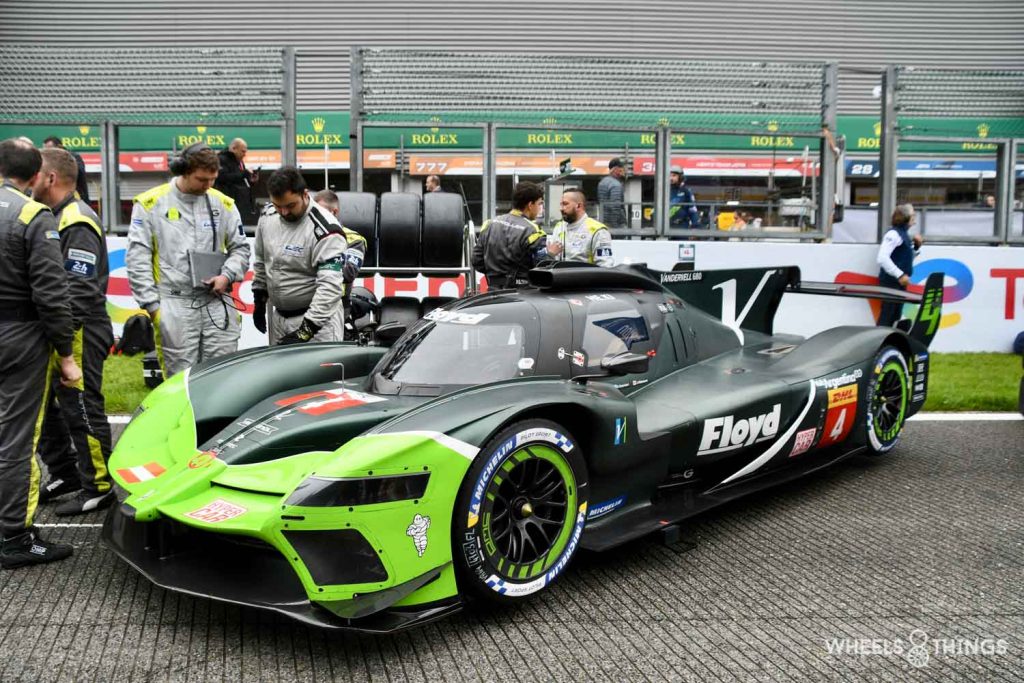
There is also a purely private initiative from Colin Kolles, who actually brings the British brand Vanwall back from under the dust. And for now, despite a legal dispute, the name is still on it. Absolute crowd-pleaser on this Vandervell 680 is undoubtedly ex indy 500 winner and Formula 1 world champion Jaques Villeneuve. The Vanwall is also a car without hybrid equipment. And you still have to take your hat off to these small teams like Vanwall and Glickenhaus who still dare to take on the car giants with their big budgets and capabilities.
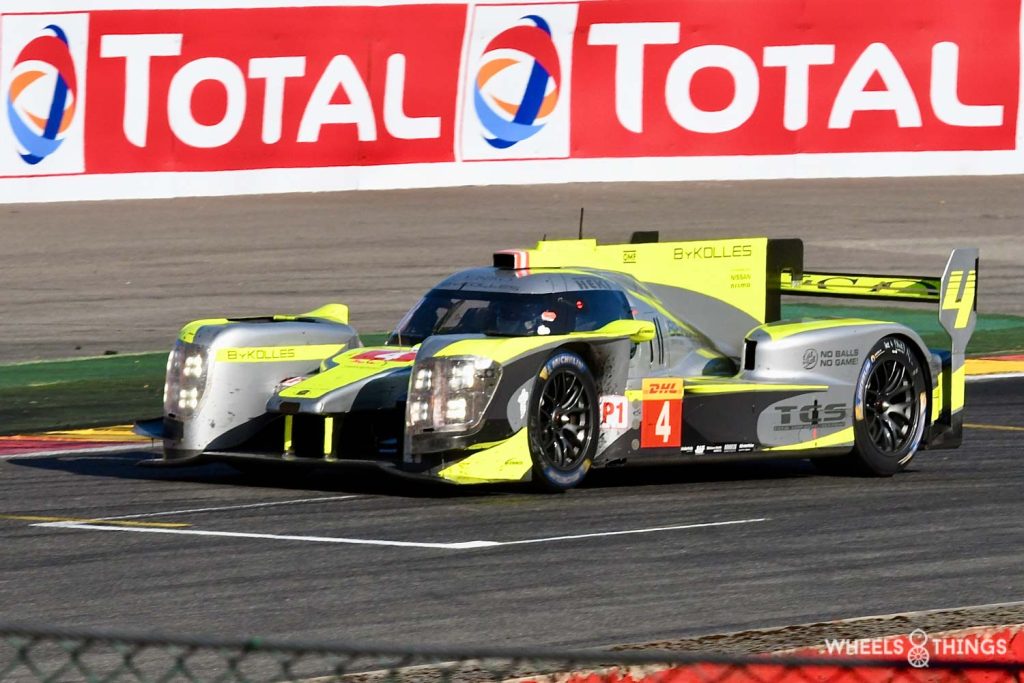
The ByKolles team was also one of the last competitors in the LMP1 class with their homebuilt Enso CLM P1 equipped with a Gibson 4.5-litre V8 engine without a hybrid system.
LMDh
The ACO and their US counterpart IMSA have spent many years trying to figure out a formula, with a common basis, to allow their cars to compete in both championships. After many talks and negotiations, often difficult, they did come to an agreement to make this happen from 2023. The former Daytona Prototype formula was transformed into LMDh. This stands for Le Mans/Daytona hybrid. These are slightly less sophisticated cars than the Hypercars but they are equipped with a V8 engine. Yes, they are Americans for something! And this formula does appeal to German constructors as both Porsche and BMW opted for it. Audi too had an LMDh project running but it was, unfortunately, discontinued after confirming their Formula 1 participation. Wrong choice by Audi with so much Le Mans and WEC history.
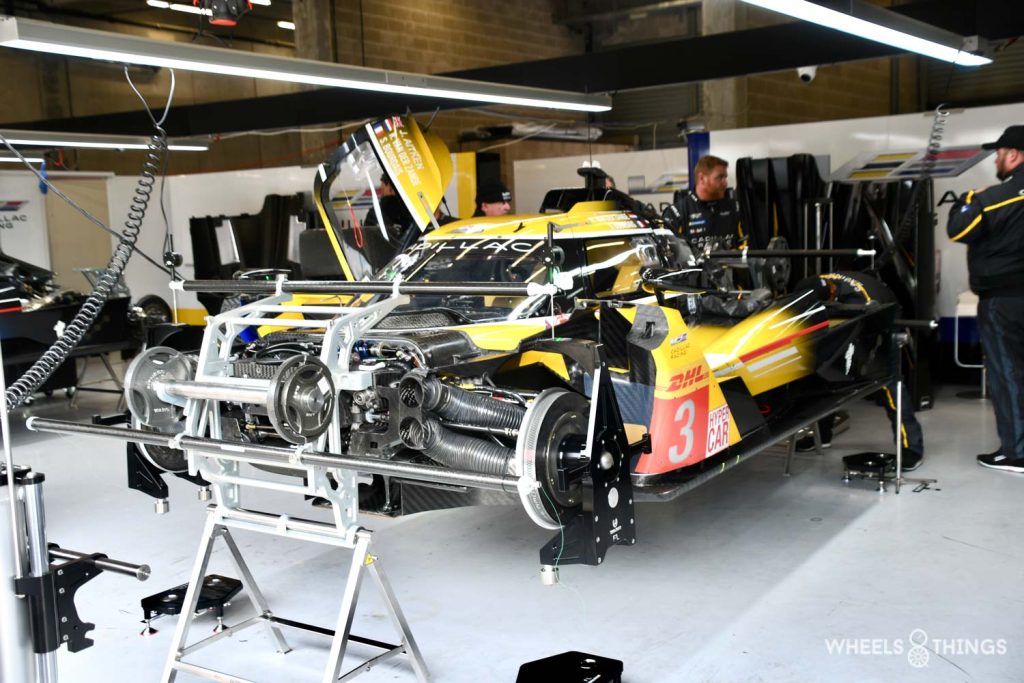
Unlike the Hypercars, the hybrid power is only delivered to the front wheels. Four chassis builders have been homologated where interested teams can go for a collaboration. These include Italy’s Dallara, which has Cadillac and BMW as customers, and Multimatic ( known as the manufacturer of the last Ford GT ), which supplies Porsche with chassis ‘s. On top of this, there are two more French chassis builders. Ligier is developing for Lamborghini and Oreca is doing the same for Alpine and Acura ( Honda ) in the USA. Lamborghini and Alpine will make their debut in 2024. The same goes for BMW M with their V8 hybrid but this car already exists by now and is already active in the US IMSA championship. After a short development period, one of two examples has nevertheless finished the 24 hours of Daytona. At the second race in Sebring, there was already a third podium finish and at the last race in Long Beach they were one step higher on P2. BMW, meanwhile, has already confirmed its participation in the WEC for 2024 and this through a Belgian connection with the WRT team of Vincent Vosse and the Weerts group from Baudour. WRT currently competes in the LMP2 class and will then make the switch to the Hypercars.
PORSCHE PENSKE MOTORSPORT
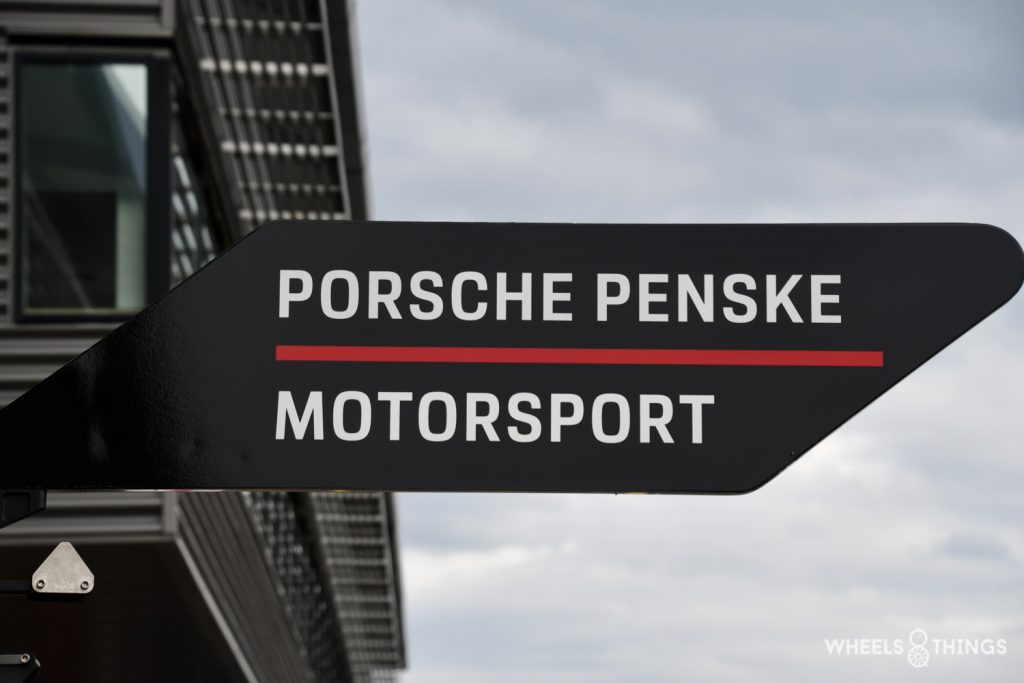
With three teams still pending, this class is slightly understaffed at the moment. Two Porsche 963 from the Penske Porsche team will compete against one Cadillac in the WEC. At Spa, we will see two Cadillac V8s. The second comes over from the IMSA division as a test for the 24 hours of Le Mans. This team is run by an equally legendary Chip Ganassi team. And with Penske and Ganassi, we do have two grandstanders signing present. And Penske, meanwhile, has been around for quite a while. We saw his 1971 Ferrari 512M Sunoco at the FOS at Goodwood. You can read more about it here.
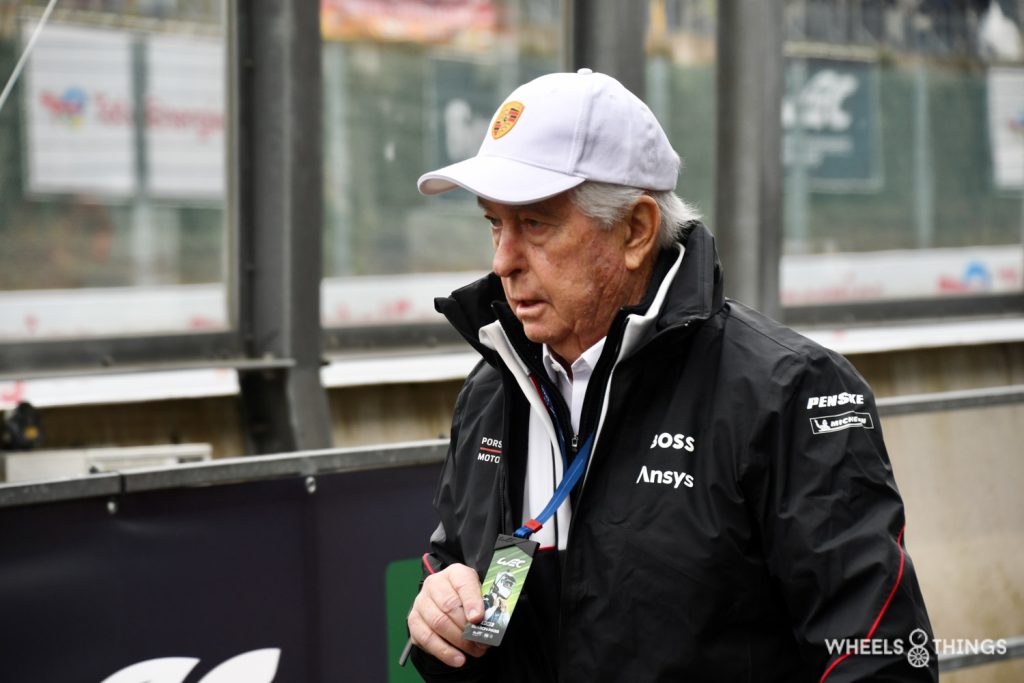
And patron Roger, meanwhile, is 86 but still attends every race.
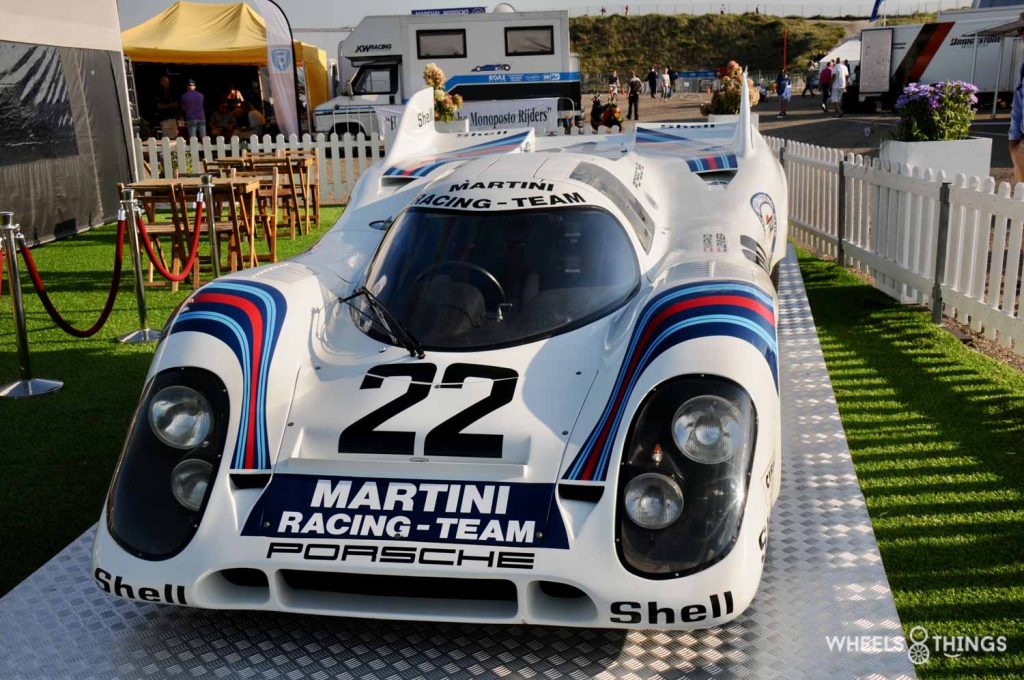
And surely Porsche is a reference when it comes to Le Mans and prototypes. It won the 24 hours of Le Mans for the first time with their famous Porsche 917. You can read all about the debut of this 917 here. Porsche did it again in 1971 with a Martini 917 version.
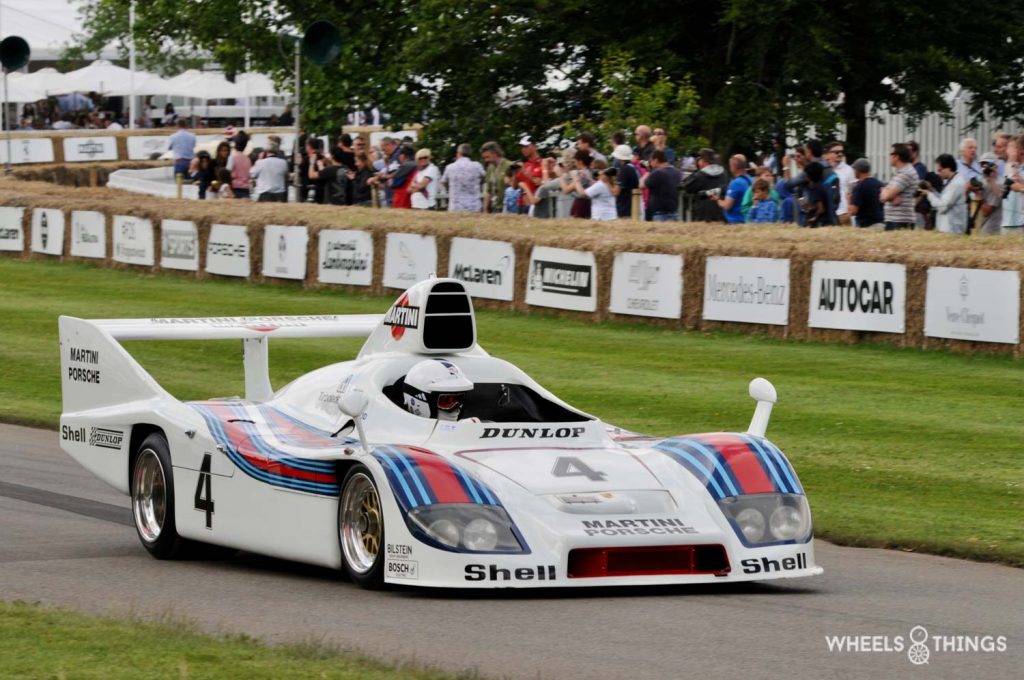
Five years later, in 1976, they ensured the first victory with a turbo engine with the Martini 936 turbo. They do it again in 1977 as well.
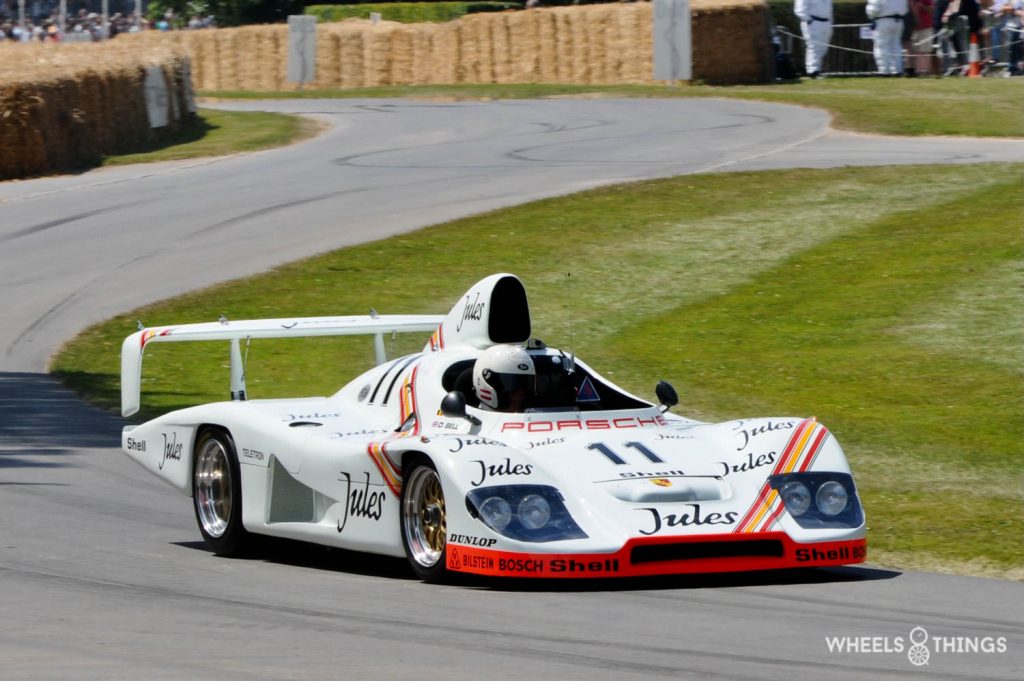
The 936 will secure a third victory, in Jules version, in 1981.
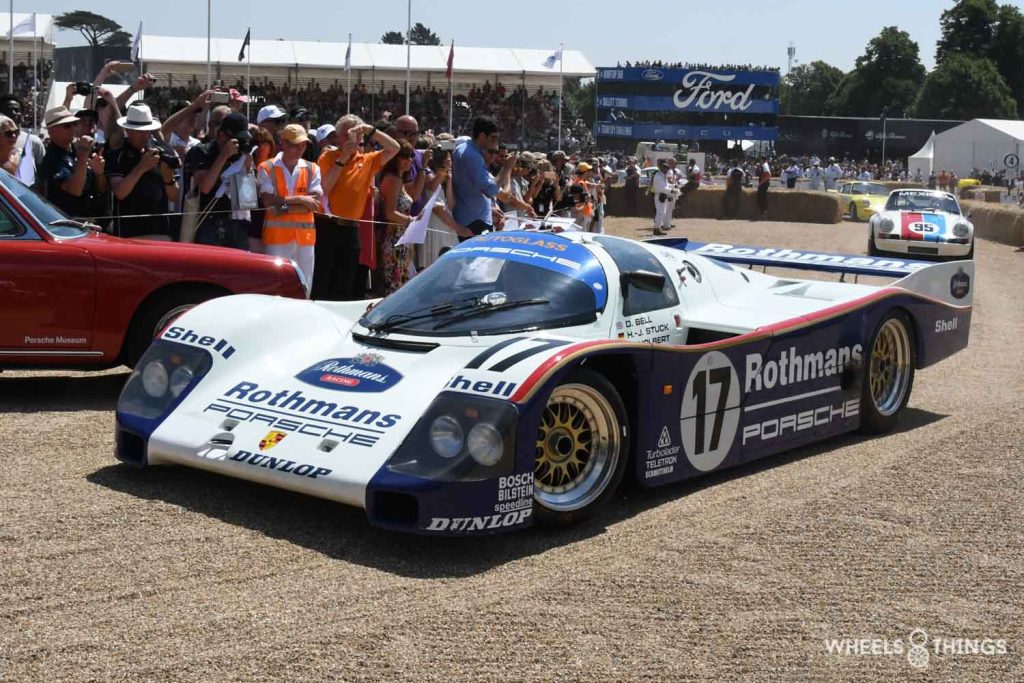
From 1982, Porsche dominates the endurance races with first the 956 and then the 962. Six consecutive victories in the 24 hours of Le Mans make the Rothmans factory and New Man Joest Porsches legendary. It will be until 1988 until Jaguar comes to break this hegemony.
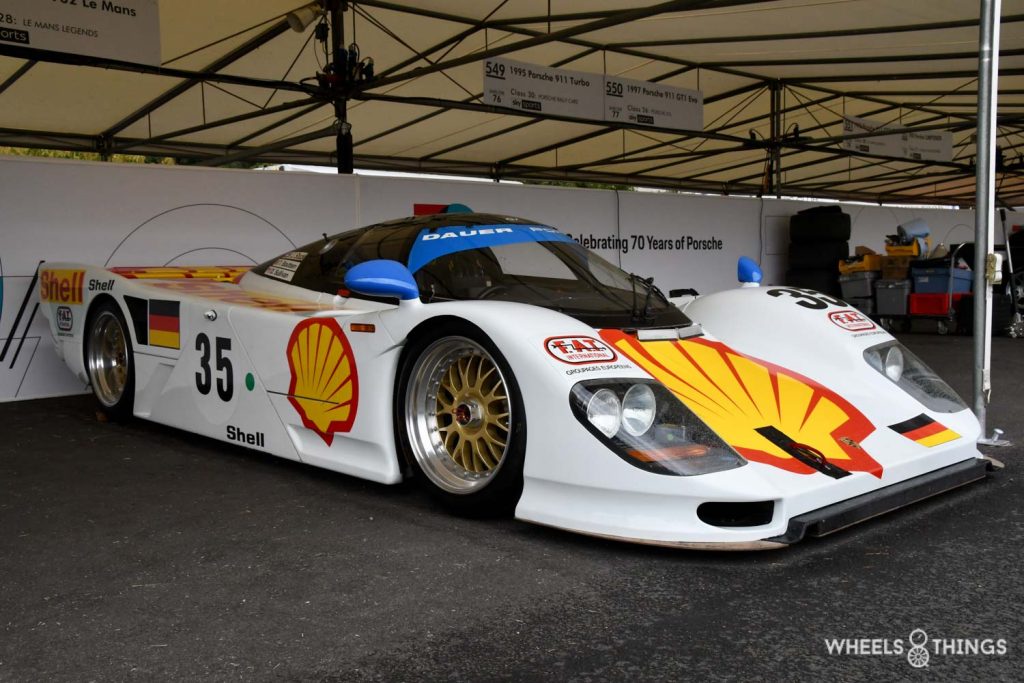
They do it again in 1994 with a “fake” 962 Dauer. Based on the regulations at the time, a Dauer Porsche was allowed to compete. Dauer had made a track version of the Porsche 962 and Porsche itself built a race version of this Dauer ( basically the opposite world ). This was in the grey area of the regulations though but they got permission to start.
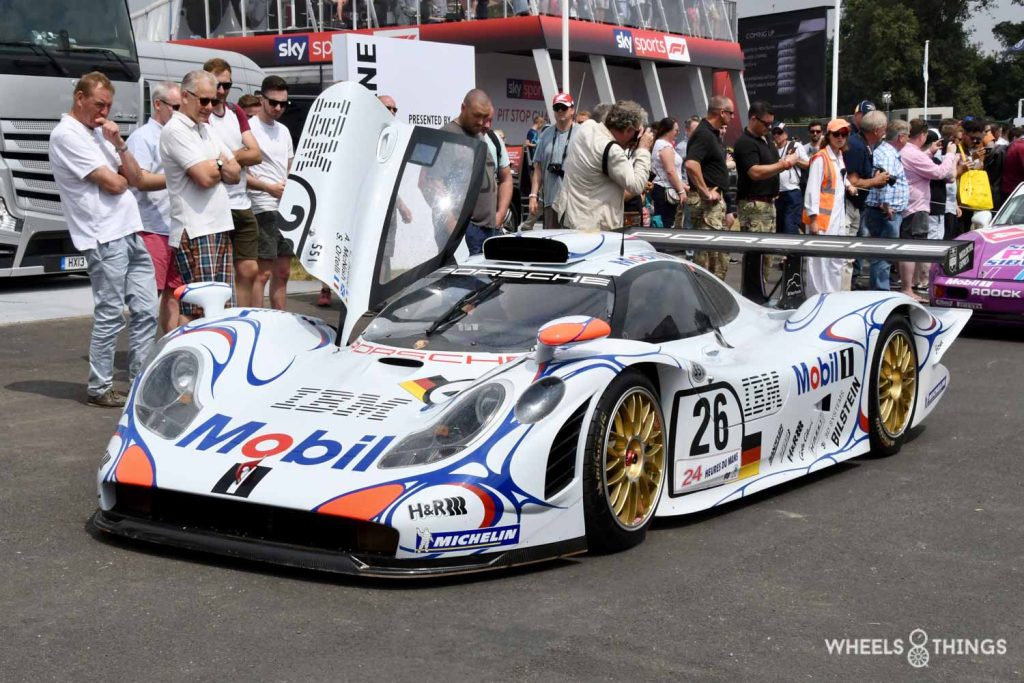
In the GT1 period, things are a little more difficult. It takes three attempts to see the 911 GT1 win. In 1998 it finally succeeds, with some luck though, after the abandonment of the leading Toyota GT One.
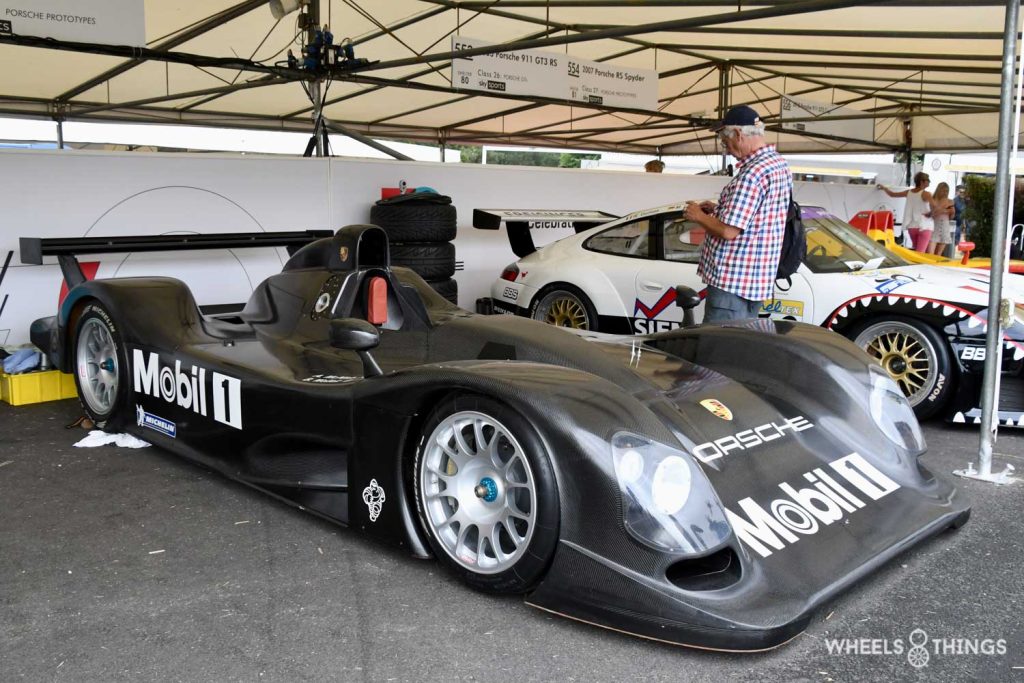
A project involving an LMP1 car for just after the turn of the century is unfortunately dropped and it will be until 2014 before Porsche comes up with another LMP1 car, the 919 Hybrid.
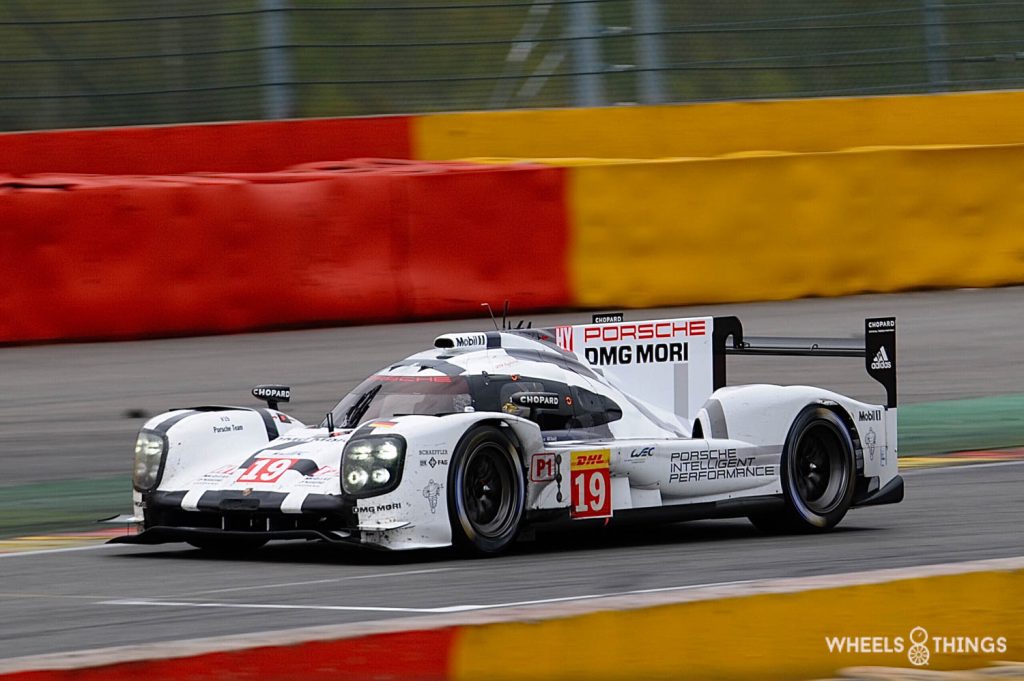
It does not succeed in 2014 but in 2015, 2016 and 2017, the 919 wins the 24 Hours of Le Mans three times. They also take the WEC championship in 2015 and 2017.
CADILLAC
And the prize for best sound undoubtedly goes to the Cadillac V8. Here it still uses an “old school” V8 which, although equipped with a hybrid system, makes an old-fashioned typical American sound. Wonderful! Then again, the Porsche V8 is a bit more “braver” than its American opponent. And the BMW we won’t hear about until next year. They also use an “old school” engine V8 from their last atmospheric BMW M3. This S65 engine was built and used in the M3 between 2007 and 2013. Ten years later, it makes its debut in the BMW V8 hybrid equipped with two bi-turbos and a hybrid system. A clever bit of “recycling”, though.
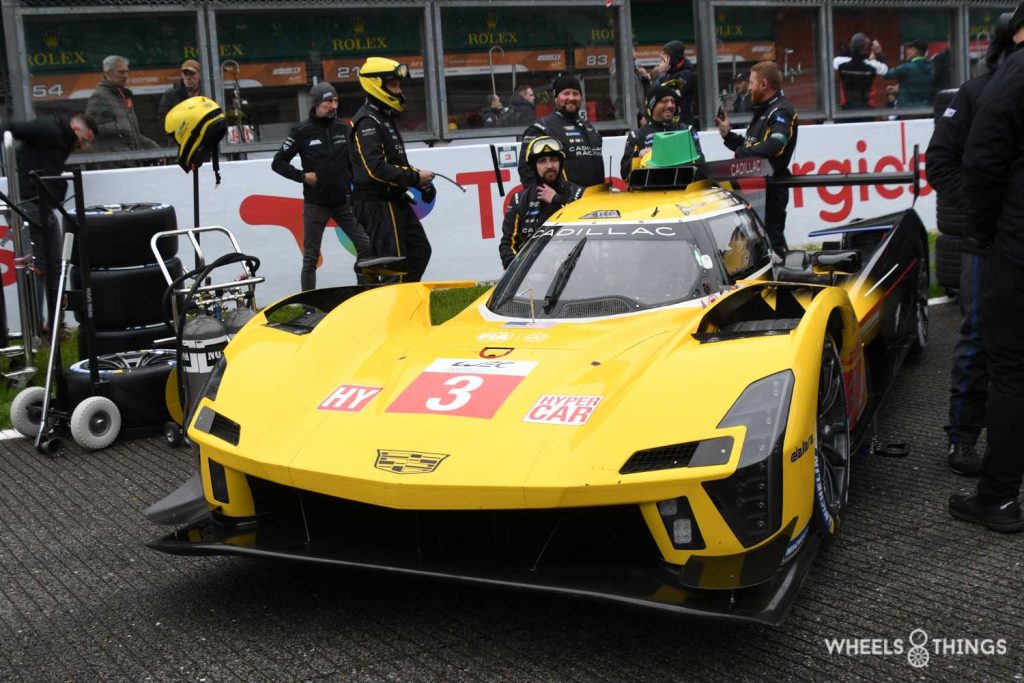
In the WEC, these two classes are part of the Hypercar series. The rapprochement in regulations thus allows cars from the WEC to participate in the 24 Hours of Daytona. Conversely, it is then possible for American teams to participate in the 24 Hours of Le Mans with their own cars. A clear win/win for both parties. And this is already evident in the current list of participants, and it will only get bigger in the coming years. Brands with a Le Mans history such as Ford, Jaguar, Mazda and Nissan can still make the connection.
LMP2
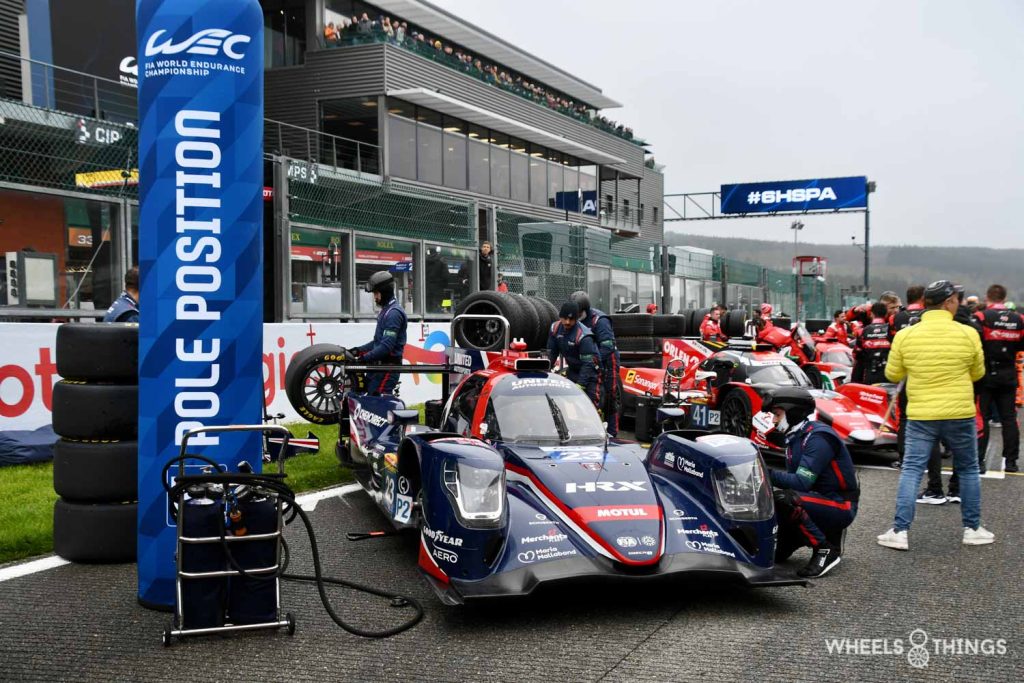
Besides this top class with Hypercars, there is also a “small” proto class with LMP2 cars. Here we find 11 participants. These are mostly private teams but this year, for the last time, we also find Alpine in it. In anticipation of their LMDh, they participate in this class. Together with Ferrari, Alpine is the only brand that has both an F1 and WEC programme. Belgian WRT is also starting in this class until their BMW Hypercar programme will launch. Now the term small is not really the right word here. In each team, there are at least a 30-strong workforce.
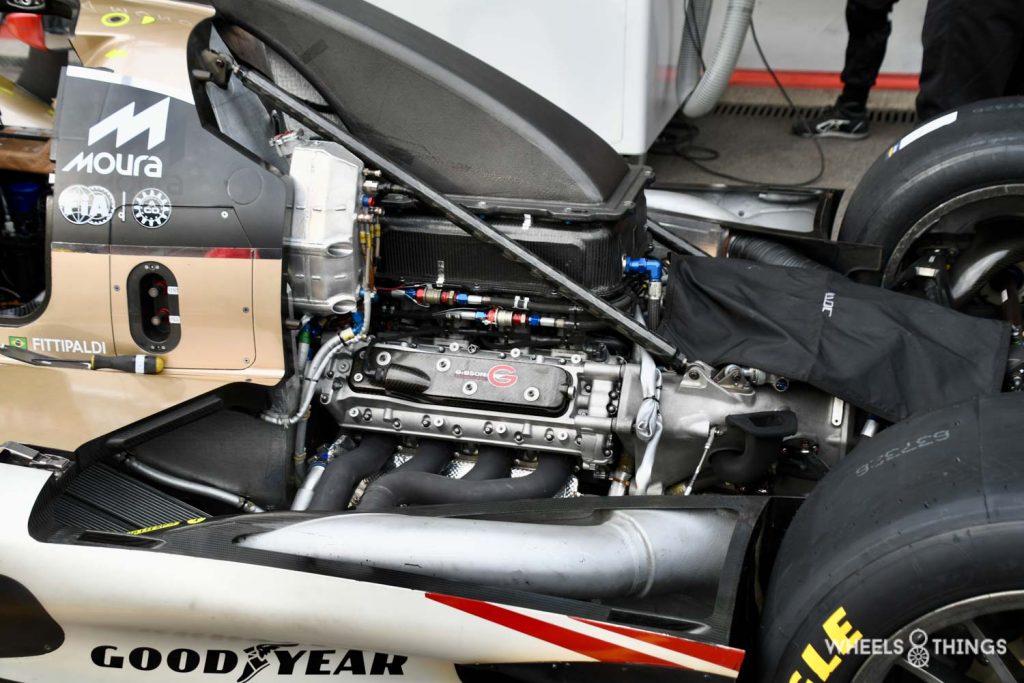
All the cars in this class come from French constructor Oreca and are fitted with an atmospheric Gibson V8 engine. Close racing also applies here. We will find both professional and amateur drivers here.
LMGT
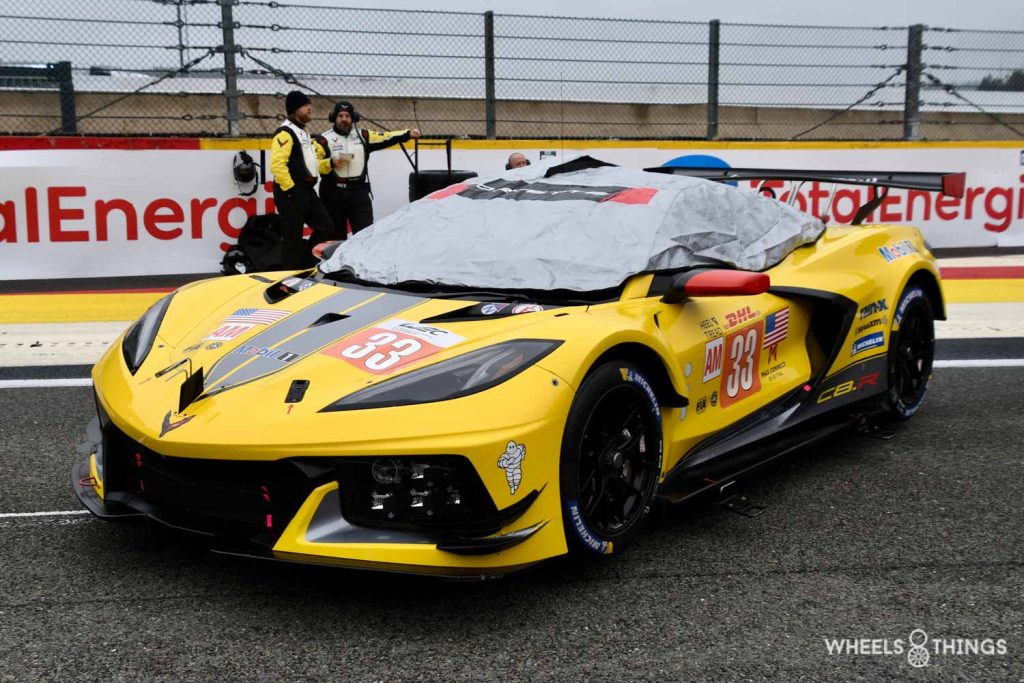
Endurance racing obviously includes GT cars. That used to be the case and this is still the case. Until last year, there were two divisions with a fully professional and an amateur class. The peak years of the PRO classes are now a while behind us anyway. The days when Porsche, Ferrari, BMW, Ford and Aston Martin competed against each other are still fresh in our memories and we experienced some top moments. Unfortunately, one by one, the constructors disappeared from this series. Fortunately, Porsche, Ferrari and BMW then decided to move on to hypercars.
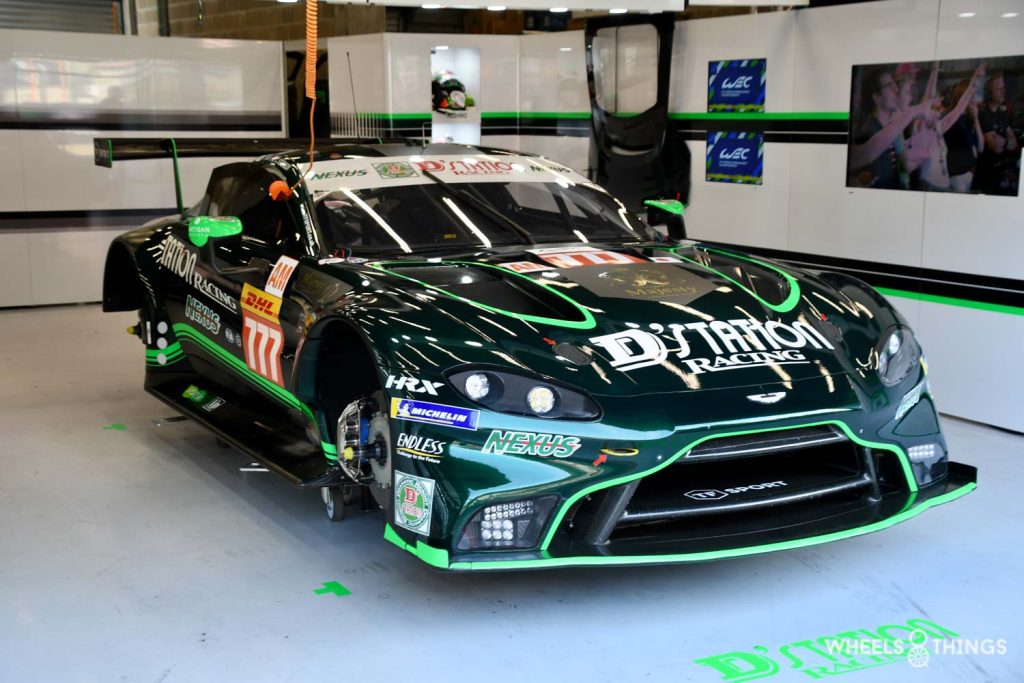
Due to the lack of interest, the ACO and WEC decided to scrap the PRO class and at the end of 2022 the factory teams drove their last race in Bahrain with GTE cars. The GTE series will continue for another year but in the AM or amateur class. So we can enjoy the Ferrari 488GTE, Porsche 911 RSR, Aston Martin Vantage GTE and Chevrolet Corvette C8R for a while longer. The drivers in this class are assigned a label. This ranges from bronze through silver and gold to platinum. The idea is for each car to be shared by one pilot with a bronze label, one with a silver and then one with a gold or platinum. From next year, these GTE cars will then be permanently replaced by slightly less sophisticated GT3 cars. This will make for an even more diverse starting field.
ECO-FRIENDLY FUEL TOTAL EXCELLIUM RACING 100
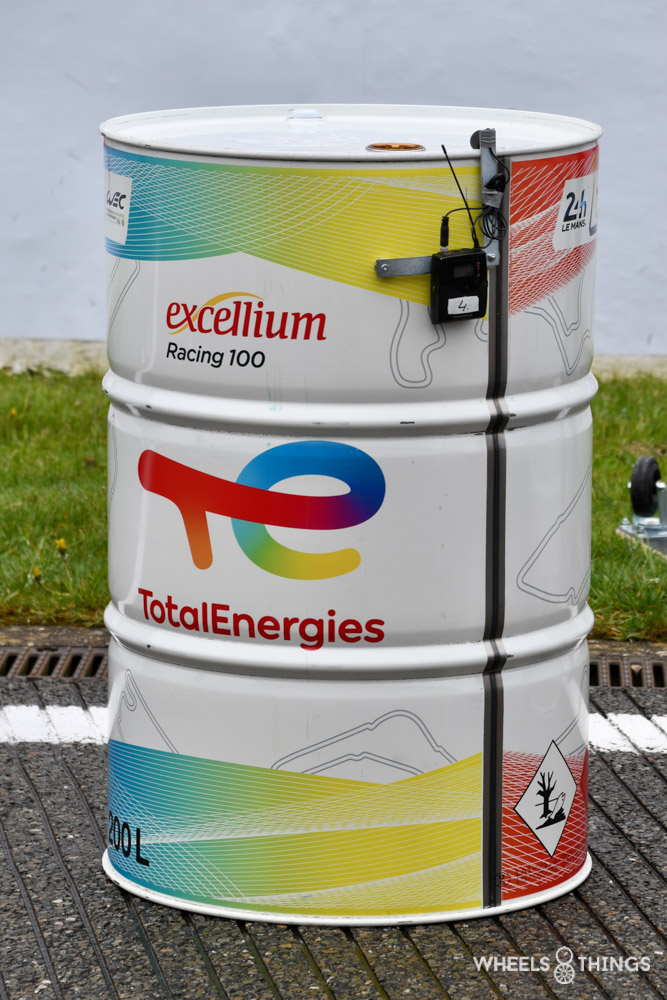
The ACO has long been an advocate of innovative applications. Many of these applications that we use today in our daily cars were first used in the 24 Hours of Le Mans. We think of e.g.: brake discs, fog lights, xenon and laser light, direct injection and a hybrid engine. Fuel consumption was also always a high priority. After many initiatives to reduce fuel consumption over the years, since 2022 there is also a 100% sustainable organic fuel that reduces CO2 emissions by more than 65%. Total Energies Excellium Racing 100 is produced with organic waste, sourced from French vineyards. This waste, after being washed, is distilled to let the ethanol out. After dehydration, the ethanol is converted into biofuel. So let’s all drink plenty of wine I would suggest!!!
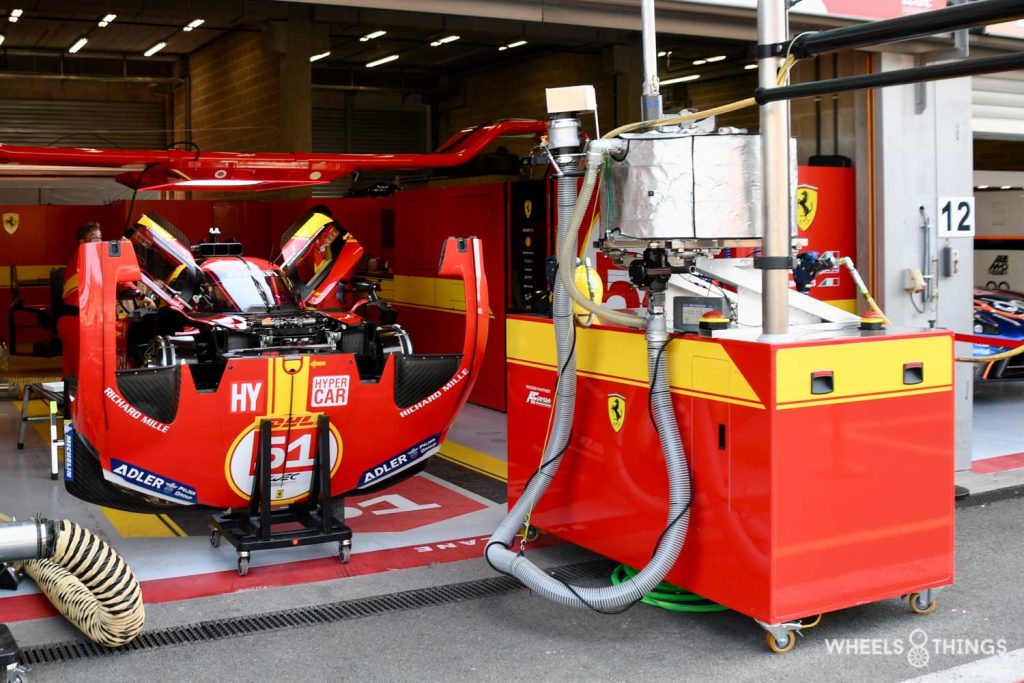
Fuelling in the WEC is done with FIA-prescribed refuelling systems. Each car has its own fuel pump so that teams using two cars can refuel at the same time. These installations are also inspected by an inspector before each race.
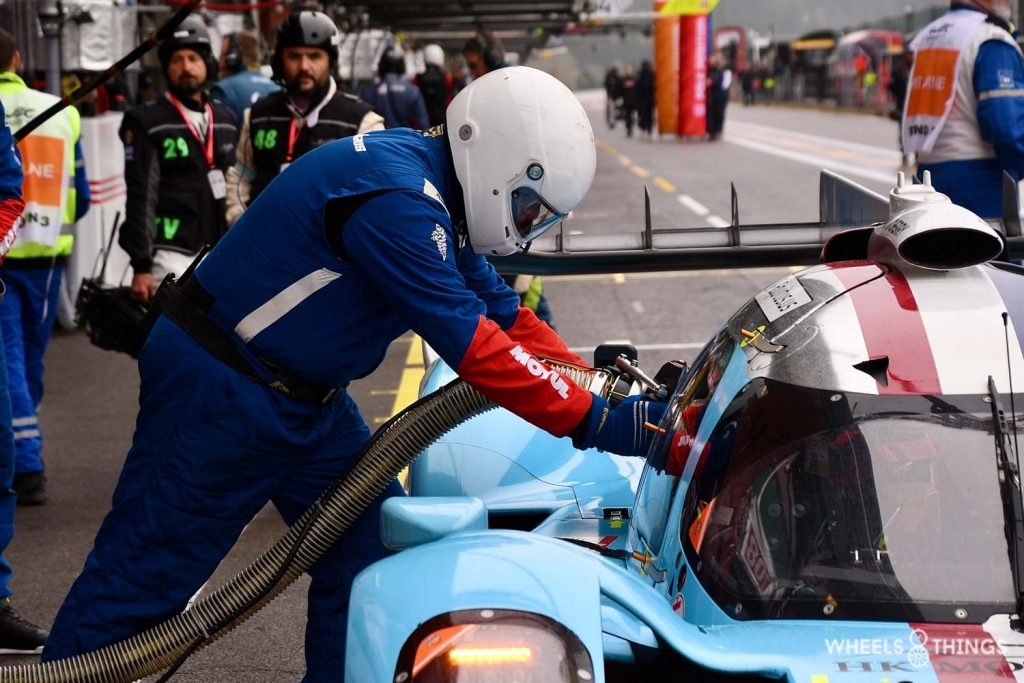
Fuel is pumped into the fuel tank through a high-pressure line. After 25 seconds, refuelling is complete.
H20 OR HYDROGEN
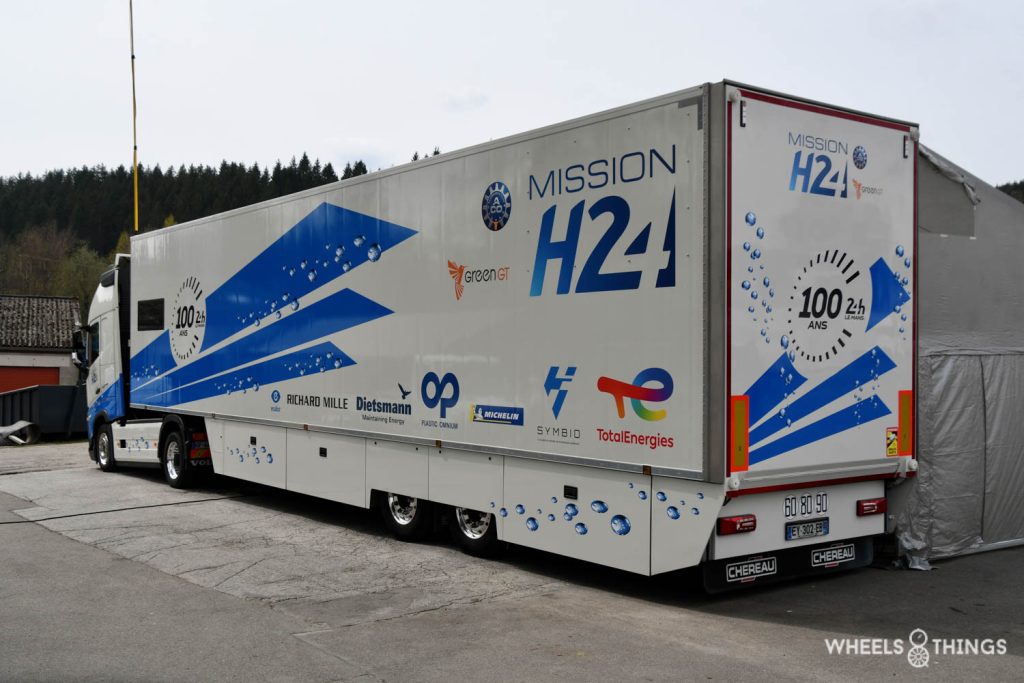
But it doesn’t stop there: the ACO, meanwhile, has been working for many years anyway to develop a car that can compete in the WEC or the 24 Hours of Le Mans on H2O or hydrogen. It is a collaboration between Green GT and the ACO. The car was named LMPH2G and the aim is to participate in the 24 hours of Le Mans by 2024. Total Energies is also a leading partner in this project. A hydrogen fuelling station was already opened on the grounds of the Le Mans circuit in 2020. It is intended to allow both racing cars and everyday vehicles to refuel there. To refuel at other circuits, where no station is attending, Pit Point, a subsidiary of Total Energies, has developed a mobile refuelling installation. It is mounted in a container, making it easy to transport.
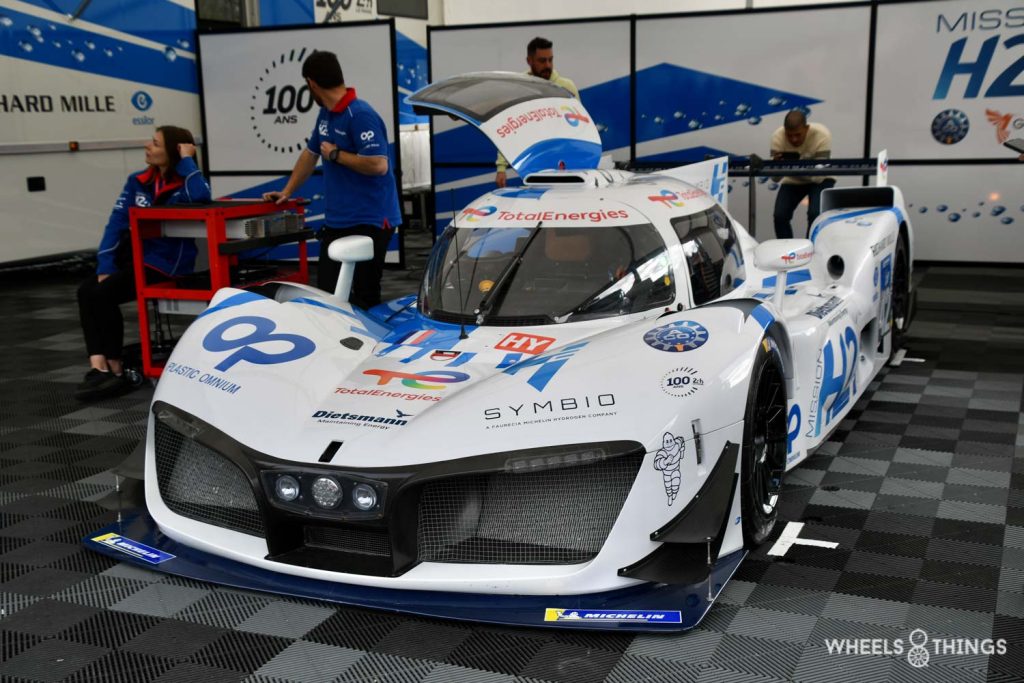
The first version from a decade ago was a real monstrosity and the planned Le Mans participation did not go ahead. The second of 2018, the LMPH 26, started to look more like a race car anyway. With a power output of 650 hp, it could achieve a top speed of 250 km/h at that time anyway.
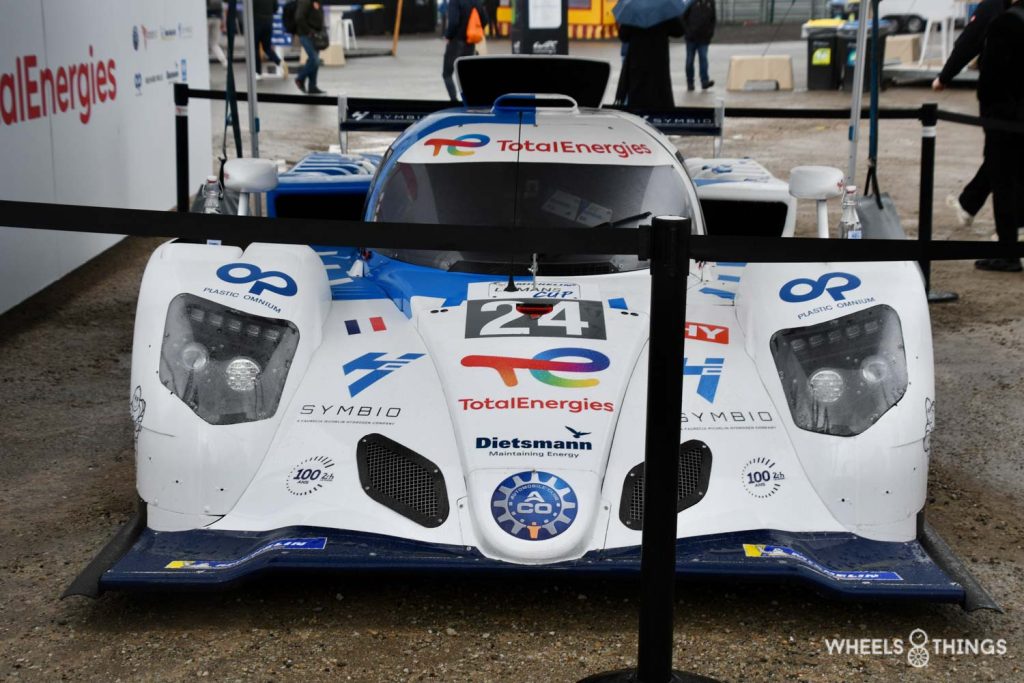
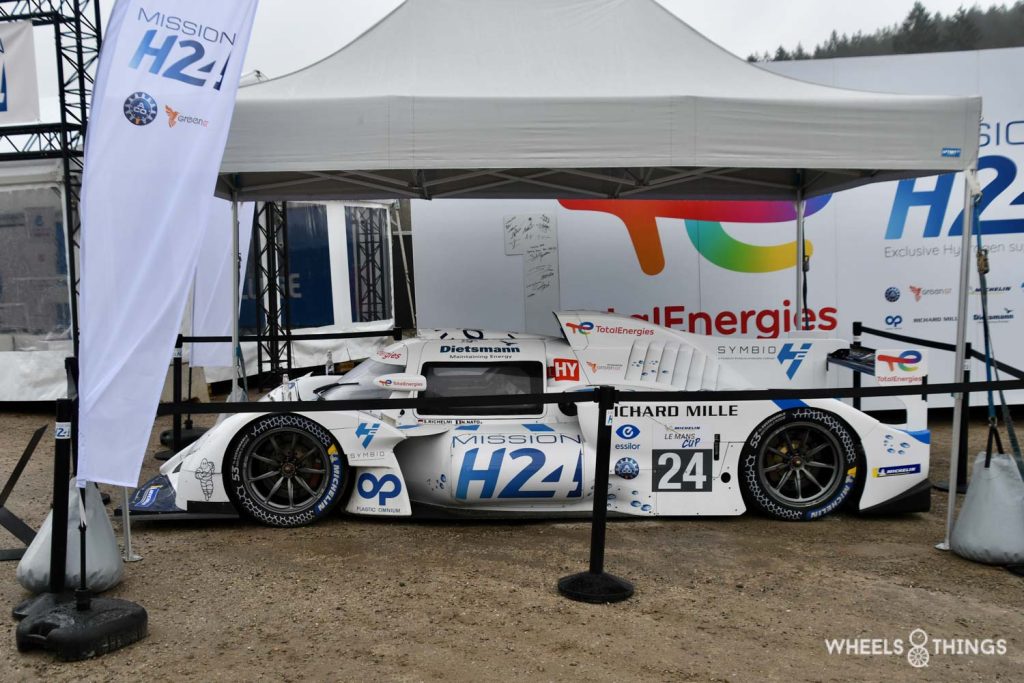
In 2021, with the H 24, came its successor. Meanwhile, an extra 100 horses had been found and the top speed rose to 292 km/h. The weight of this H24 is 1416 kg. Still, compared to a regular LMP2 car, an extra ballast of 450 kg.
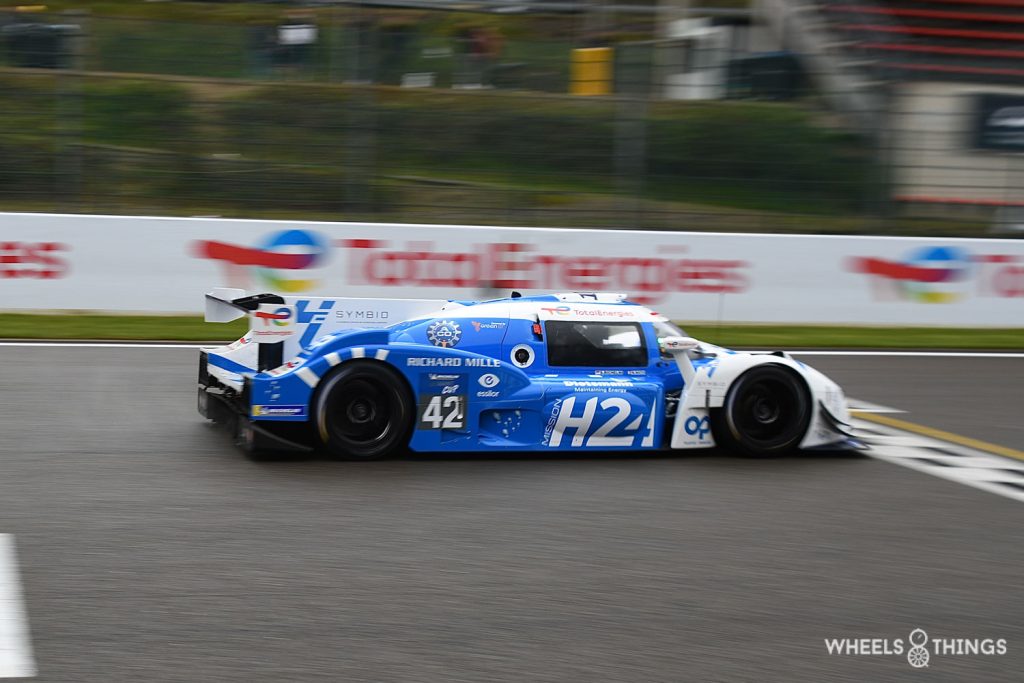
On Saturday morning, in very foggy conditions, the 2018 version drove two laps on the Francorchamps circuit. And water dust can be perfectly applied to an internal combustion engine. The future is assured!!!
GIRL POWER
In the WEC championship, it is not just men who are making nice weather. The entry list also includes five ladies. Three of them even team up on the same car.
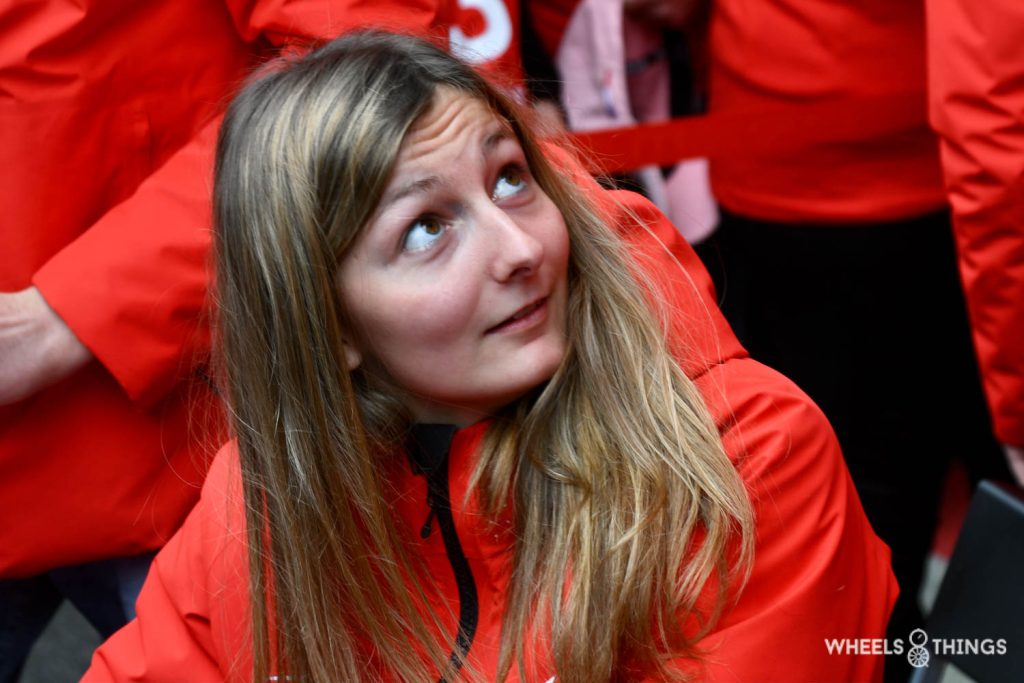
We start with perhaps the biggest female talent of the moment: Doriane Pin. This 19-year-old young lady made her track debut in the French Renault Clio Cup at the age of 16 and was in a Ferrari 488 Cup from Iron Lynx the very next year to take part in the Ferrari Challenge Europe. Last year she won this challenge at the age of 18 and also in Francorchamps she was in the all-female team that took the Gold Cup classification at the 24 Hours of Spa. This year she will take part in the LMP2 class with an Oreca of the Premat team. The gentlemen have been warned! Iron Lynx will field the Lamborghini LMDh in the WEC next year. Bet Pin will be at the wheel?
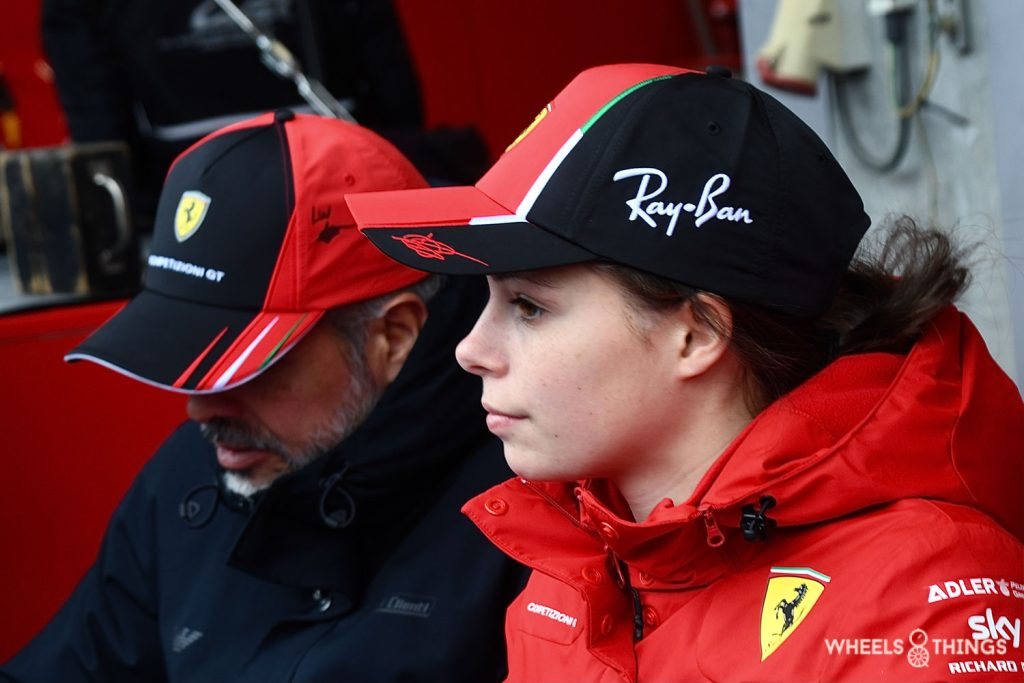
France has another top female talent with 21-year-old Lolou Wadoux. She made her debut in the French Renault Clio Cup after her karting days, just like Dorina Pin. This was soon followed by TCR touring cars and the Alpine A 110 Europa Cup where she finished second in the junior series. She had a highlight in 2021 in the Porsche Carrera Cup run in the supporting programme for the 24 Hours of Le Mans. On a still unknown circuit and on a car she was driving for the first time, she takes pole position and a dominant victory. So she was selected for a test with the Richard Mille team’s Oreca LMP2 and immediately got a contract for 2022. What a difficult year, though, with rally world champion Sebastien Ogier as one of her co-pilots. Ogier may be a fine rally driver but driving on a circuit with an LMP2 is not really his thing and after a somewhat chaotic Le Mans he throws in the towel. Wadoux, with her other co-pilot Charles Milesi, finished 12th in the final WEC standings. After the final race, she is offered the wheel of their GR010 by Toyota in the final season tests in Bahrain.

However, she remains pilot at the Richard Mille team and gets a contract as an official Ferrari pilot. Mille discontinues its LMP2 project and switches to GT with a Ferrari 488 GTE. With this, Wadoux will make history by winning at the WEC 6 Hours of Spa. This makes her the first female pilot to achieve a victory in the WEC. No doubt a name to remember and bet she will soon be at the wheel of a Ferrari Hypercar?
IRON DAMES
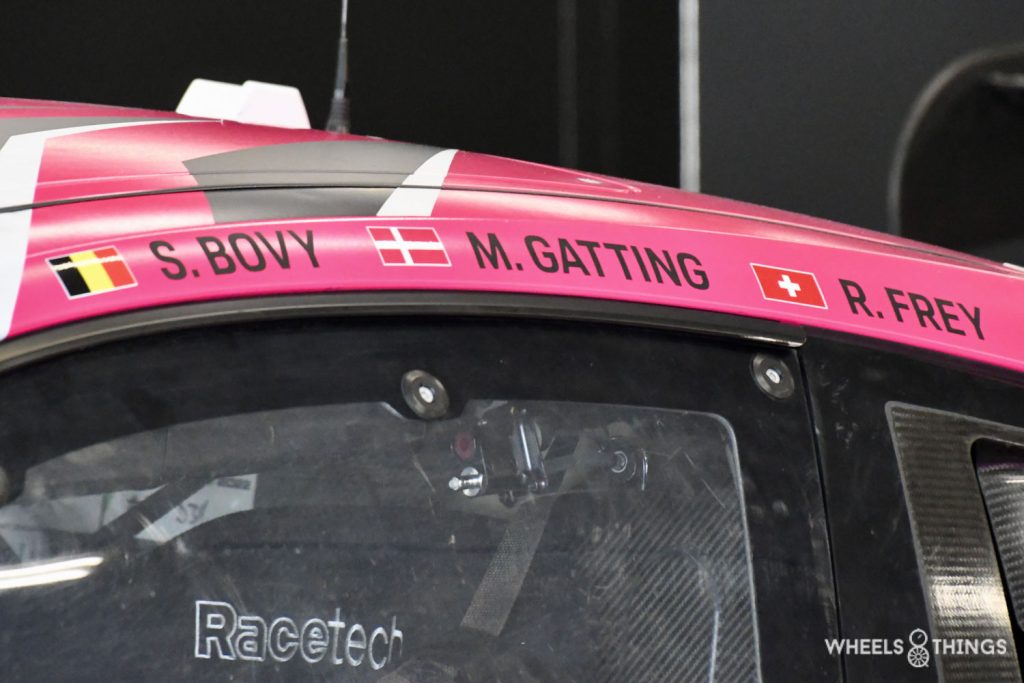
Besides Doriane Pin, there are three more Iron Ladies competing in the WEC with Sarah Bovy, Rahel Frey and Michelle Gatting. In the GTAM class, they participate with a pink ( rather appropriate ) Porsche 911 RSR. Belgium’s Bovy is one of the spearheads in this car. The ladies certainly stand their ground in these GT West competitions. In Sebring they achieved pole position and in Portimao they started from position two to finish third. Our compatriot Sara Bovy is the first female driver to achieve pole position in the European Le Mans Series and the WEC. This team also achieved the first all-female podium in the WEC.
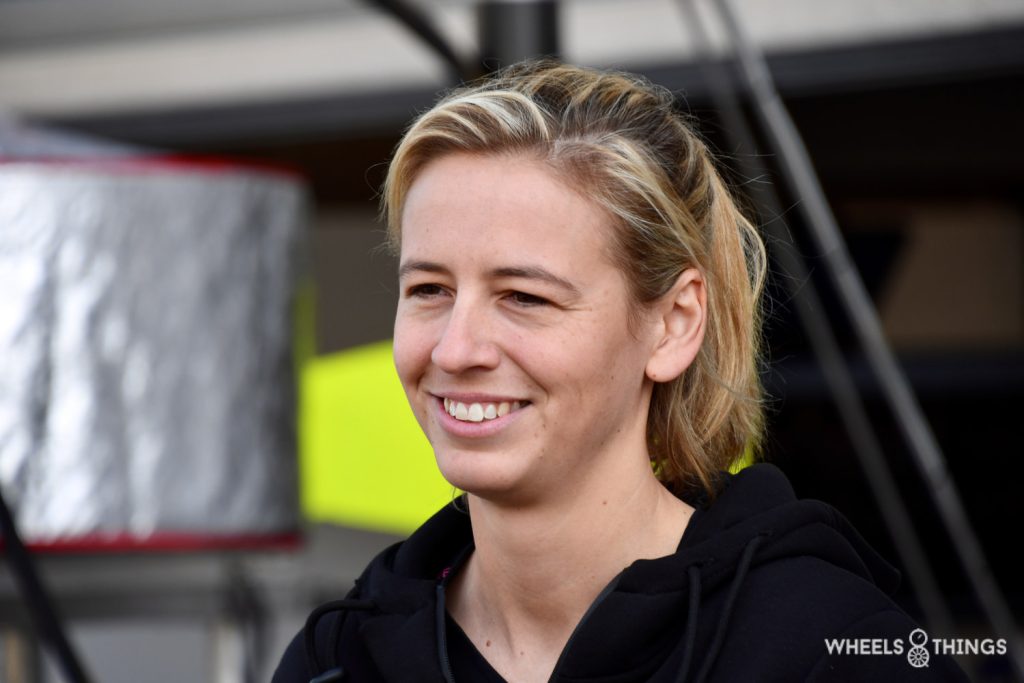
Naturally, the entire team management is also made up of women.
75 YEARS OF PORSCHE LE MANS
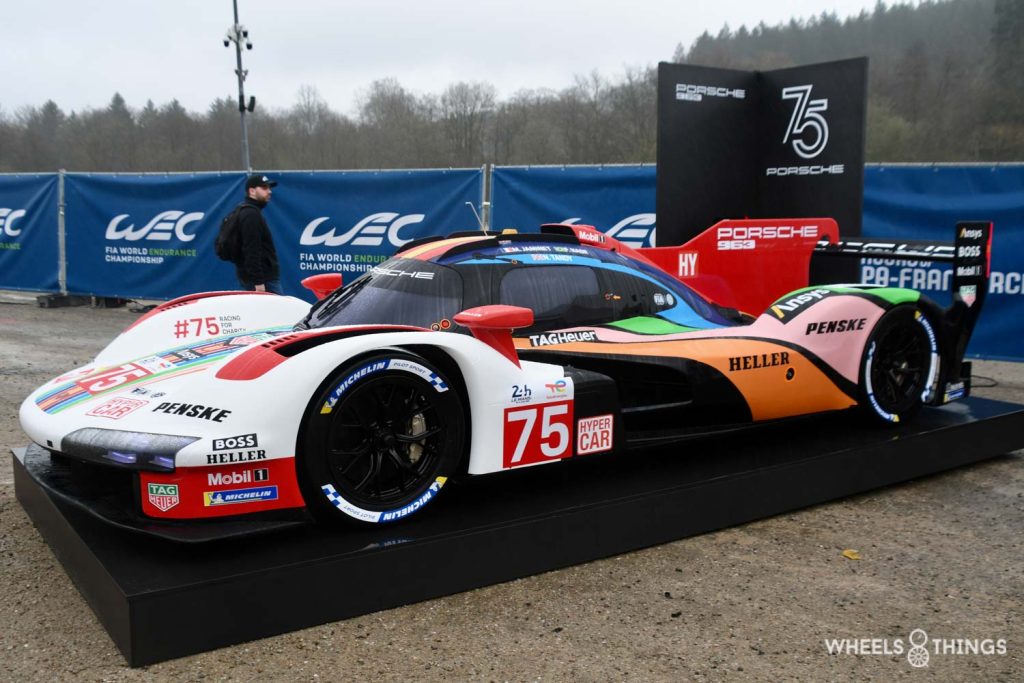
During the WEC weekend in Spa-Francorchamps, the special 24 Hours of Le Mans version of the Porsche 963 LMDh was also presented. All the participating Porches will compete once with this outfit to mark the 75th anniversary of the Stuttgart-based constructor.
TYRES
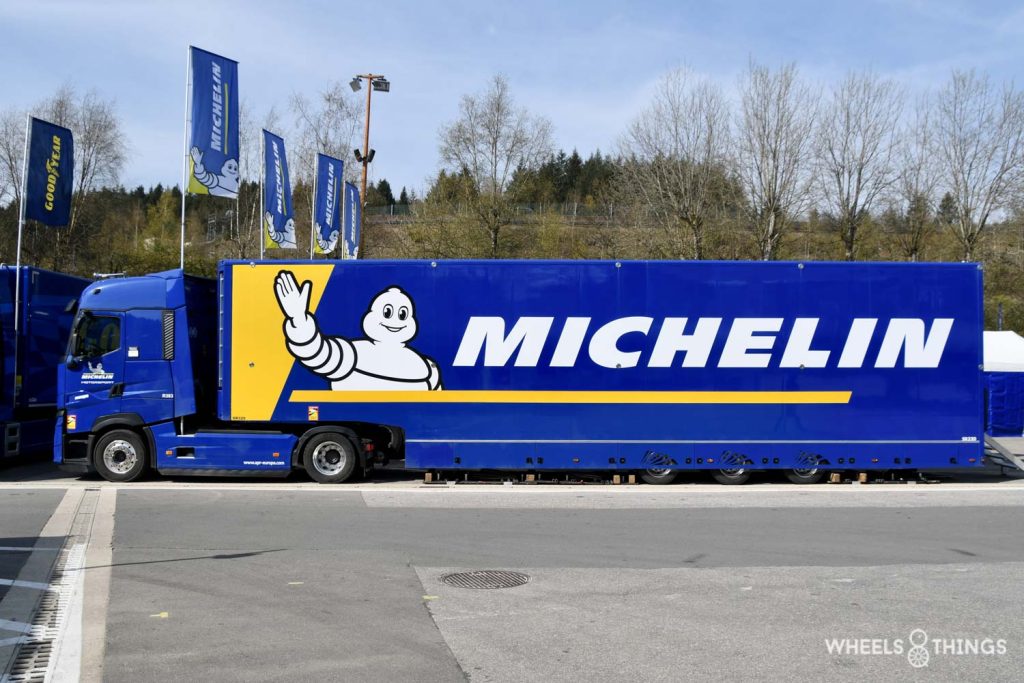
There are two tyre manufacturers attending the WEC. Michelin, also one of the championship’s main sponsors supplies, and this exclusively, the Hypercar and LMGT series.
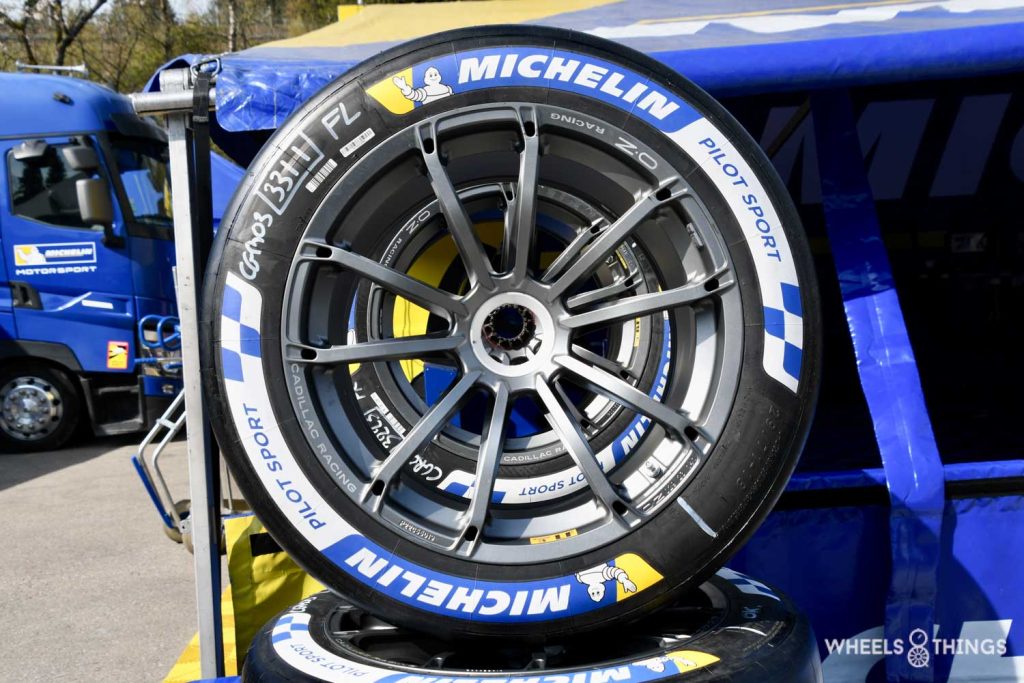
Fellow Goodyear does the same in the LMP2 class.
PARTICIPANTS
That the level of the WEC is high is proven by the list of participants. In the Hyper and LMP2 classes we find no less than 17 ex F1 drivers including, with Jacques Villeneuve, even an ex F1 world champion. There is also with the same Villeneuve an ex Indy 500 winner and with Sebastian Bourdais a multiple Indycar champion. Besides these F1 drivers, there are of course the proto and GT specialists. Of the latter, several have made the switch to the Hypercar series, and quite successfully so. In LMP2 and especially GTAM, we find a number of amateur drivers and even gentleman drivers. This mix sometimes makes it difficult because the PRO drivers also have to take into account the behaviour and the difference in speed of AM drivers during the many overtaking manoeuvres. But this is part of endurance racing and makes it special and spectacular.
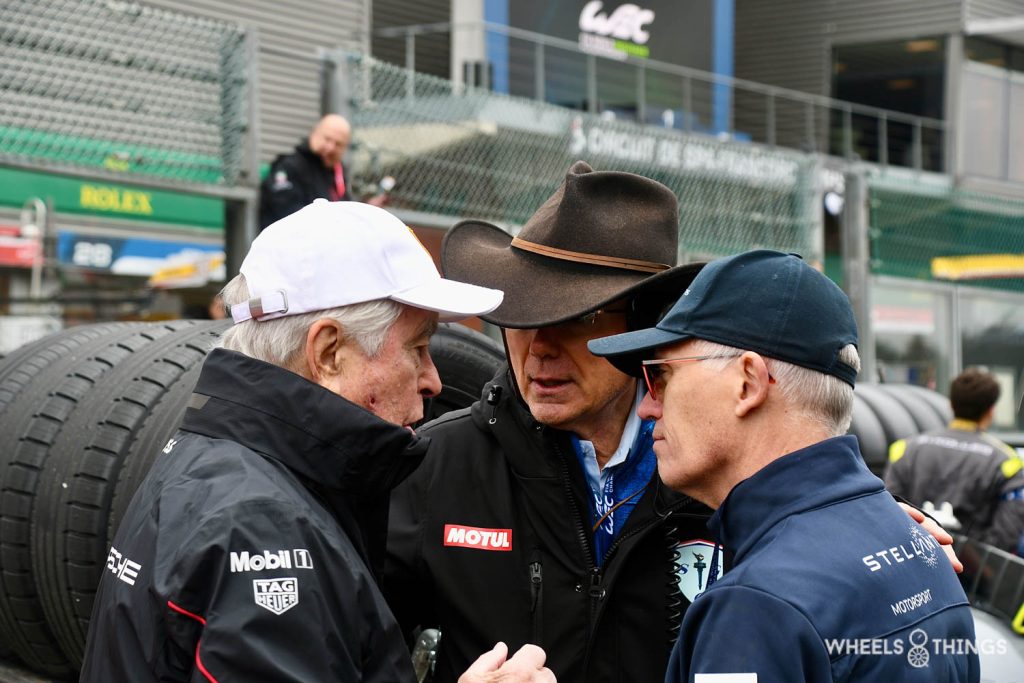
The presence of almost all big bosses and CEOs also underlines the importance of the WEC. Among others, we saw that Roger Penske ( Porsche ), Chip Ganassi ( Cadillac ), Carlos Tavares ( Peugeot/Stellantis ) and Linda Jackson ( Peugeot ) had made the trip to Spa.
TEAMSPORT
That the WEC and the 24 Hours of Le Mans are a real team sport is something you really experience after a weekend in the WEC. Unlike in F1, the car has to be tuned so that all three drivers feel comfortable in it and that everything suits their own driving style. The staffing of the teams is certainly a little less than in F1 but still certainly large enough. There is a specialist attending to every job and this ranges from team management, through the numerous engineers, mechanics, strategists, physiotherapists to catering.
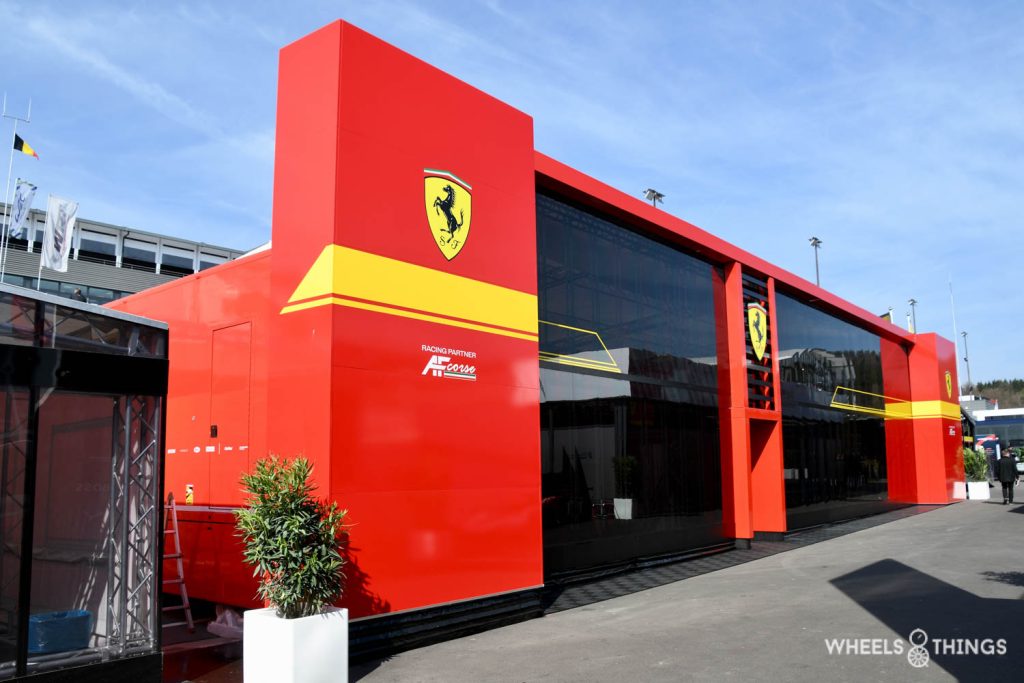
This catering is done in the beautiful motorhomes the teams have at their disposal. In Ferrari’s case, it may be a throwaway from the F1 team but it is impressive.
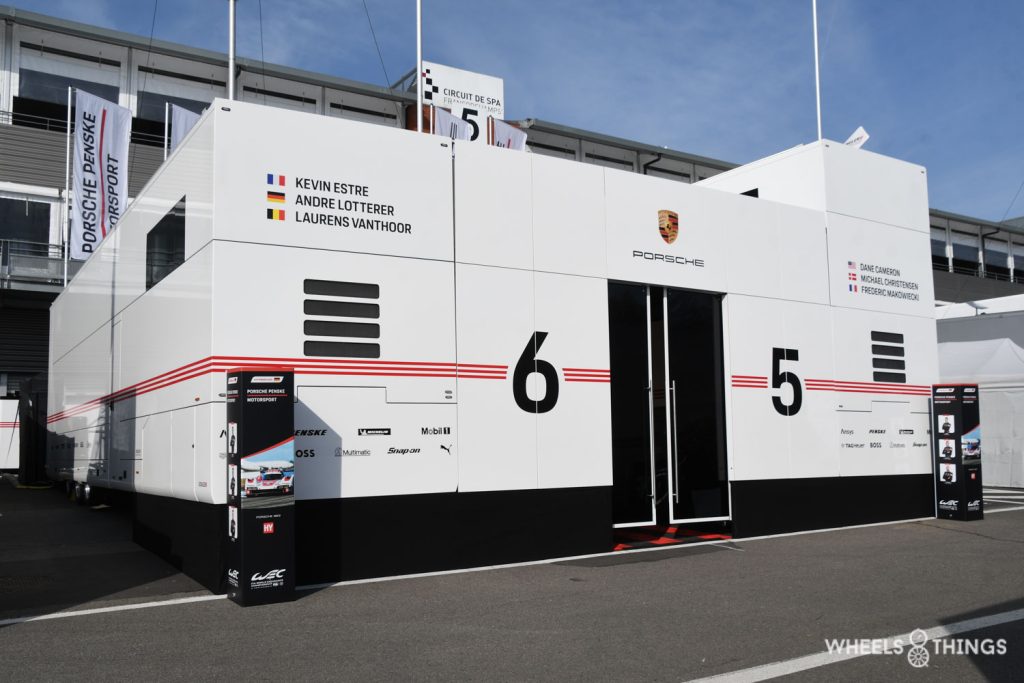
At Toyota, Porsche, Peugeot and Cadillac too, the hospitality was beautifully executed. The smaller teams do not have this luxury, but they work together like Glickenhaus and Project 1 in a much better infrastructure.
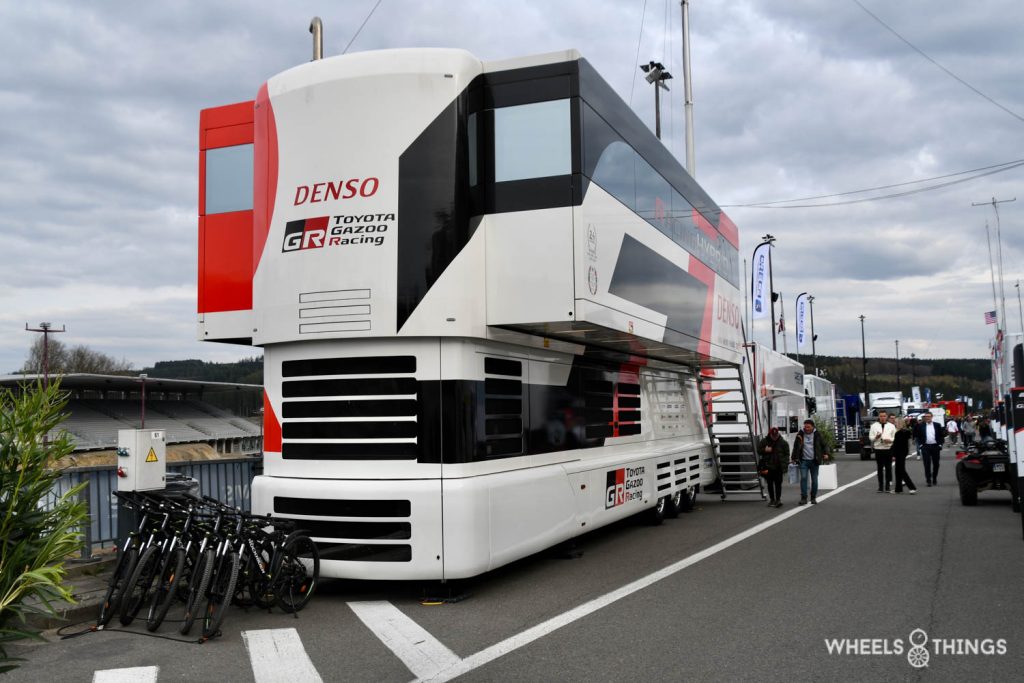
Besides the hospitality buildings, there are also the technical areas like this Toyota Gazoo Racing trailer that was specially built for the team’s technical crew.
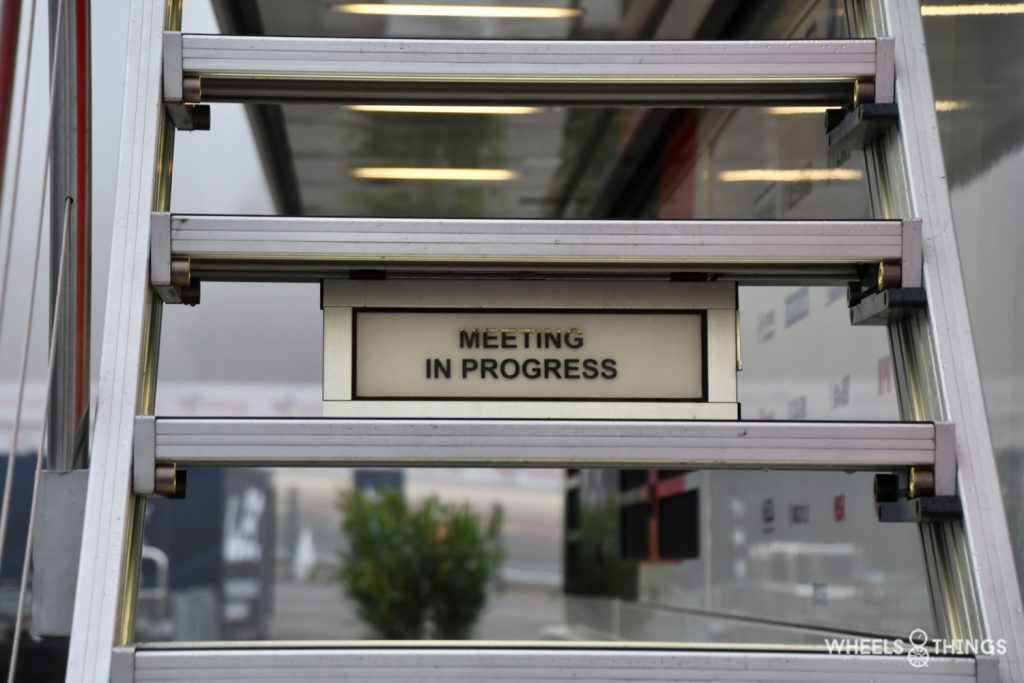
Almost all sections slide out or up so that team meetings can be held without difficulty.
CUSTOMER SERVICE
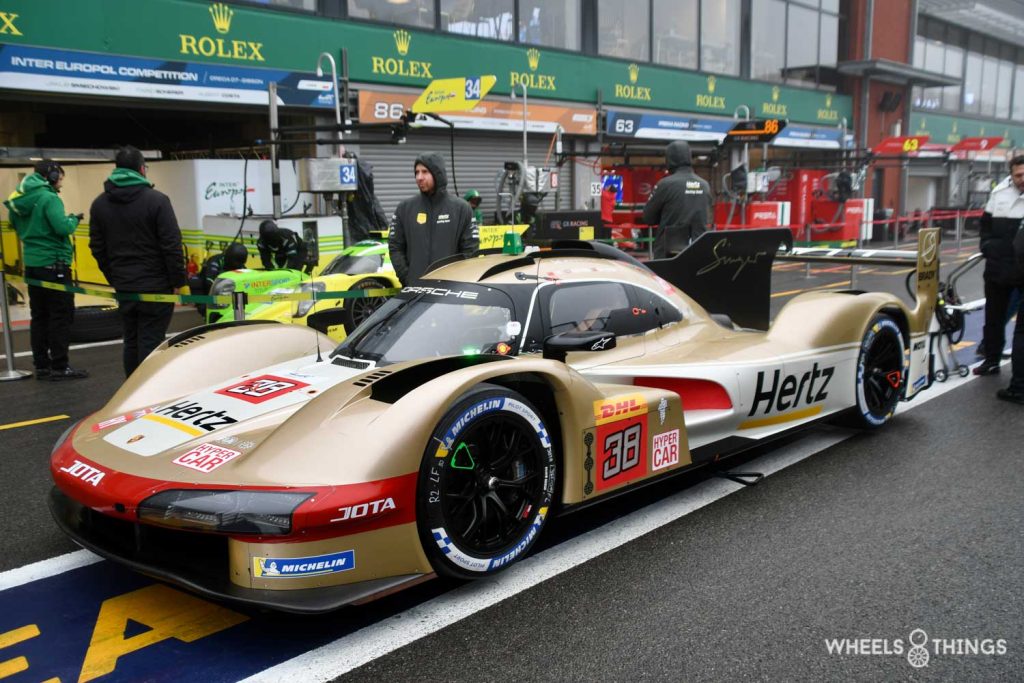
Constructors sell their cars to smaller private teams. At Spa, it was even the first time a private LMDh hybrid car participated in a WEC race. Jota, which until now had a two-strong LMP2 team, swapped one of its Oreca for a Porsche 963, making it the first customer team to have such a car. Porsche has since sold a few more and this for both IMSA and WEC races. In this case, a private team is assisted by an “after-sales service” of the brand. In this particular case, Porsche engineers are even on site for technical assistance.
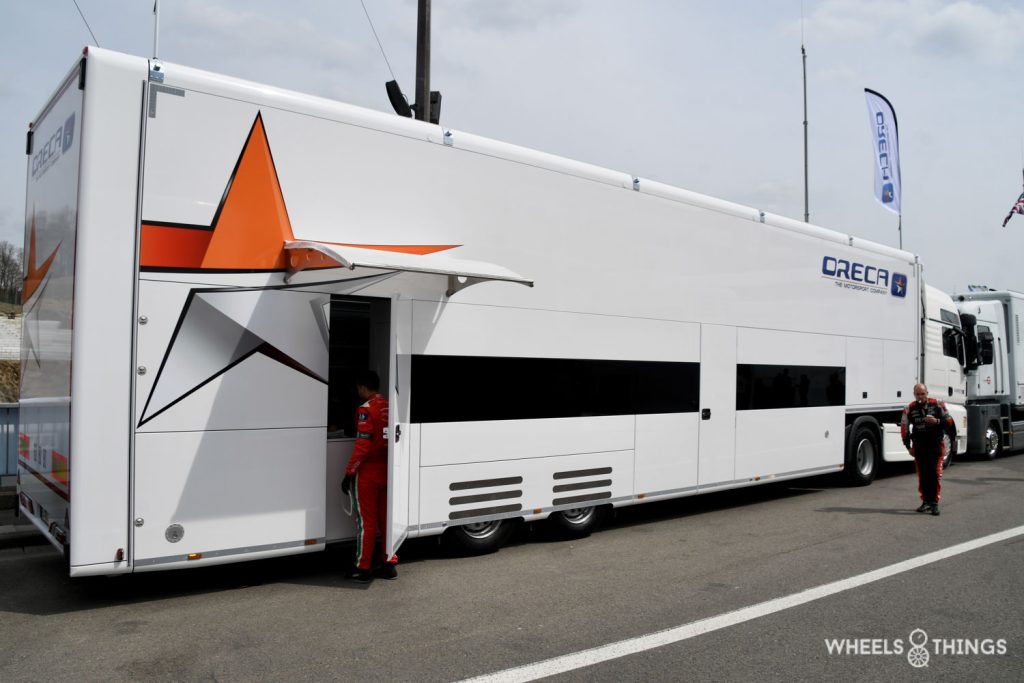
Besides this assistance, we also find several trailers in the paddock crammed with spare parts. Thus, at Oreca, we saw a mechanic from Premat ring the doorbell.
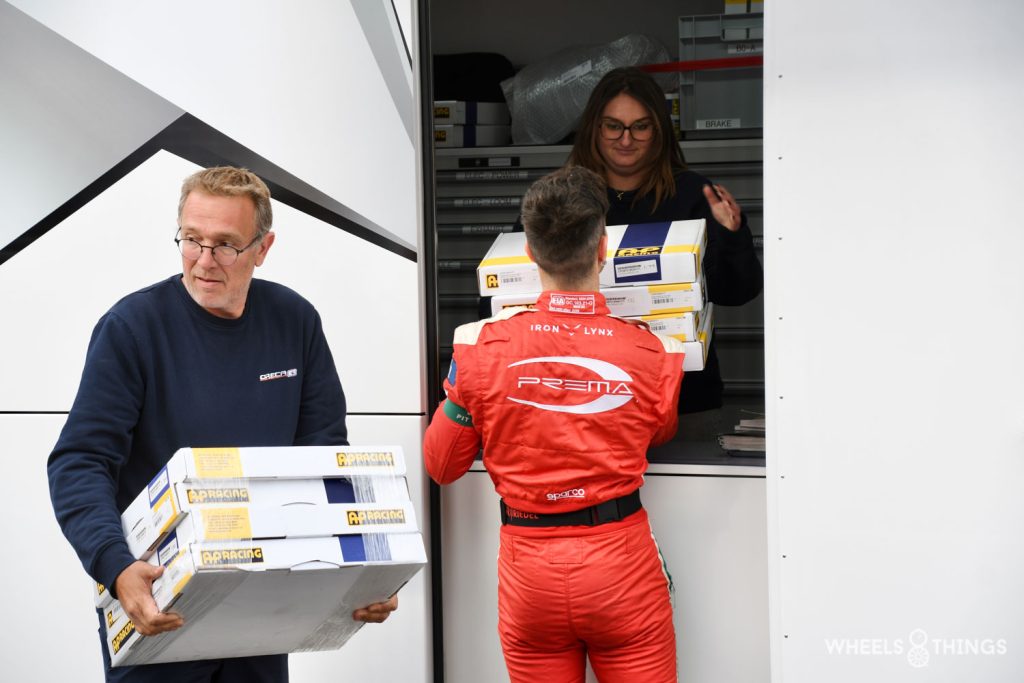
Shortly afterwards, the door opened and he received his parts after signing the order form.
LIGHTING
Every car competing in the WEC is of course equipped with the latest and most sophisticated laser lights available today. The lights we use in our cars today were developed many years ago for use during the night hours in the 24 Hours of Le Mans.
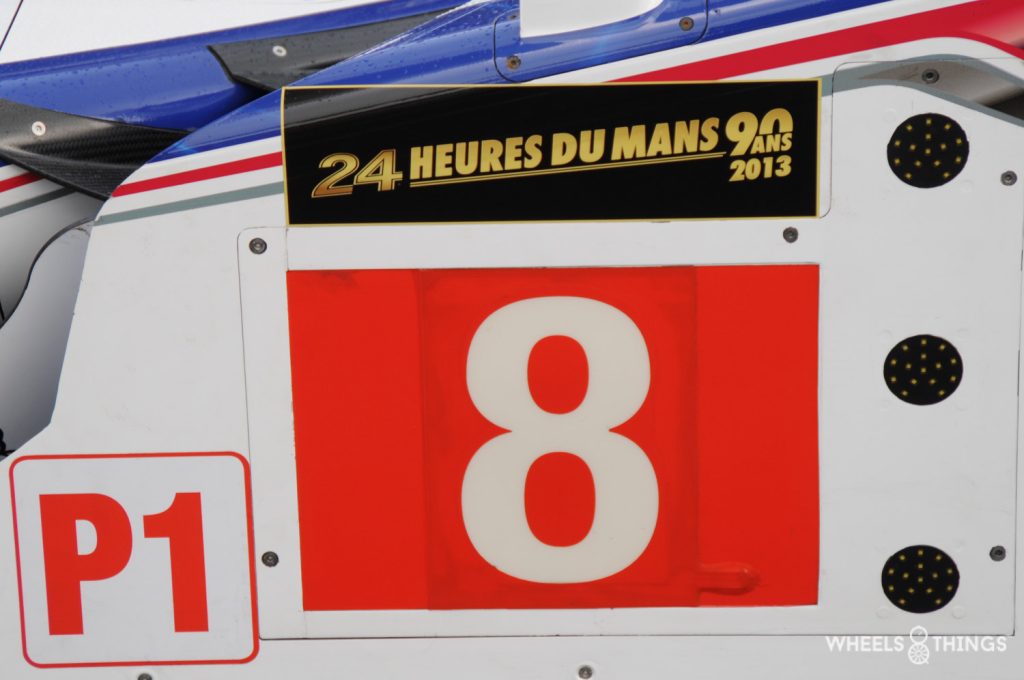
But we actually want to take a closer look at two other systems. Each car is fitted with three red lights on each side. These indicate “live” the position of the first three in each class. This allows spectators along the track to clearly see who is fighting for victory and in what position. Today, with the internet and associated live streaming or even TV app, perhaps slightly less necessary but 20 years ago this was very useful. There is track speaker commentary but it is often drowned out by the sound of the engines.
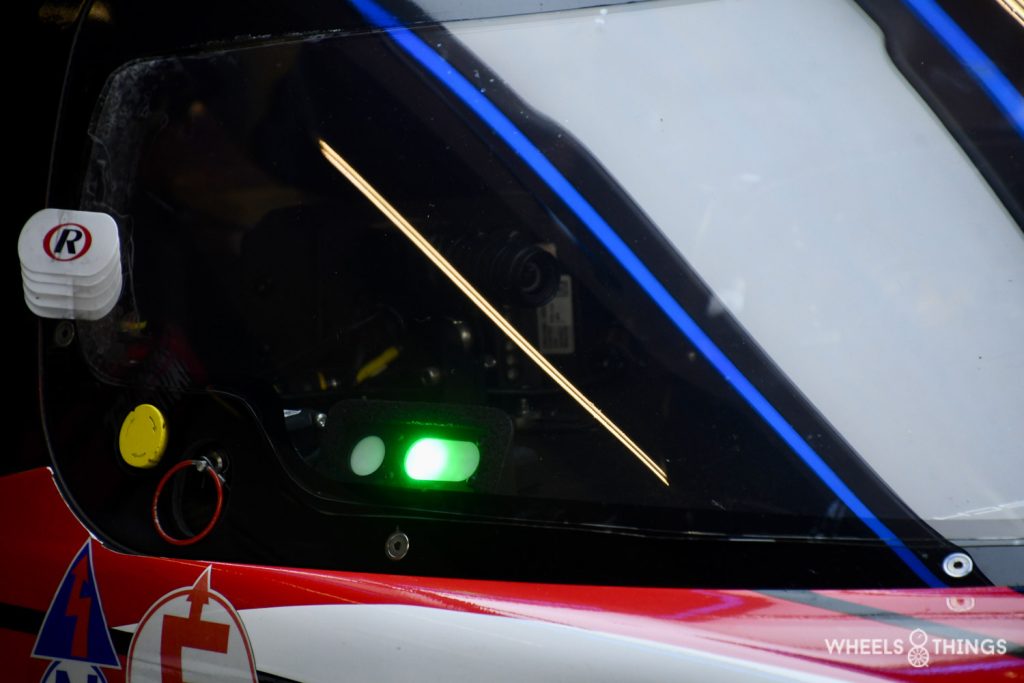
The cars equipped with a hybrid system ( high voltage ) have to indicate whether they are safe to work on. There is a red light that reports that the car is not safe and a green one that stands for safe. This is very important for possible interventions by the track posts in case of a possible accident or technical breakdown. Last year at Spa, the race even had to be stopped because a Toyota was stationary next to the track with the red light on. A team from Toyota had to go and disconnect the high voltage at the car on the spot.
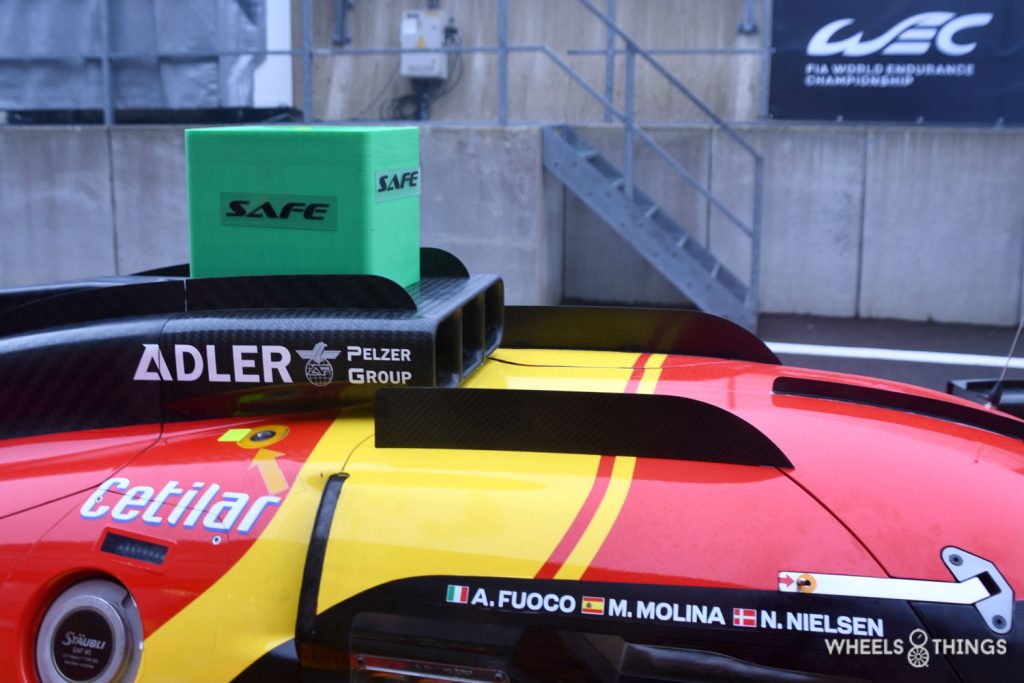
If the car is not running, this should also be clearly visible. At Ferrari, they use a green block placed on the car.
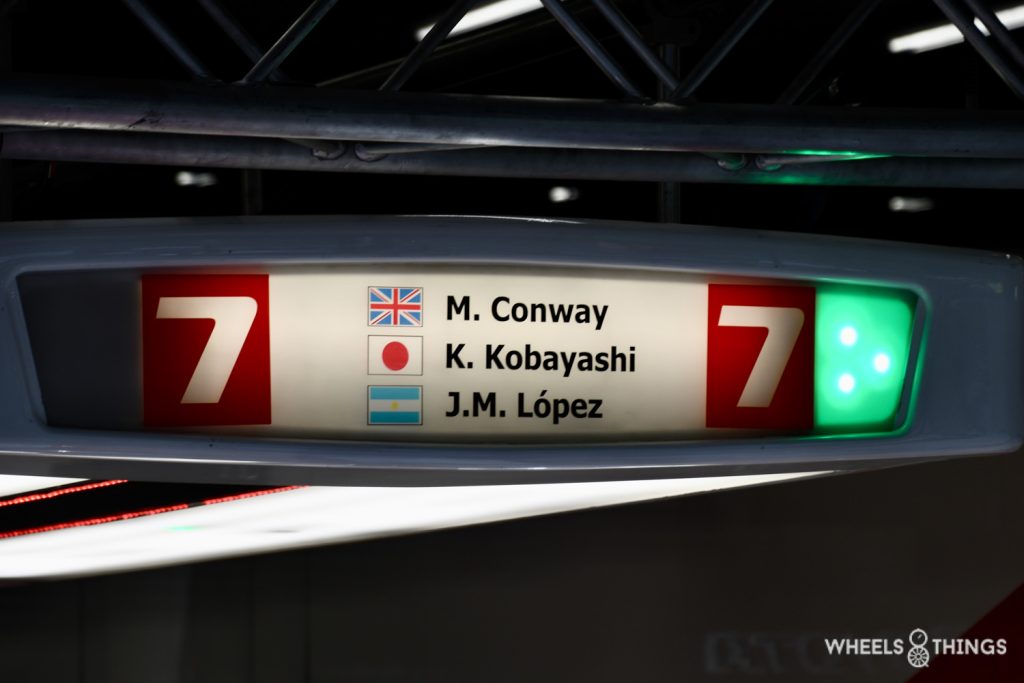
Toyota goes a little further and uses the light box inside the box to indicate this.
TV COVERAGE
The WEC is a world championship and of course that includes TV coverage. Multiple channels such as Eurosport, Fox Sports, Motortrend, Motorsport.tv, tv ashia, RTL7, RTL Nitro and our French-speaking neighbours RTBF will either bring live coverage or summaries of the races. This reaches 506 million viewers. France leads, followed by Germany and Spain in the ranking of most viewers. The WEC is also attending on all social media. All races can also be followed via their website via live timing. And there is also the possibility to follow everything live ( qualifications and races ) via their App ( cost 39.90 euros per year ) and this advertising-free. Definitely something to think about!!! All previous matches can also be re-watched.

The commentary is provided in English by old hands like Martin Haven who has Anthony Davidson sitting next to him in the cab as a consultant. And such a pilot with F1/LMP1/LP2 experience is a very big plus in this context. The interviews in the pit, in turn, are provided by Louise Beckett. French-language coverage is also provided.
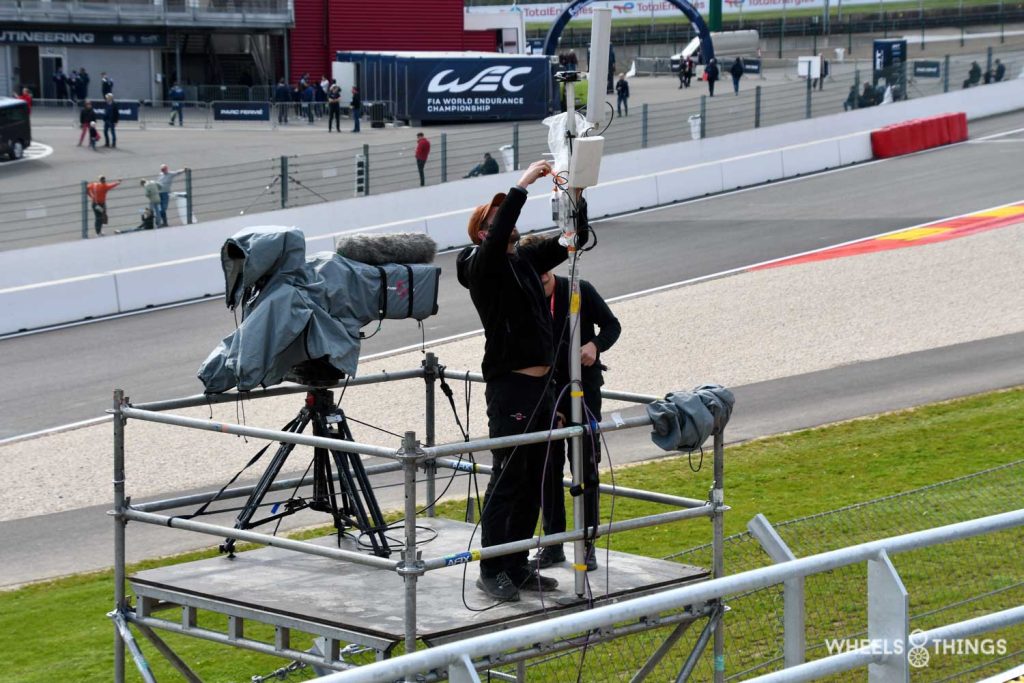
There is a TV camera at every corner of the circuit. Behind the fence or on a specially provided stand.

At the end of the Kemmel straight at Combes corner there is even a crane on which a camera is mounted. In turn, a helicopter provides aerial footage.
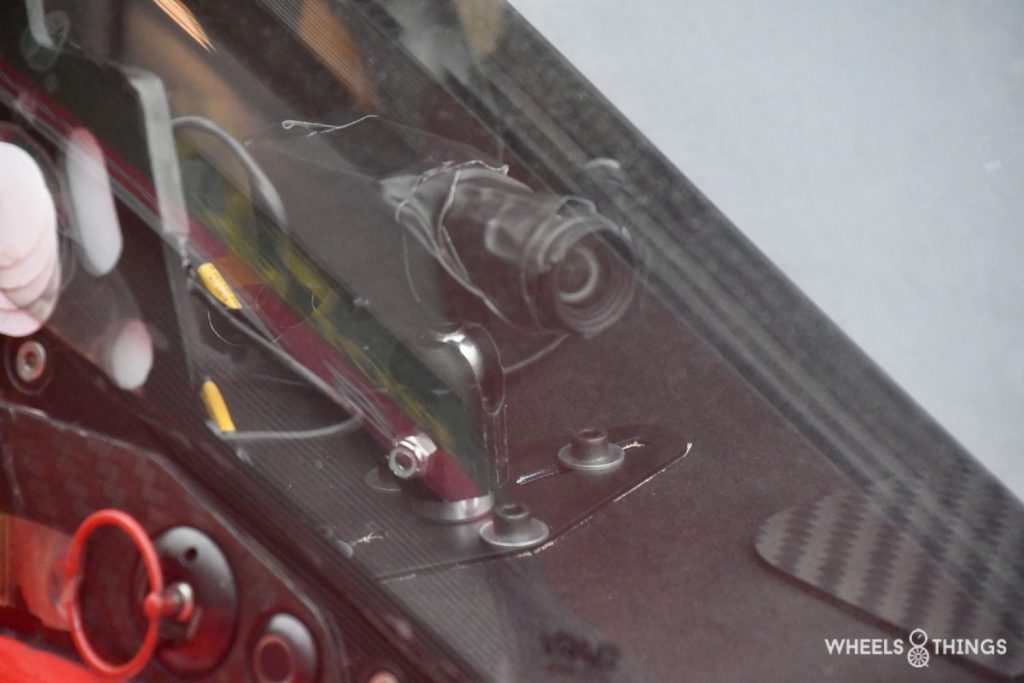
Each car is also equipped with one or more cameras. This both in the cockpit and on the outside. Almost every important moment is captured by one or more cameras. Also, as in F1, conversations between the pilots and teams can be heard. Fans who cannot be attending on site may be able to follow from their seats even better than on the circuit itself. Without the atmosphere, of course.
FANS
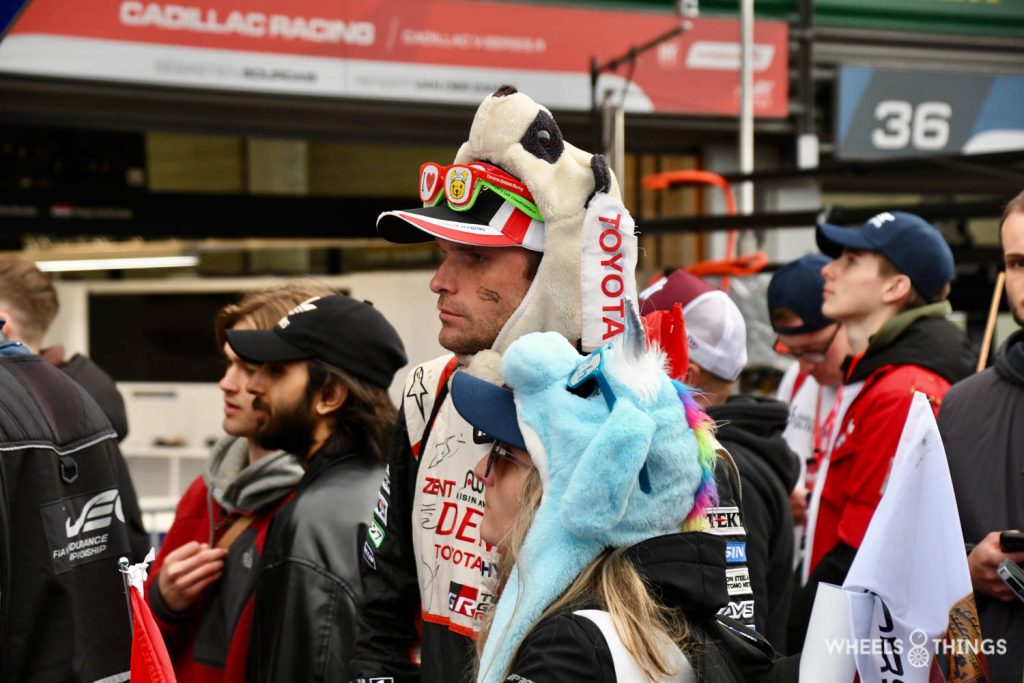
These fans are important for any sport or entertainment and they were very numerous at Spa. Among them was a Toyota Gazoo “superfan”. A young man, fully dressed in a Toyota outfit including a kind of bear hat, whom we have come across several times. Even in TV broadcasts of e.g. the 24 hours of Le Mans, the cameras often pick him out of the audience. Every time a Toyota passes he waves his red flag and this time he was even accompanied by a girlfriend wearing an equally special hat. Nice to see.
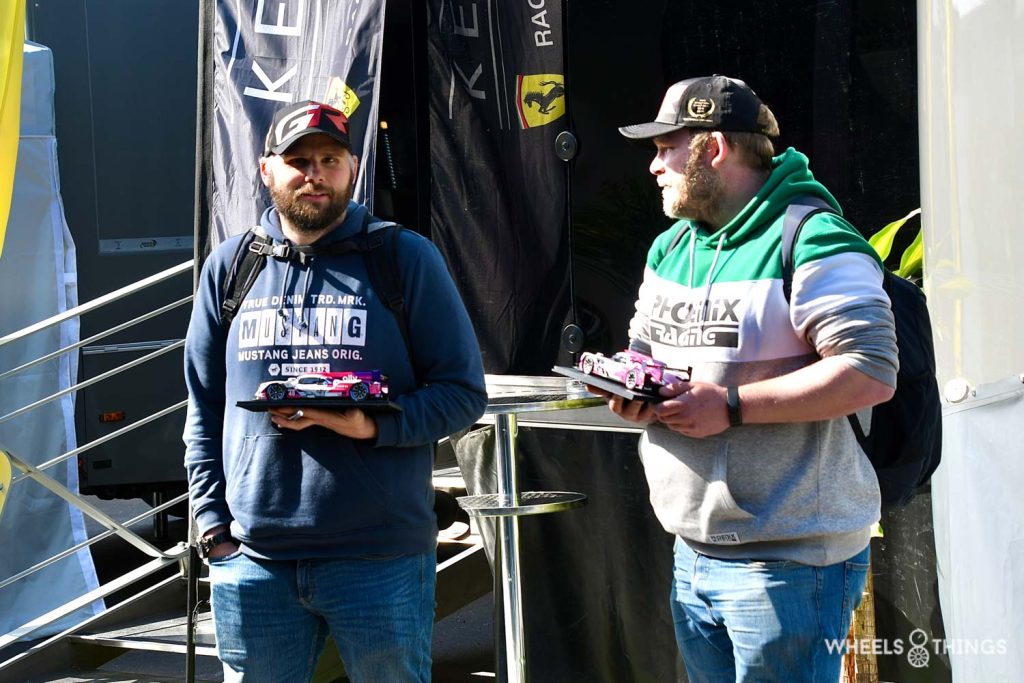
Other spectators then take their favourite miniature to have it signed by the pilot. So we saw these two gentlemen standing in front of the Toyota hospitality waiting for Brendon Hartley.
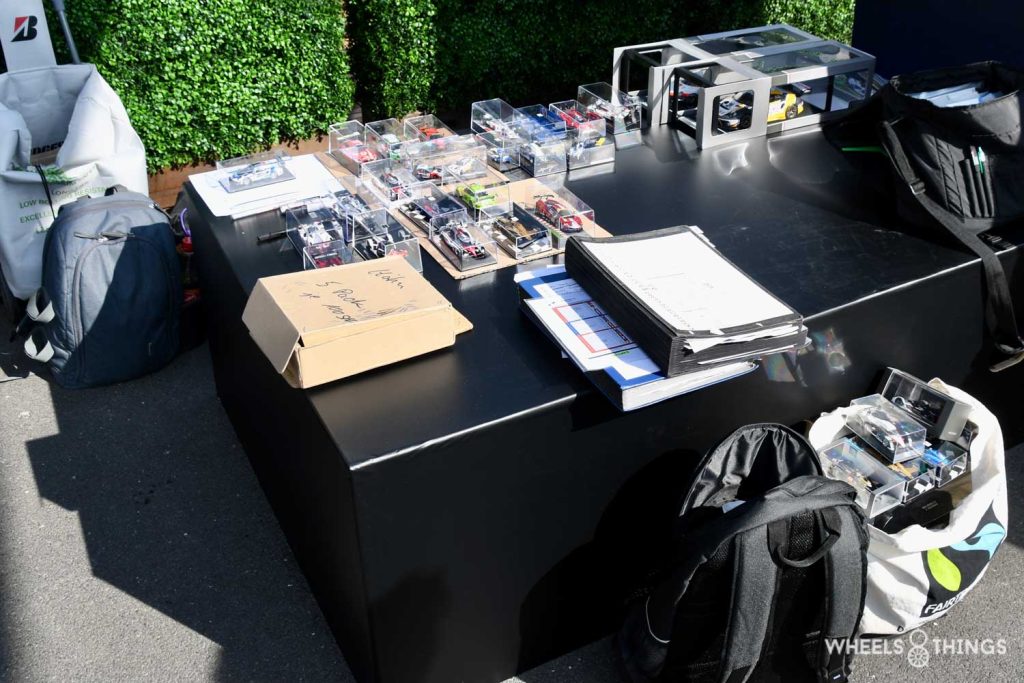
One of them, in turn, had brought along a large part of his collection of miniatures and photos for him to sign. Talk about passion!
72,244 spectators had descended on the WEC Spa weekend. Immediately a new record but this was completely in line with expectations. They were treated to a very nice spectacle with beautiful cars, exciting duels, rain and dry conditions and the necessary crashes that unfortunately also belong to it.
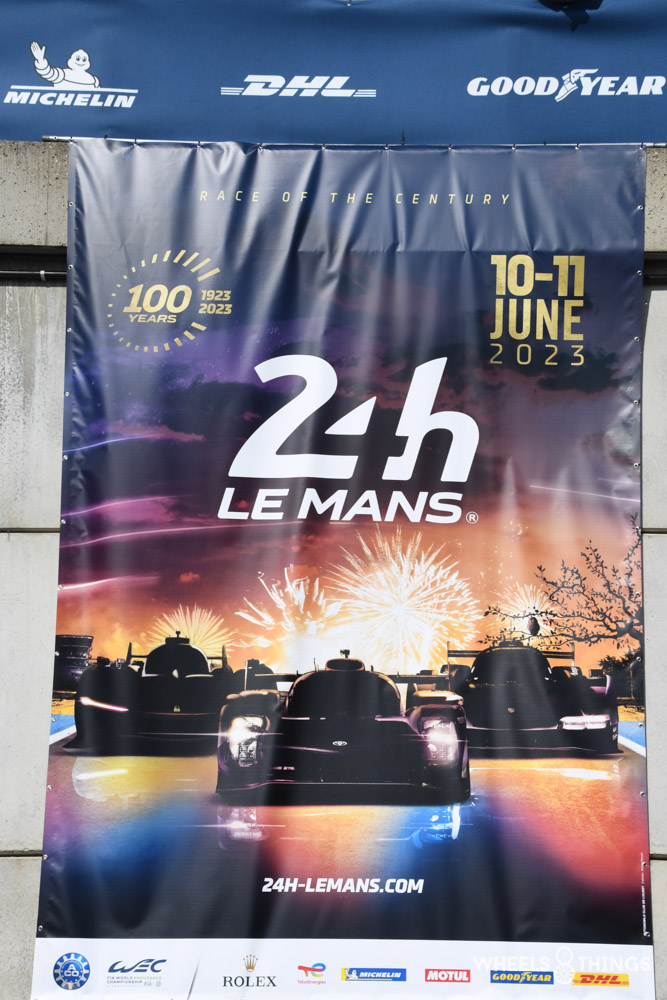
The new “golden era” of the WEC and the 24 Hours of Le Mans has started and, after the first races in Sebring and Portimao, is picking up speed. And you can be sure that a new piece of history in the WEC and Le Mans is being written here. And the heralded “golden” era could well become a “Platinum” era. Be sure to attend because at highlights in history, you just have to belong.
We hope you enjoyed this first introduction to the WEC and more will follow soon with the Spa race and the centenary celebrations of the 24 Hours of Le Mans.
